Let me start by saying that a couple of years ago I owned an ASUS Zenfone 8. I was dreaming of a tiny smartphone, and the only thing on the market to choose from was the iPhone Mini, and the last decent little Android was the Samsung Galaxy S10. Since then, I’ve fallen in love with these tiny smartphones from ASUS and was more than happy to review this year’s ASUS Zenfone 10.

I still don’t understand the phenomenon of the lack of small smartphones on the market. After all, this is what people want! Among my friends, everyone wants to have either giants like the ASUS ROG Phone or Samsung Galaxy S22/S23 Ultra, or small, comfortable smartphones. And while the former are in abundance on the market, the situation with compact phones is much worse – manufacturers are not too eager to produce these types of devices. Thank God we have ASUS, which is not afraid to provide consumers with what they need.
Read also: ASUS ROG Strix Scar 16 G634J laptop review: harder, better, faster, stronger
ASUS Zenfone 10 specifications
- Display: 5.92″ Super AMOLED, 2400×1080, 20:9 aspect ratio, 144Hz refresh rate (only in some games), 800 nits (HBM), 1100 nits (max), HDR10+, Corning Gorilla Glass Victus
Processor: Qualcomm Snapdragon 8 gen 2 (1×3.2 GHz, X3 + 4×2.8 GHz, A71 + 3×2.0 GHz, A51) - Video card: Adreno 740
- Memory: 8/128, 8/256, 16/256/512 GB UFS 4.0
- Battery: 4300 mAh, 30W fast charging, 15W wireless charging, 5W reverse charging
- Rear camera: 50MP main camera, f/1.9, OIS gimbal; 13MP ultra-wide-angle module, f/2.2
- Front camera: 32 megapixels, f/2.5
- Data transmission: GSM/HSPA/LTE/5G; NFC; Wi-Fi 802.11 a/b/g/n/ac/6e/7, tri-band, Wi-Fi Direct; Bluetooth 5.3, A2DP, LE, aptX HD, aptX Adaptive; GPS, GLONASS, Beidou, Galileo, QZSS, NavIC
- Operating system: Android 13
- Dimensions and weight: 147×68×9 mm, 172 g
Package contents
For comparison, I will occasionally mention my Zenfone 8, which I have already sold. Back to the box – with ASUS Zenfone 10, we invariably get a 30W charging adapter, a USB-C to USB-C cable, a plastic but still elegant case, a needle to eject the SIM card slot, a quick start guide, and that’s it.
 What the case looks like:
What the case looks like:
ASUS sent us an additional case with military-standard protection and a matte six-layer Rhinoshield screen protector.
A nice and, moreover, elegant gesture. But even without these “extra frills”, the phone is very well protected in almost all respects.
Positioning and memory versions
The closest competitors to Zenfone 10 are Xiaomi 13 and Samsung Galaxy S23. Out of all of them, Zenfone 10 will still be the smallest (at least at first glance, since ASUS is a few millimetres taller than Samsung). When I pick it up, it feels like I’m picking up a small tamagotchi from my childhood, an incredibly pleasant feeling!

Do you remember when the Zenfone 8 came with a Flip version with a rotating camera along with the “mini” version? ASUS no longer produces models with such a solution, only compact ones remain, but I will tell you that I have heard people involved in production praise how successful the Flip versions were.
As for the memory versions, Zenfone 10 comes in 8/128, 8/256 and 16/512 GB versions with UFS 4.0 memory type. In my opinion, 16 GB of RAM is unlikely to be useful to anyone, because what’s the point of having so much cache (I tested the 16/512 GB version) when, for example, services such as YouTube cannot stay in the background for more than 30 minutes (by eye). And the fact is that this is not the fault of ASUS or any other smartphone manufacturer (the same thing happens with every phone I’ve had), it’s just that Google is stubbornly following the Meta path and doesn’t care about optimising its applications.
In general, I believe that 8 GB is more than enough for today’s technological realities, but I also understand ASUS and its Zenfone 10, as I have heard many times that smartphones with less than 12 GB of RAM are not flagship devices, and this year’s top ten is considered to be just that.
Read also: ASUS ROG STRIX SCAR 17 G733PY-LL020X gaming laptop review
Design
As I’ve already hinted, ASUS Zenfone 10 is a treat for my eyes and hands. Small, elegant, with the right shape and proportions. At one time, the Zenfone 9 (which looks like a 10) was criticised by some for its huge cameras, while I consider them a distinctive feature of the series that adds an interesting touch to the design of the device. This year’s model has also not forgotten another highlight of its predecessor – the elegant inscription on the back of the phone.
Colours are another thing that I will personally praise the small ASUS smartphones for. Zenfone 10 is available in the following colours: Starry Blue, Midnight Black, Aurora Green, Eclipse Red, Comet White. As you can see, this year the green colour made its debut, and my favourite red colour changed its shade slightly. And it’s worth mentioning here that the backs of Zenfone 9 were worn off quite quickly, which was noticeable on the red version, so ASUS has worked on the durability of materials and this year the situation promises to be completely different.
 At first, I thought I got the darkest version of Zenfone 10 – black, but when I unpacked it, I found that it was not monochrome, the back panel has an interesting uneven texture that can be compared to a black beach in Iceland. And the red arrows, the elegant ASUS Zenfone inscription and the logo in the lower right corner – no doubt, it all looks premium!
At first, I thought I got the darkest version of Zenfone 10 – black, but when I unpacked it, I found that it was not monochrome, the back panel has an interesting uneven texture that can be compared to a black beach in Iceland. And the red arrows, the elegant ASUS Zenfone inscription and the logo in the lower right corner – no doubt, it all looks premium!
As for the materials of the ASUS Zenfone 10 case, it has aluminium bezels, a plastic back panel (which personally does not bother me, since the quality is really high) and Corning Gorilla Glass Victus on the front panel.
What are the bezels around the display like? I’ll answer that they are almost symmetrical and a little thicker than someone might like, but I didn’t feel any discomfort and didn’t notice it even after the first launch, so I think it’s normal.
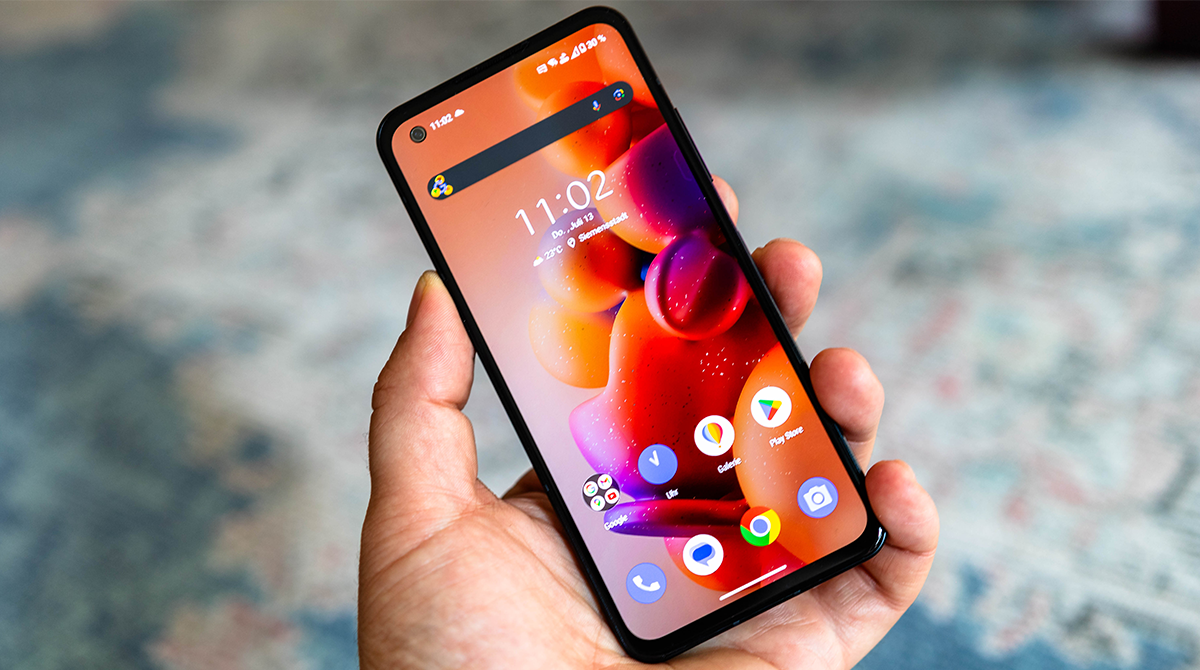 And what do we have on the edges? I’ll start at the top, it’s 2023 and ASUS is not afraid to pamper us with a 3.5 mm jack on its flagship – a huge respect – next to which we find one of the microphones. At the bottom is a SIM card slot (Dual Nano-SIM, dual stand-by), another microphone, USB-C (2.0 standard, which looks old-fashioned for 2023) and speakers. On the right side, on the other hand, there are volume buttons and, I’ll write it in capital letters, a MULTIFUNCTIONAL power button with the proprietary ZenTouch functionality.
And what do we have on the edges? I’ll start at the top, it’s 2023 and ASUS is not afraid to pamper us with a 3.5 mm jack on its flagship – a huge respect – next to which we find one of the microphones. At the bottom is a SIM card slot (Dual Nano-SIM, dual stand-by), another microphone, USB-C (2.0 standard, which looks old-fashioned for 2023) and speakers. On the right side, on the other hand, there are volume buttons and, I’ll write it in capital letters, a MULTIFUNCTIONAL power button with the proprietary ZenTouch functionality.
Ladies and gentlemen, the ASUS Zenfone 10 has what I dream of in every smartphone – a fingerprint scanner in the power button. Does it work well? It works well, you press the button and your phone is already unlocked, isn’t that great? And we’ll talk about the ZenTouch features themselves a little later.

I have only one minor criticism (not for perfectionists) – the volume buttons wobble too much. And when I say “too much”, I mean that I can’t remember any other smartphone where the volume button was so loose (I don’t even know what word to use here), it has a lot of play in relation to the fit to the body. Maybe it’s a problem with my copy, since I haven’t seen anyone point this out in other reviews, but I think this is the kind of thing that can drive some people crazy.
Read also: ASUS 4G-AX56 Review: a high-quality LTE router
ASUS Zenfone 10 display
The diagonal of Zenfone 10 is only 5.92″. Is it noticeable? Yes and no. When multitasking, it is noticeable that it is not a brick, like the largest smartphones on the market, and in everyday use, the display size is very pleasant and does not cause any discomfort.
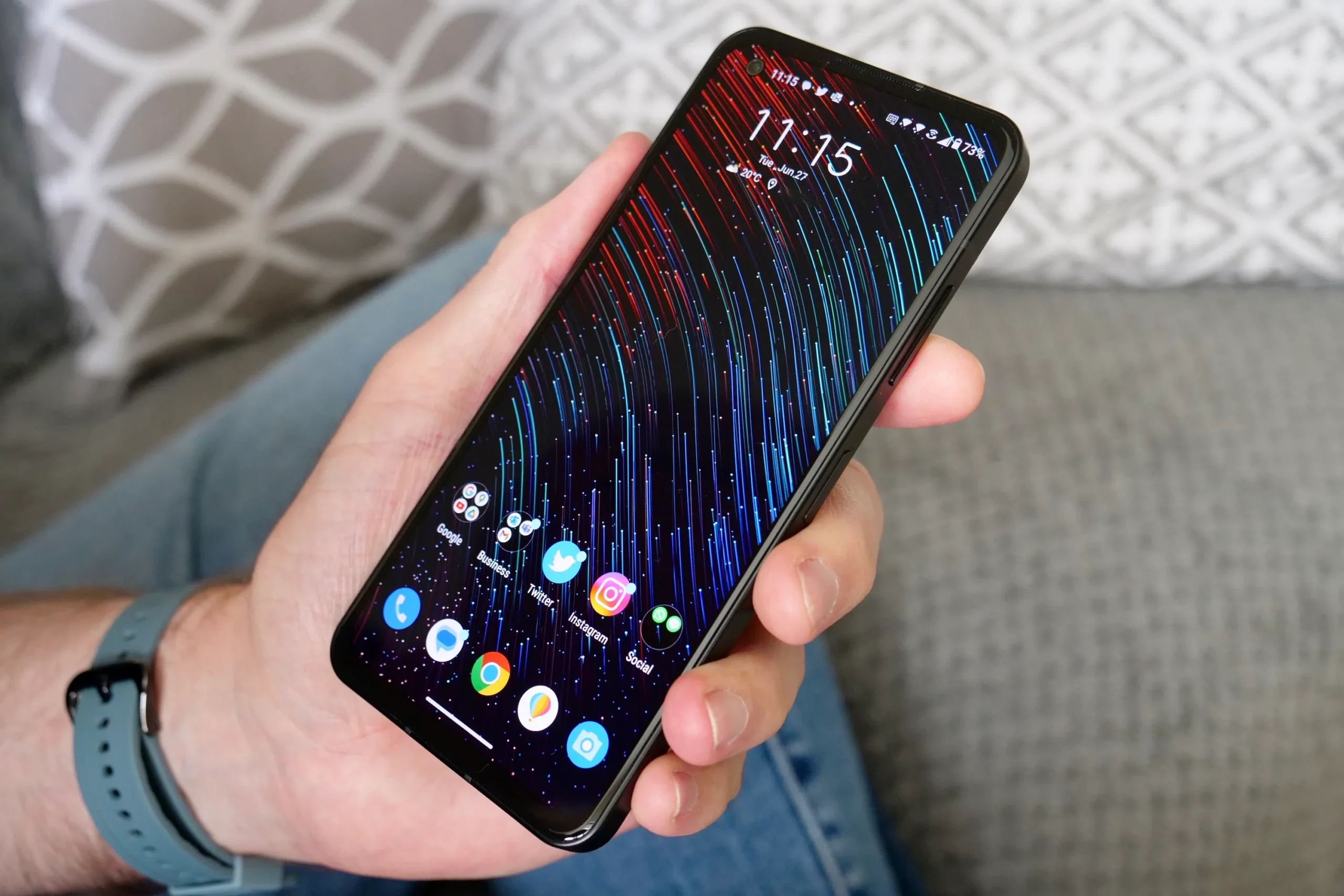

Here we are dealing with a Super AMOLED with a resolution of 2400×1080 pixels, an aspect ratio of 20:9 and a refresh rate of 144 Hz, but only in compatible games, while in everyday life we will experience a maximum of 120 Hz. The brightness is 800 nits (HBM), and the peak brightness is 1100 nits. There is also support for HDR10+.
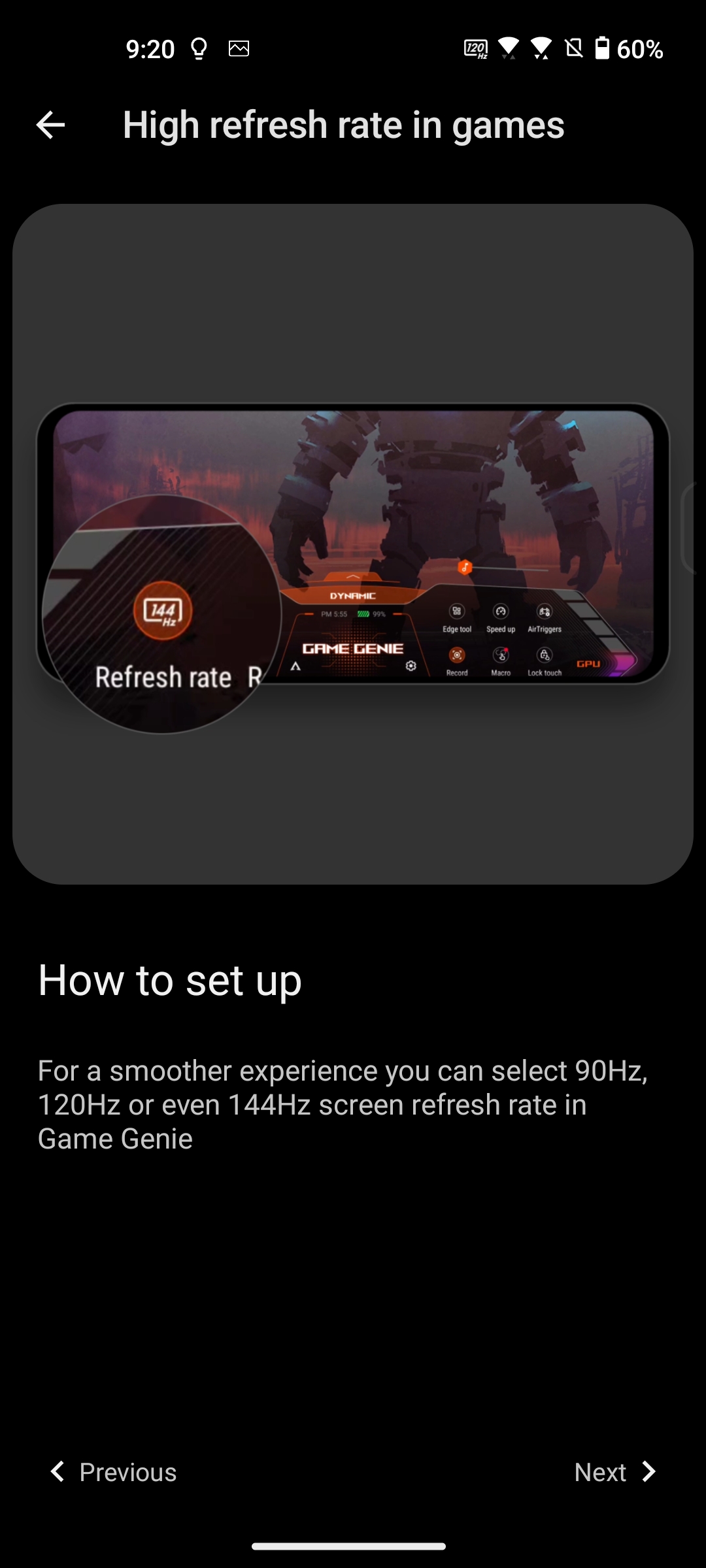
Looking beyond the specs, the Zenfone 10’s display reproduces colours very nicely, a huge leap from the Zenfone 8, which can even appear pale. I also didn’t find anything to complain about when looking at the screen from any angle.
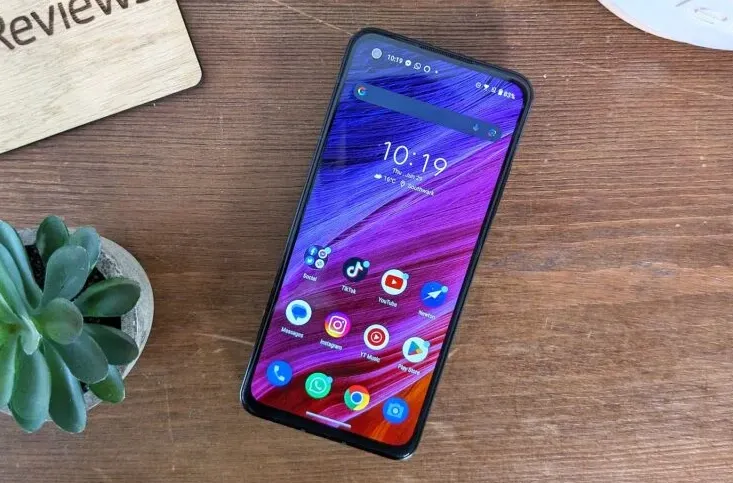 What’s in the sun? In the really scorching sun, as expected (as with any smartphone, by the way), we will not see everything, but even here I cannot talk about any excessive discomfort. It is clear that this baby is trying, it is doing its best so that we can use it comfortably.
What’s in the sun? In the really scorching sun, as expected (as with any smartphone, by the way), we will not see everything, but even here I cannot talk about any excessive discomfort. It is clear that this baby is trying, it is doing its best so that we can use it comfortably.
I liked that you can change a lot of things in the display. There is a huge selection of colour presets, extensive eye protection features, including DC-dimming, which is becoming increasingly rare from other manufacturers, as well as customisation of the UI colour palette, which was very limited on Zenfone 8 even after updating to the latest version of Android.
Of course, the Zenfone 10 also has AOD, and its customisation in terms of styles, watch faces, colours or display is also up to scratch.
The only thing that may upset some people is the promised 144 Hz, which de facto works only in some games. Although, believe me, 120 Hz is more than enough for Zenfone 10.
Read also: ASUS ROG Cetra True Wireless Review: Gaming TWS Headphones
Processor, performance and software
The Snapdragon 8 gen 2 processor – needless to say, Qualcomm hasn’t had such a successful chip in a long time. It also proved its effectiveness in the ASUS Zenfone 10, a phone that, due to its size, requires its heart to be cool and energy efficient.
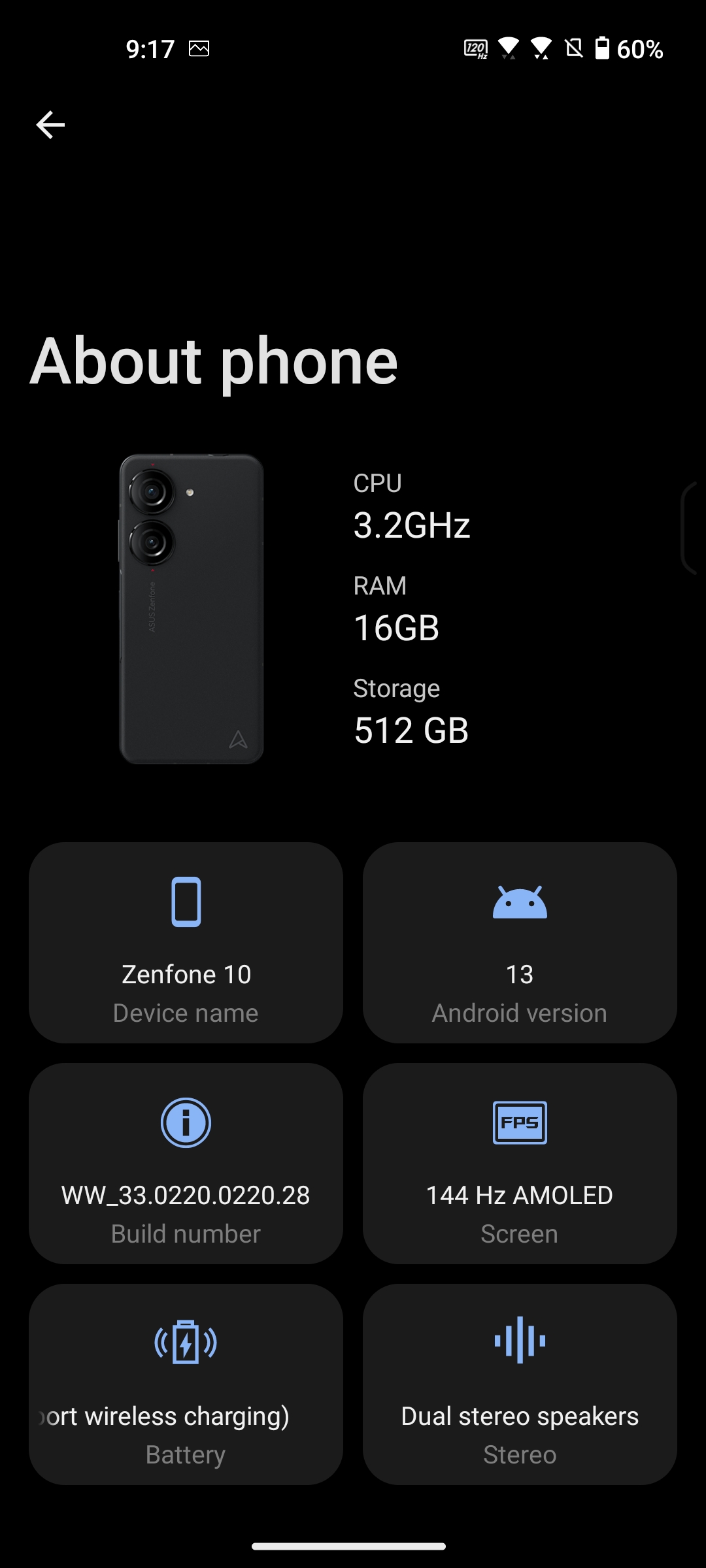
I will say this, the processor in this smartphone has never let me down, no matter what I do. And looking ahead, Zenfone 10 has always remained relatively cool, even during long games. There was only one moment when it got so hot that I was afraid something would happen to it.

This happened after a long time with the CPU throttling test enabled. In the screenshot below, you can see that I had to stop the test after 18 minutes (I usually leave it on for half an hour) when a few minutes before that, the phone dropped sharply in performance and became hot as a frying pan with scrambled eggs.
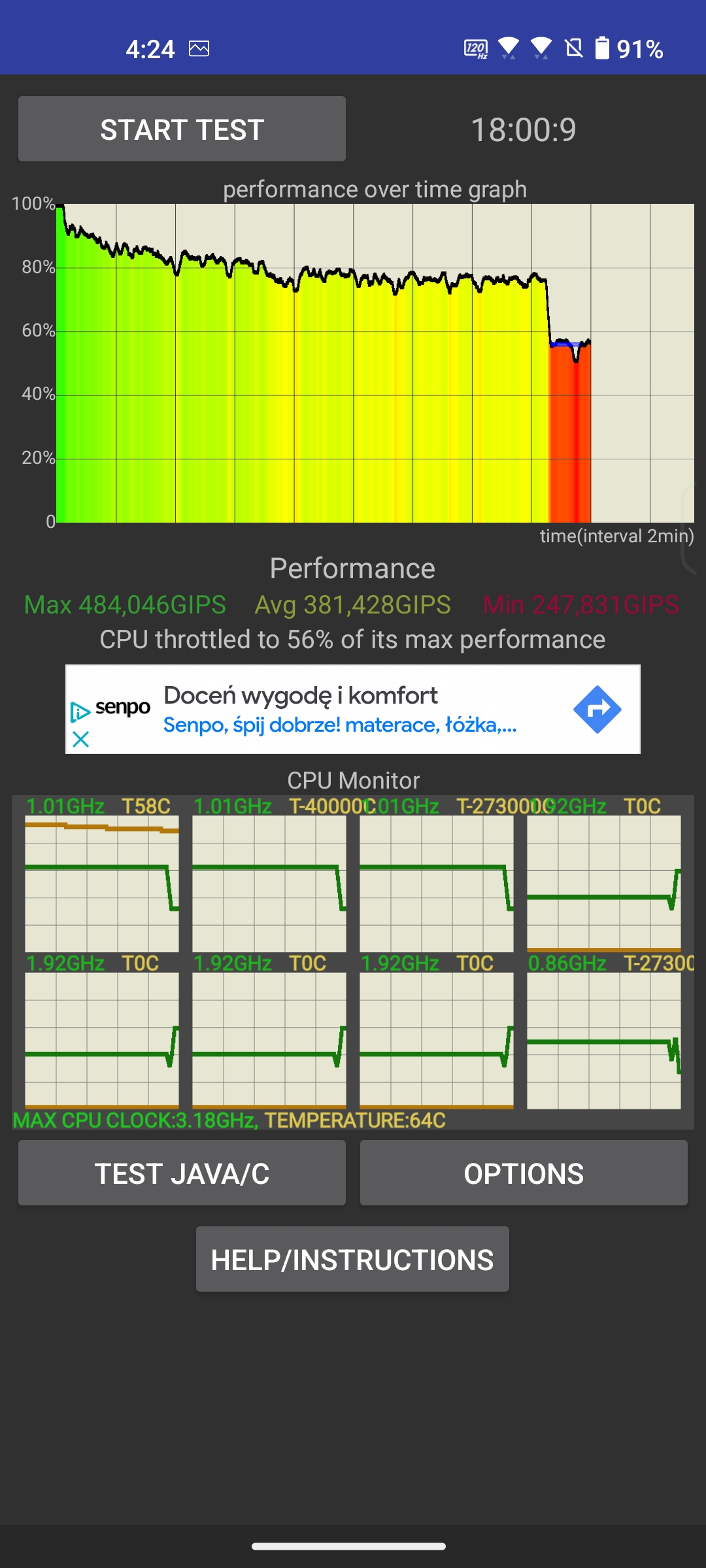 After that, I didn’t dare run any more synthetic tests, but I don’t think they are needed. Zenfone 10 is incredibly smooth and fast. Of course, we’re dealing with almost pure Android with proprietary add-ons from ASUS, but in terms of smoothness and speed, it can easily compete with at least the Pixel. Hey, Xiaomi, Samsung and other BBKs, learn from ASUS what smoothness and speed are!
After that, I didn’t dare run any more synthetic tests, but I don’t think they are needed. Zenfone 10 is incredibly smooth and fast. Of course, we’re dealing with almost pure Android with proprietary add-ons from ASUS, but in terms of smoothness and speed, it can easily compete with at least the Pixel. Hey, Xiaomi, Samsung and other BBKs, learn from ASUS what smoothness and speed are!
By the way, when you first set up Zenfone 10 and later in the settings (if you change your mind or want to try something else), the manufacturer offers a choice of two design options for interface elements – a la stock Android and ASUS’s proprietary design. I tried both options on the Zenfone 8, and I must admit that the company knows a lot about interfaces.
And now I have a very difficult task ahead of me, because there are so many interface features that I can describe them for hours, and I’m afraid of missing something. I’ll probably start with the so-called Edge tool, a floating navigation bar on the edge that allows you to quickly access selected apps or phone functions.
By the way, the old-school Zenfone 8 also got it with the next update. As for the tool itself, you can find something similar on Samsung, Motorola, Xiaomi, etc. – a very useful solution. I liked the minimalism with which this feature was implemented in the latest ASUS Zenfone 10. And the choice of options.
All Zenphones, including the top ten, also have a special powerful tool for managing audio – AudioWizard. A useful thing for audiophiles and a nice addition to the 3.5 mm jack.
Various gestures are also available, both more standard and familiar from other smartphones (for example, the screen lights up when you pick up the device) and those that are rarely seen (double or triple tapping on the back of the phone to take a screenshot or other actions).
With Zenfone 10, we also have optimisation tools like Mobile Manager and Game Genie, and I really like the look and feel of the latter.
And, of course, the main highlight is the Smart key or, as it is also called, ZenTouch. Remember I mentioned that the power button in ASUS Zenfone 10 has an interesting functionality (by the way, Zenfone 8 didn’t have such a button)? So, with the help of the Smart Key, you can assign different actions to double-click, hold or swipe the button.
In the screenshots, you will see what actions are available, and I will draw your attention to the two most interesting ones. This is the ability to scroll the page in the browser or minimise the top notification bar by swiping up/down on the power button. I actually sat and played with this gesture for about 3 minutes.
Read also: Motorola Edge 40 review: the one that’s “top for its money”
ASUS Zenfone 10 cameras
The Zenfone 10 invariably has two rear cameras and a single selfie camera in the upper left corner of the display (I really like this arrangement on the front, as the centrally located camera seems to get in the way more when consuming content).
Let’s start with the rear cameras, the main one with a resolution of 50 megapixels and the wide-angle one with 13 megapixels. Two things are striking – the difference in colour between the images taken with different lenses and the problems with sharp up-close photos of objects. And, of course, the detail – with both lenses, you can see that this is not a top-of-the-line camera.
Here are a few examples:
On the right is a regular lens, on the left is a wide-angle lens:
When it comes to night photography, we see an even bigger difference between the prime and ultra-wide-angle lenses (example below).
On the other hand, I’ve noticed that the main camera copes quite well with such conditions even without the night mode enabled. But not always, sometimes we get blurry photos, as in the photo below (night mode on the right):
Main sensor, night mode on the right:
Wide-angle sensor, night mode on the right:
Of course, you shouldn’t count on a decent zoom either, as 8x digital is all this year’s Zenfone 10 is capable of.
Video can be shot at a maximum resolution of 4K@60 frames per second, with the so-called Hyper Steady mode, or super stabilisation, being worth noting. Thanks to this six-axis stabilisation, the recordings are really high-quality, but there is one small caveat – it can only be used at 1080p@30fps.
In Full HD mode, you can switch between lenses, but sometimes there is noticeable jitter during this process. I also noticed that the Zenfone 10’s cameras have trouble focusing when switching from close-ups to close-ups during video recording.
The selfie camera (32 megapixels) can darken images (mostly faces) if you don’t tap on the shooting area first to sharpen it.
One of the things I really liked was the camera interface. Firstly, it has a minimalist style and laconic design of elements, and secondly, it offers a huge number of tips both before, during and after shooting a photo or video (for example, a message that a photo or video may be blurry because your hands are shaking).
Read also: OPPO Reno10 Pro 5G review: Renome of a worthy smartphone
Battery life
The ASUS Zenfone 10 is a world away from the Zenfone 8. And while there are no drastic changes in terms of battery capacity – 4300 mAh versus 4000 mAh, and the charging speed is still 30W – in terms of endurance, the Zenfone 10 does an amazing job. I had it for up to 2 days, and I didn’t limit myself too much in terms of usage.
In addition, Zenfone 10 has 15W wireless charging and 5W reverse charging (wired!). As for the 30W wired charging, you can charge the battery to about 30% in 15 minutes, 50% in less than half an hour and 100% in just over an hour. This is enough for me. Zenfone 10 charges very quickly, although I understand that nowadays we are used to charging with a power of more than 90 watts.
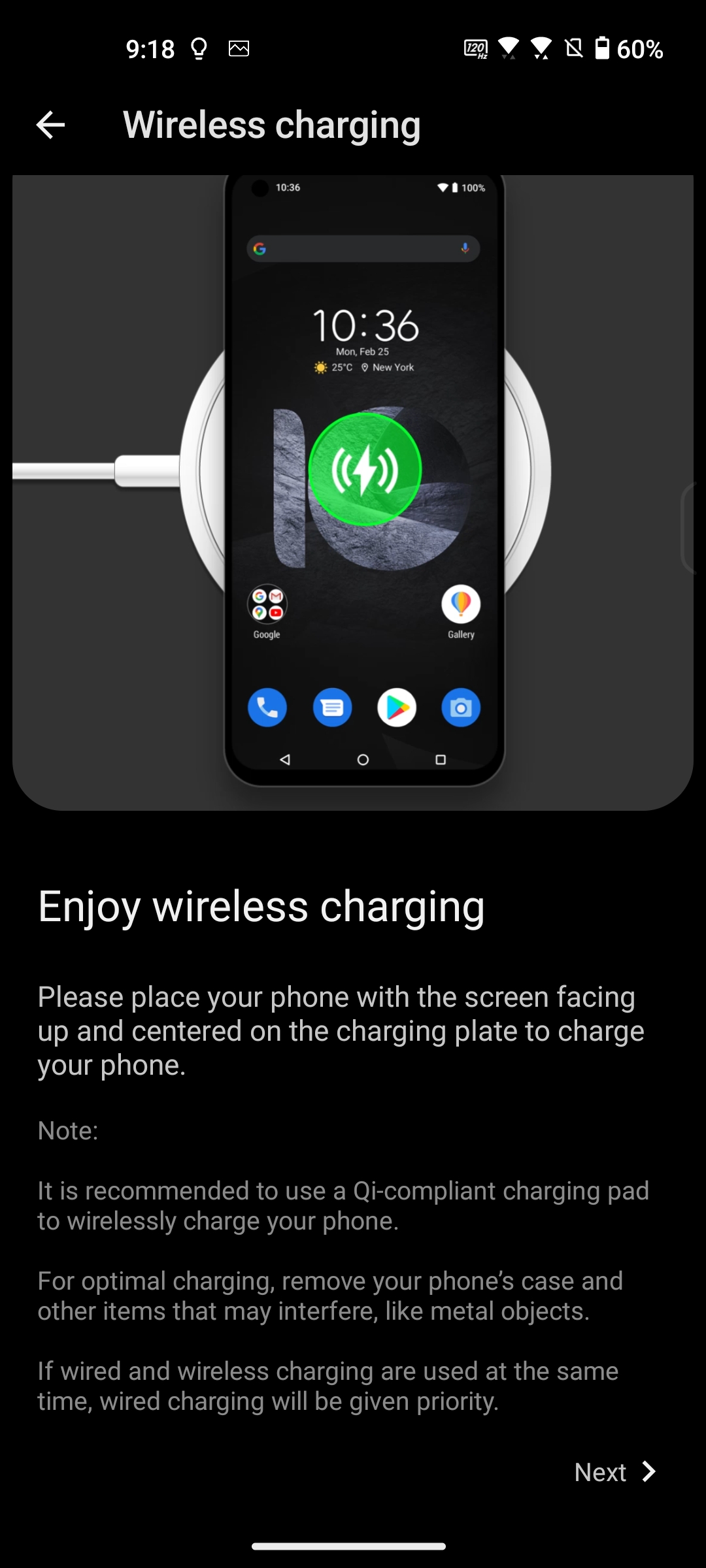
Sound
I will say this, it was better on Zenfone 8. And I can’t say what happened. On the other hand, the sound of ASUS Zenfone 10 is still great, it’s nice to listen to music, you want to dance to it, the volume level is sufficient, I never set it above 50%, maybe sometimes 60%.

Here we are dealing with stereo speakers, and they work well when playing games, listening to music, or watching movies or videos on YouTube.
Communications and connectivity
In terms of connectivity, Wi-Fi 7, Bluetooth 5.3 with top codecs, NFC, the often-mentioned 3.5 mm jack. The only drawback is the very slow USB-C version 2.0 port.
The connection itself never failed, nothing was disconnected, there was stable coverage of each module. I noticed only a small bug when sometimes 2 Wi-Fi icons instantly appeared in the top panel instead of one, which you can see in the screenshot below.
Read also: Huawei nova 11 Pro review: expressive design and interesting software solutions
Zenfone 9 vs Zenfone 10
I specifically didn’t mention anything about the predecessor, but compared everything to Zenfone 8 to mention it in this section of the review. So, what has changed in Zenfone 10 compared to Zenfone 9?

З точки зору кнопок, камер, стереодинаміків, діагоналі, розміру чи дисплею – це та сама минулорічна модель. Крім того, ємність акумулятора і софт також не змінилися. Відсутність eSIM все ще боляче вражає, хоча це недолік, який швидко забувається, оскільки він все ще не набув широкого розповсюдження на споживчому ринку.
Among the changes are the latest Snapdragon 8 Gen 2, UFS 4.0 memory type vs. 3.1 in Zenfone 9, 144 Hz available in games, inductive charging and reverse charging, a selfie camera has grown from 12 to 32 megapixels (it is worth noting that the physical pixel size is smaller and there is no autofocus), a wide-angle lens has also changed, Hyper Stady mode in Full HD, Bluetooth 5.3 vs. 5.2 in its predecessor.
In general, ASUS Zenfone 10 can be easily confused with Zenfone 9, while this year’s model undoubtedly has the key changes that most of us have been waiting for.
Conclusions
Like Zenfone 8 or Zenfone 9, Zenfone 10 is definitely worth buying. And at a reasonable price for such a good device.
The advantages are, of course, the small size, quality build, processor, smoothness and software solutions offered by ASUS in combination with customised pure Android, 3.5 mm jack, design and long-lasting battery, which the Zenfone 8 could not boast of, which I had to charge sometimes up to three times a day.

The disadvantages include slightly weaker cameras compared to competitors, lack of even greater evolution compared to its predecessor, no eSIM, for some, “only” 30W of charging, short support (up to two versions of Android) and sluggish and unstable software updates.
If you have a Zenfone 8, then upgrading to the Zenfone 10 will be a huge positive leap, while if you have a Zenfone 9, then you should only upgrade to the 10 if you need wireless charging and the latest version of Android for as long as possible.
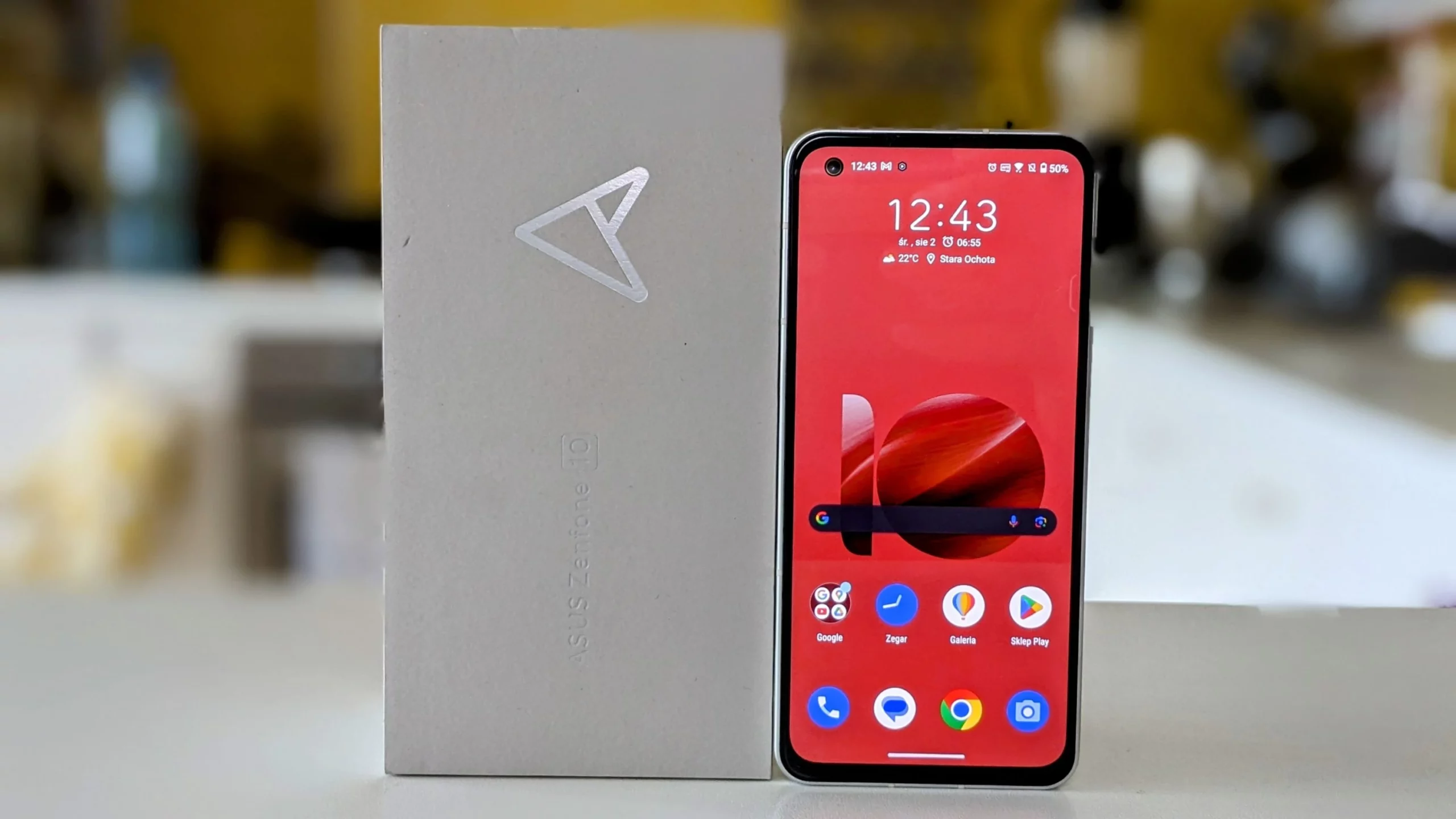
For those who don’t have a small ASUS but want a compact smartphone, the Zenfone 10 is one of the best options on the market and worth every penny.
Read alsо:
- Cubot Kingkong Power smartphone review: unbreakable powerbank with torch
- Xiaomi 13 Pro review: a flagship with a clumsy design and a high price tag
- Realme 11 Pro+ review: Truly extraordinary

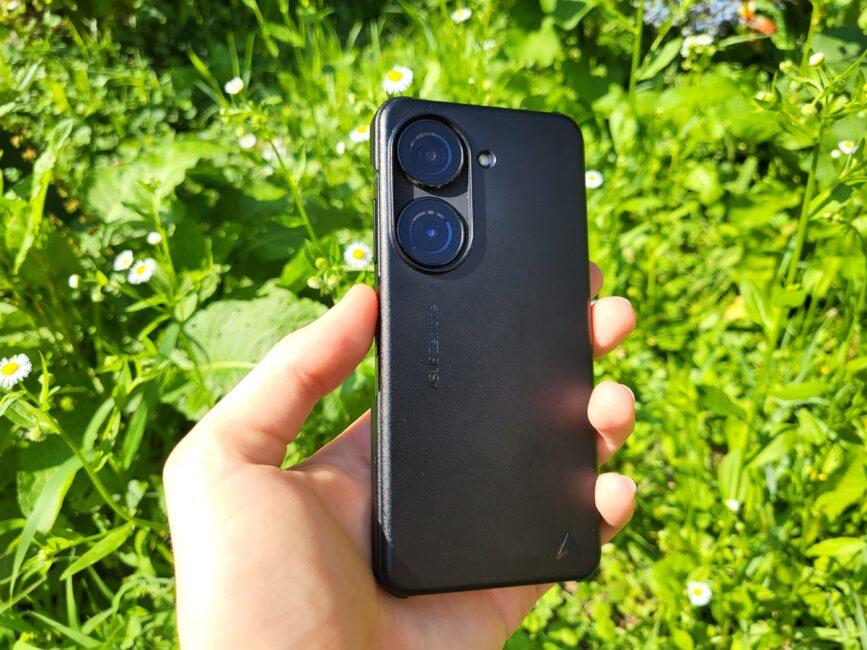
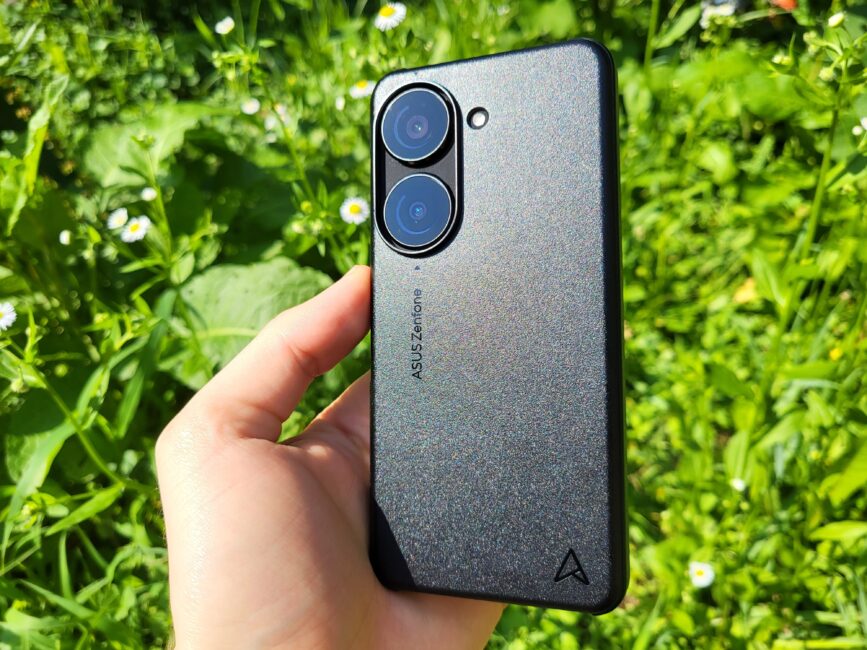
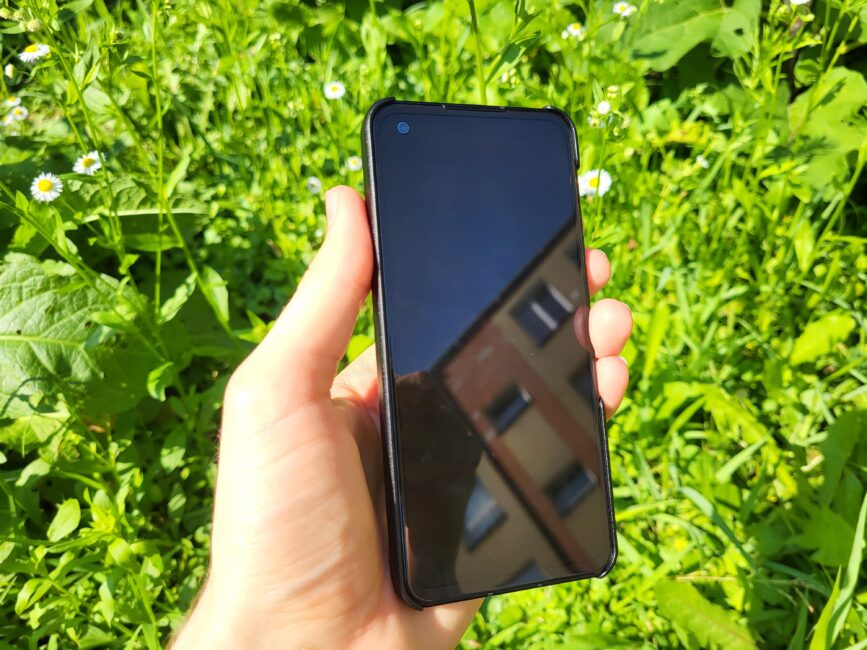

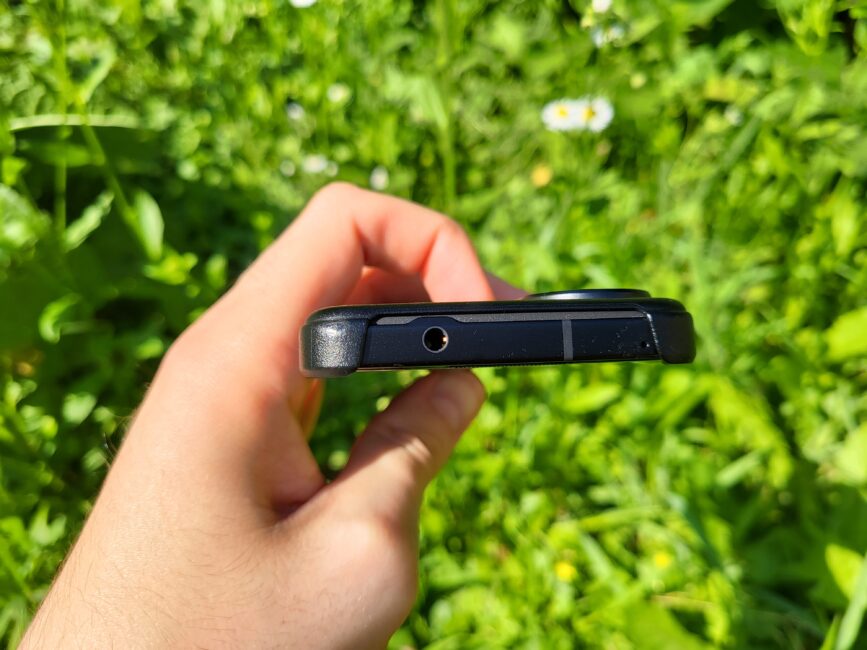
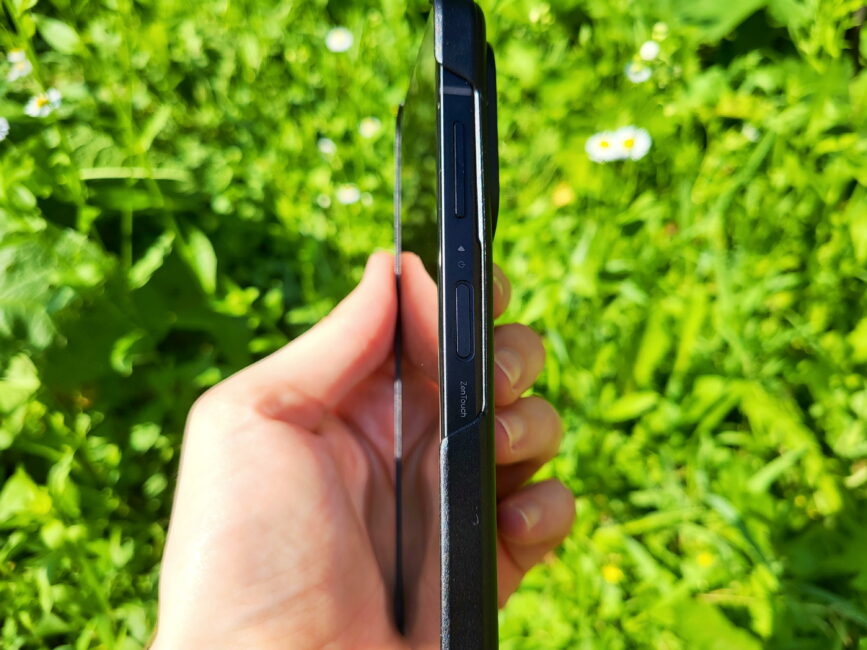
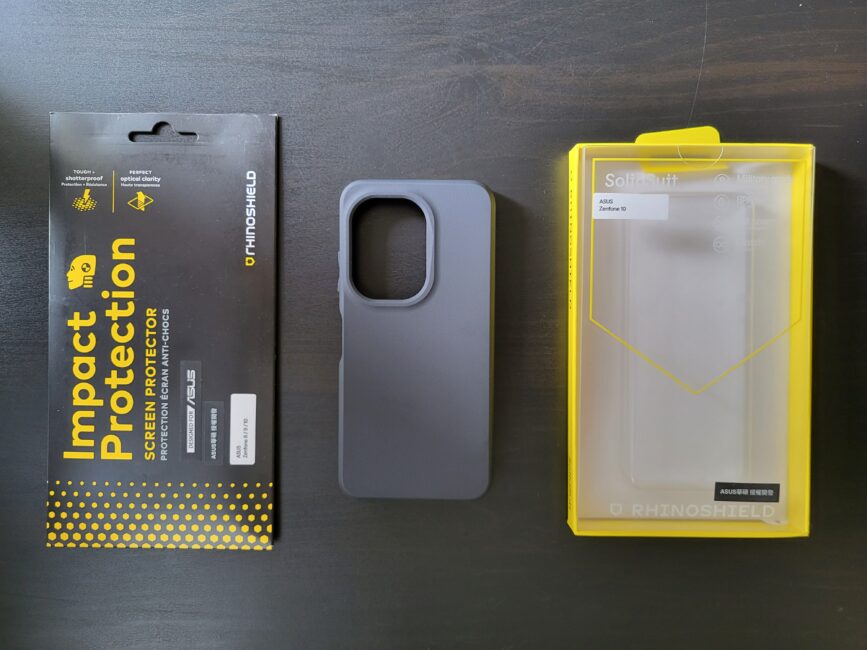
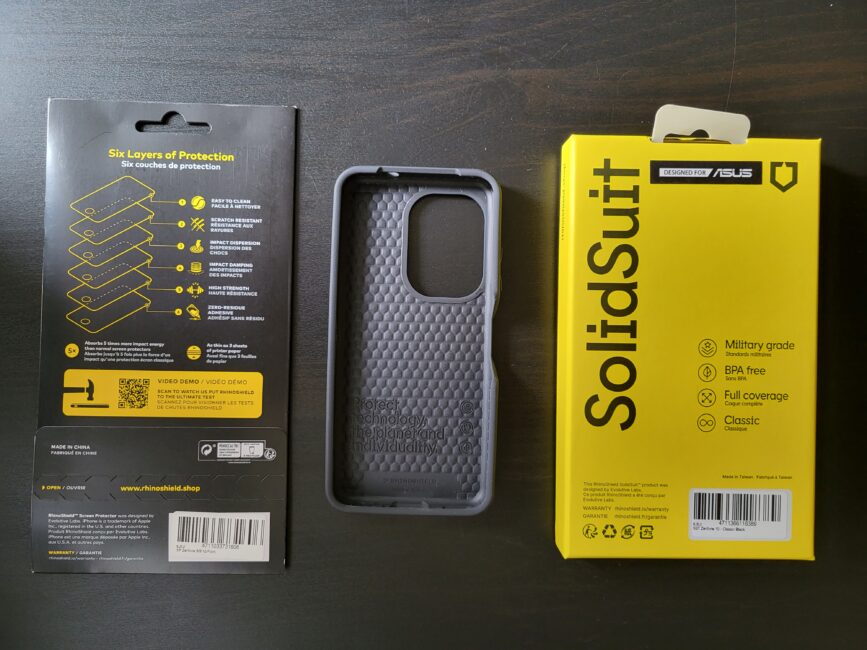
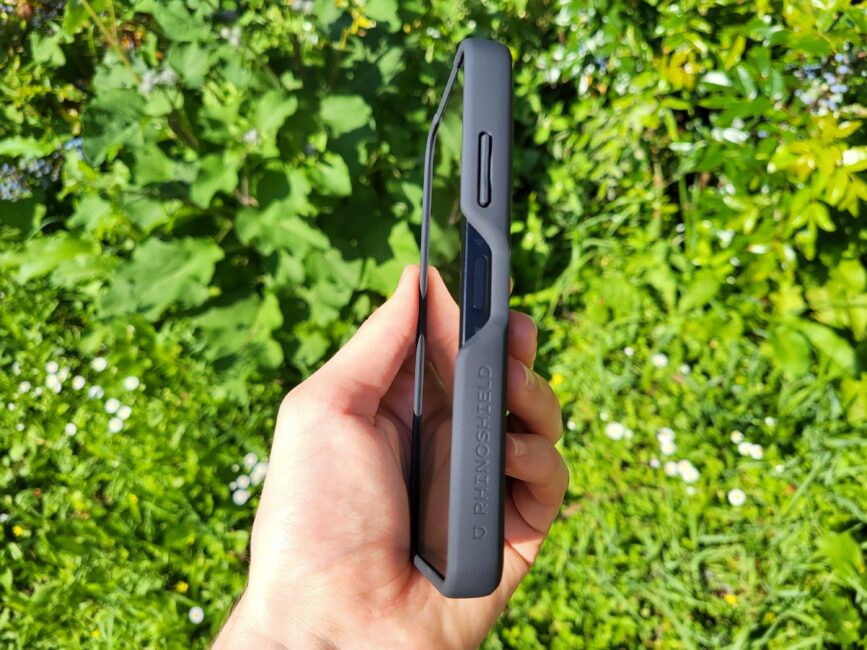
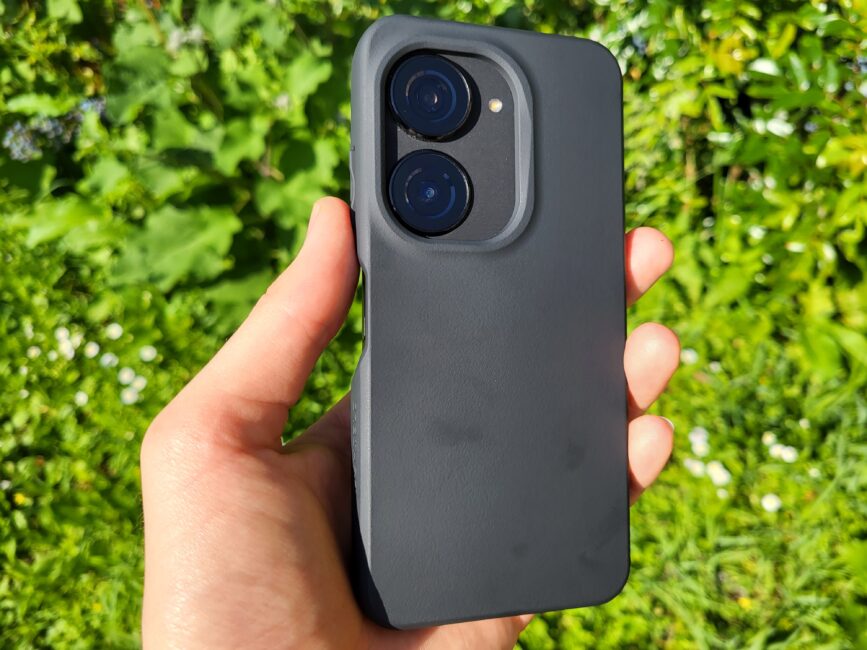
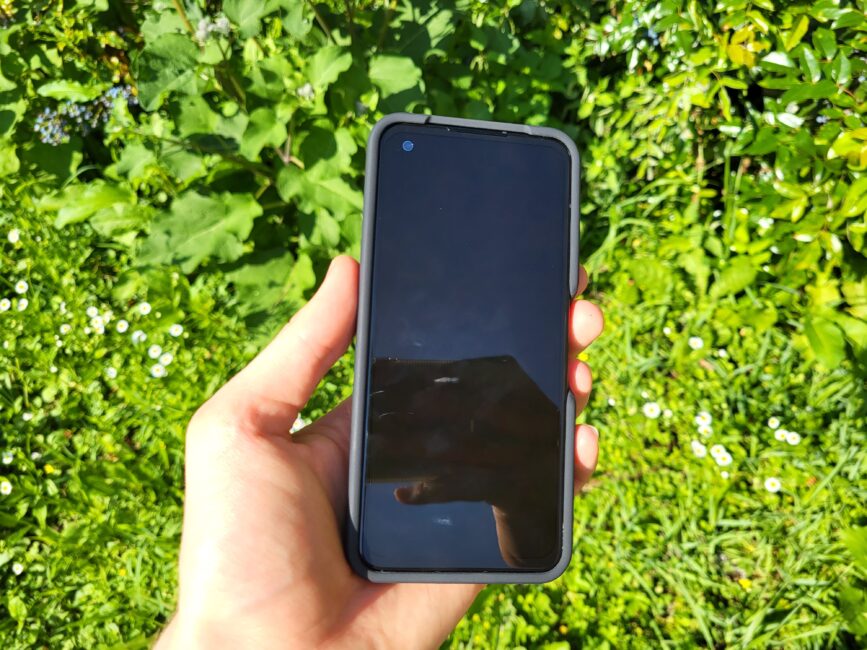
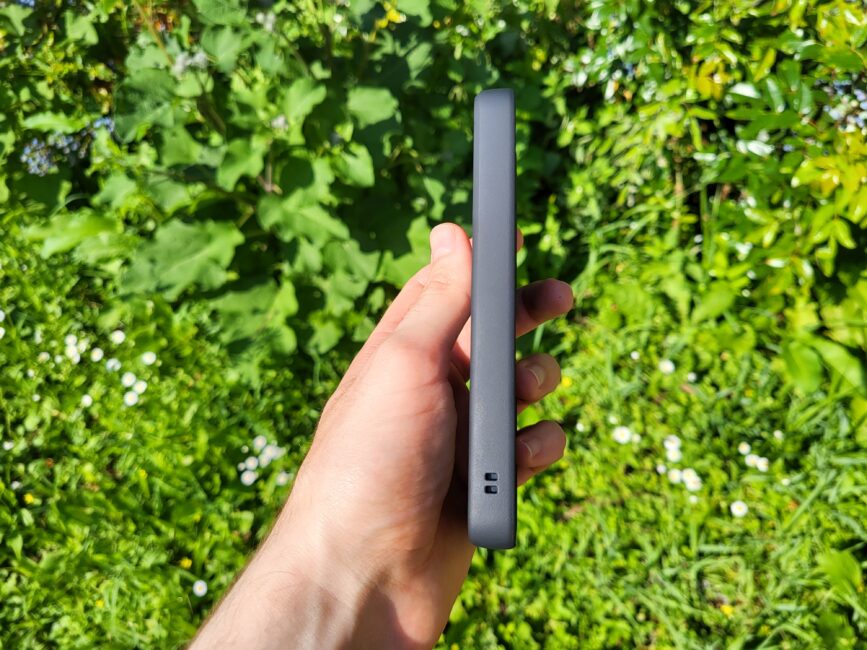

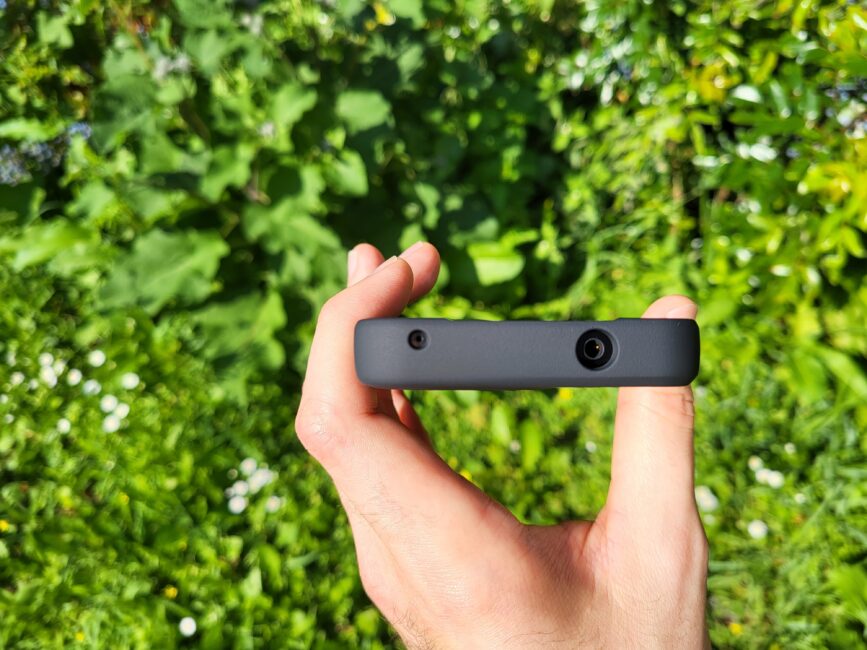
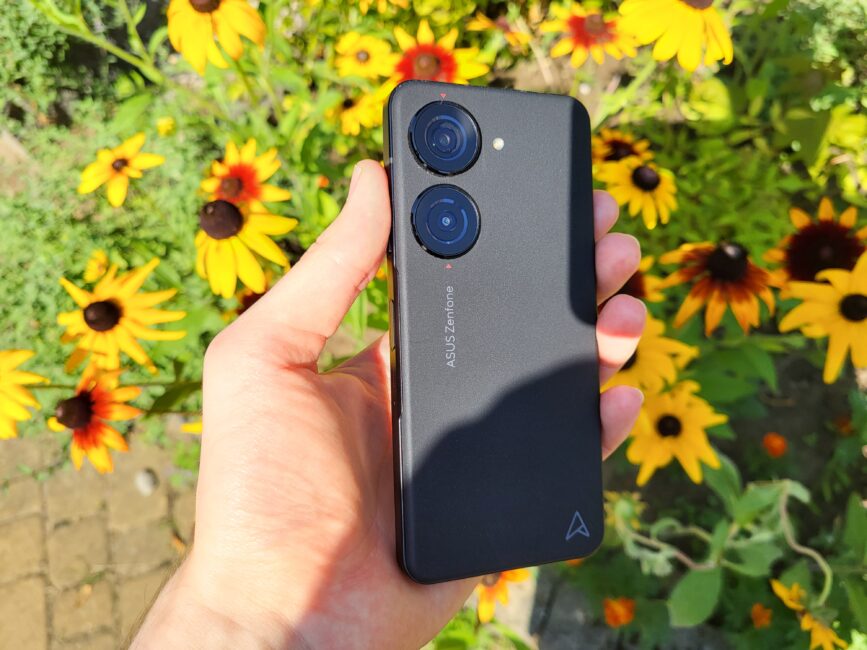
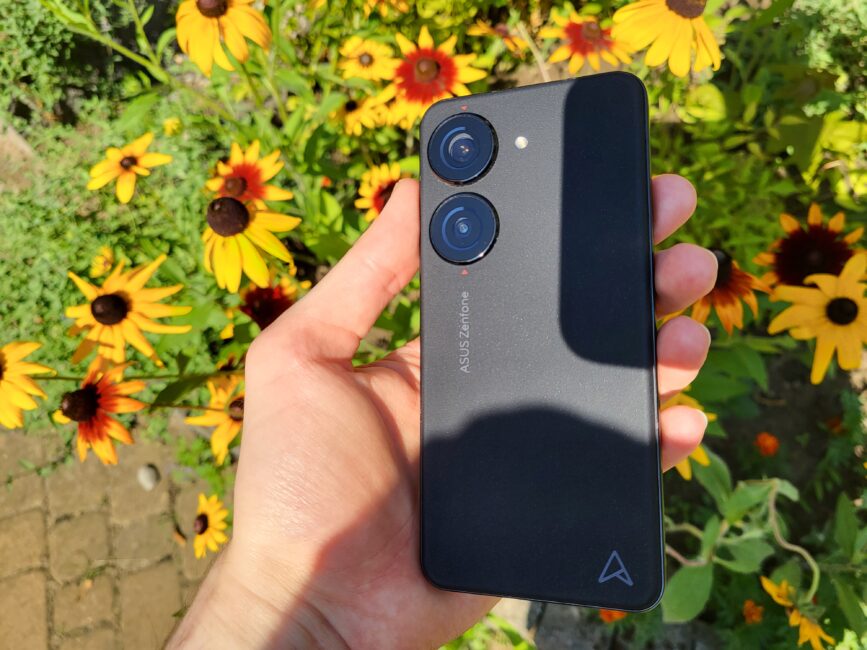
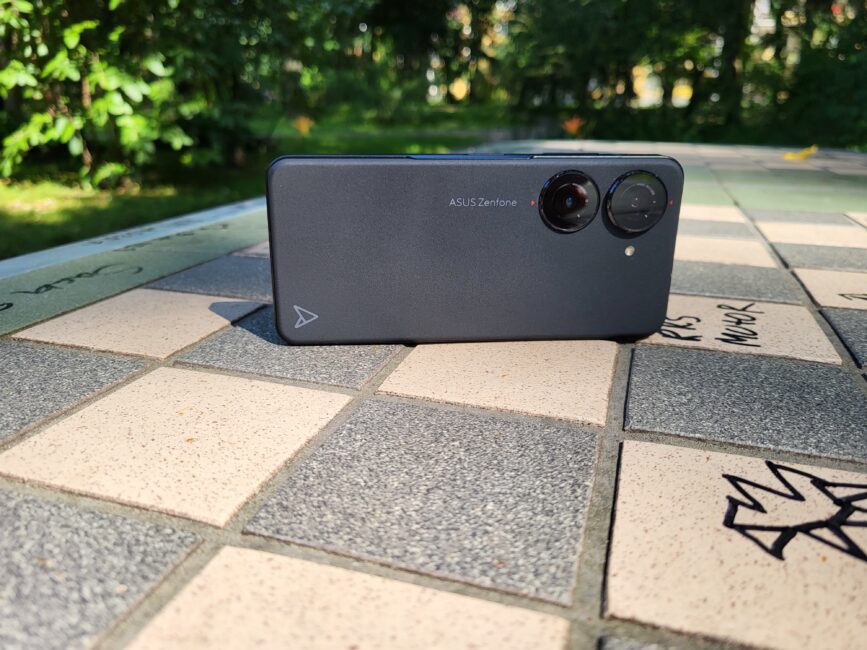
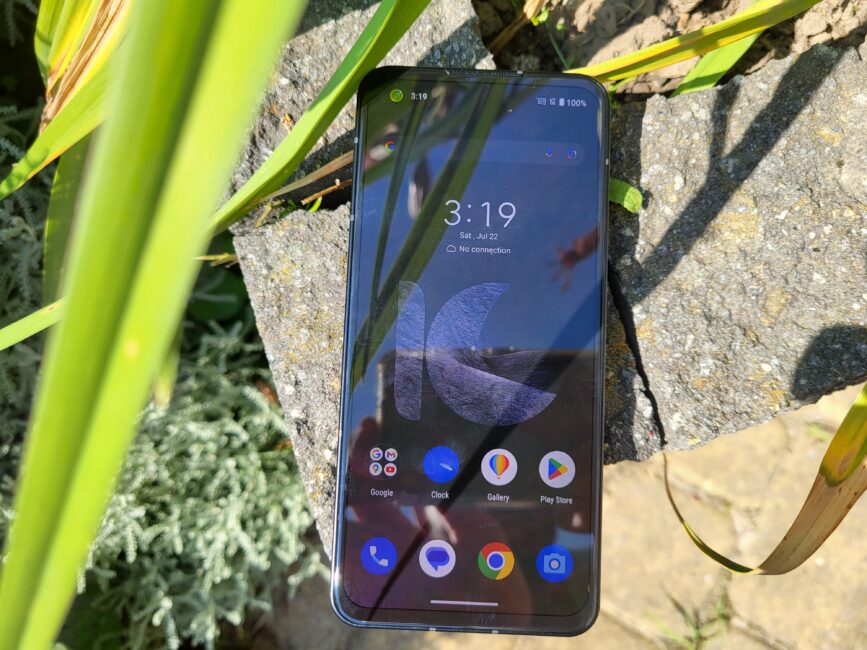
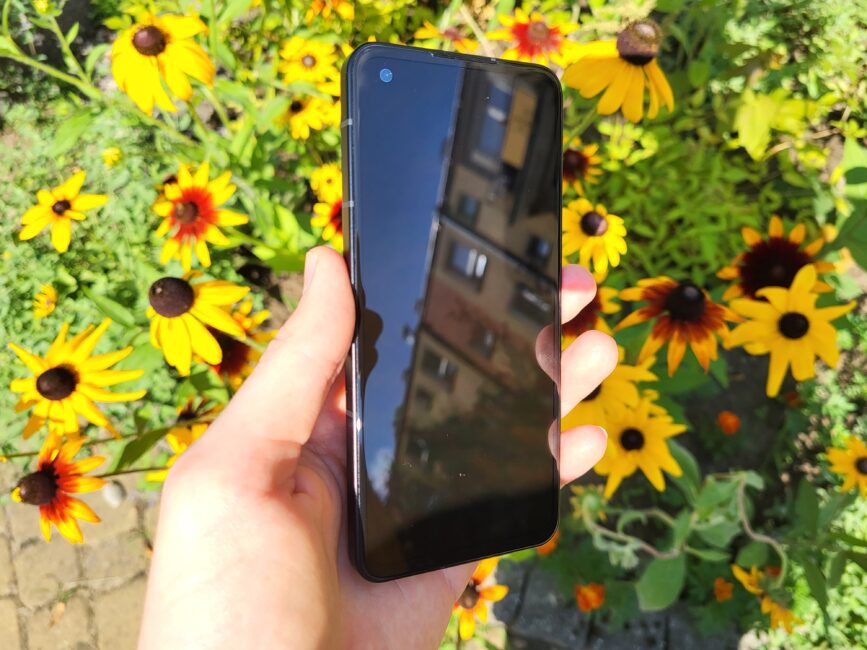
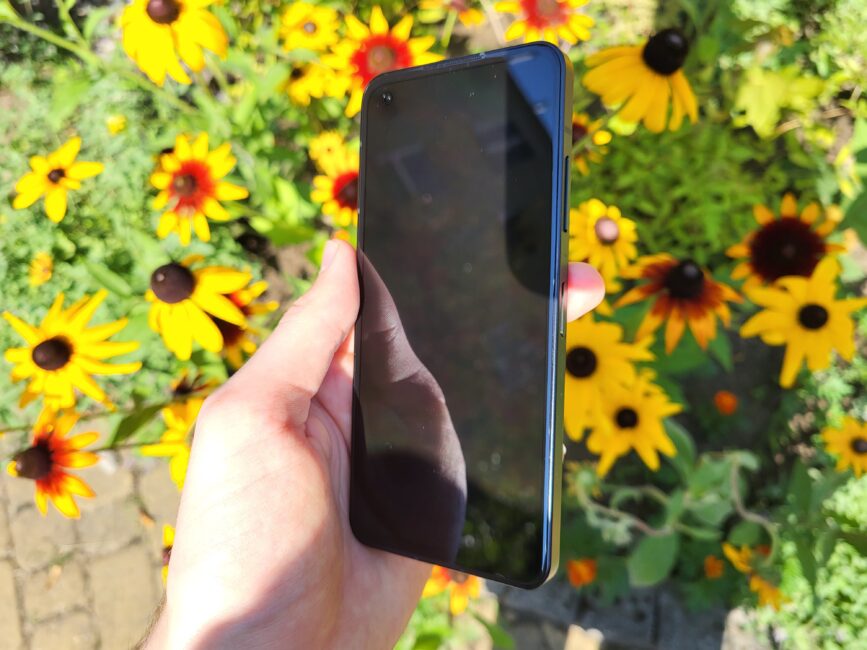
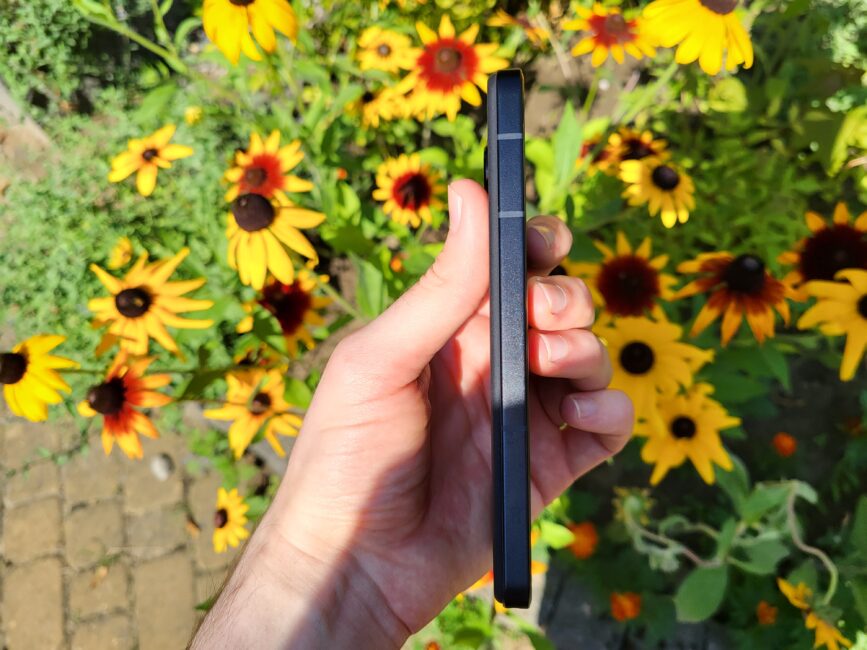
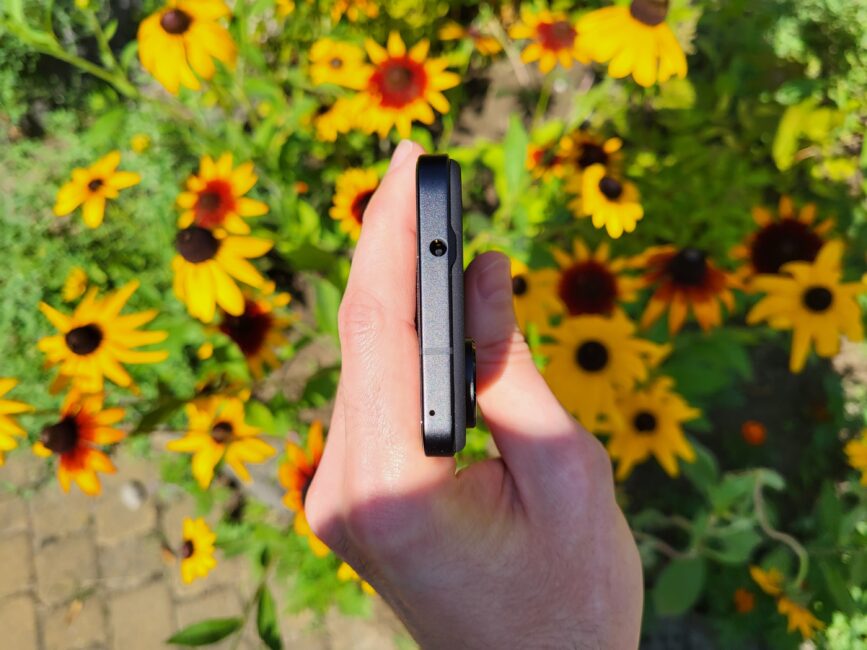
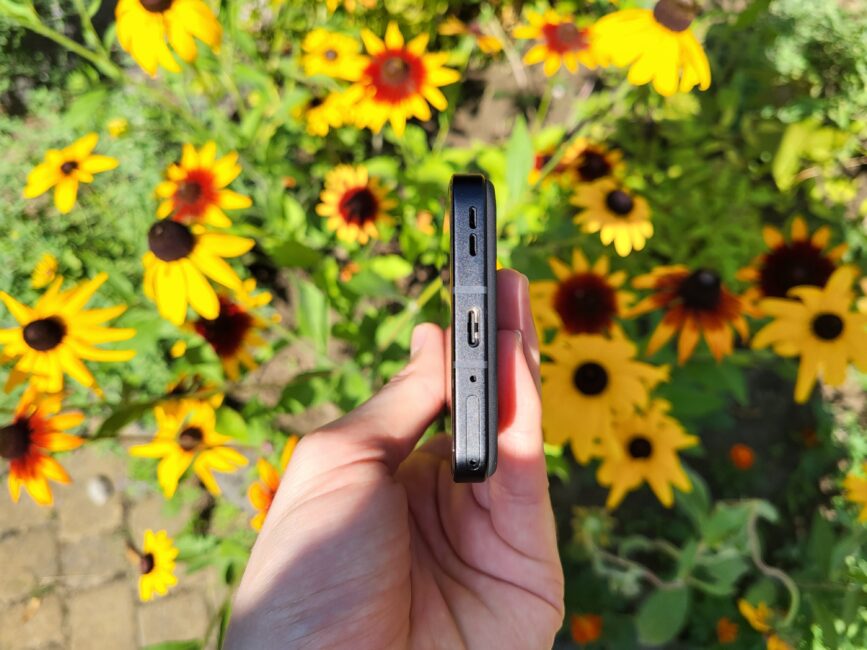
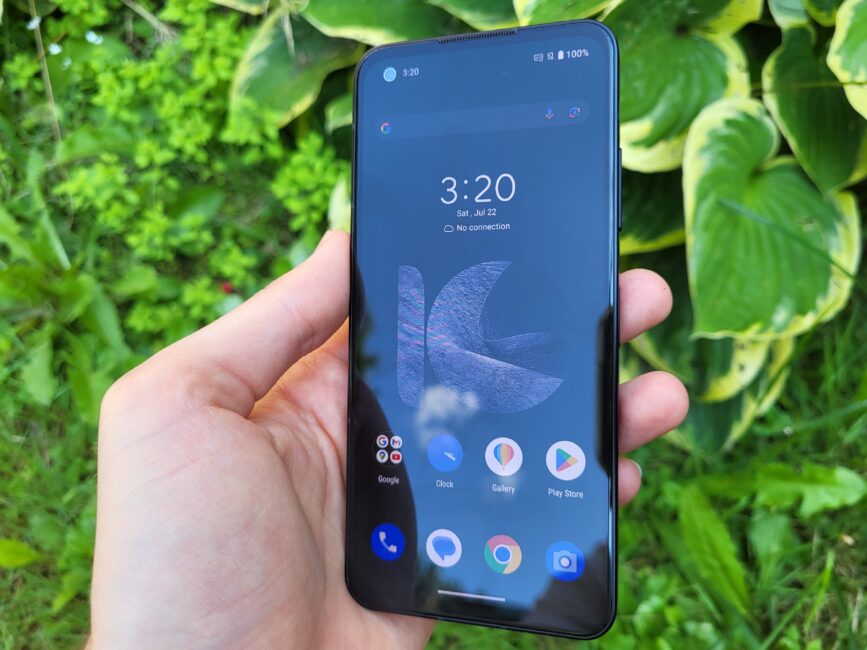
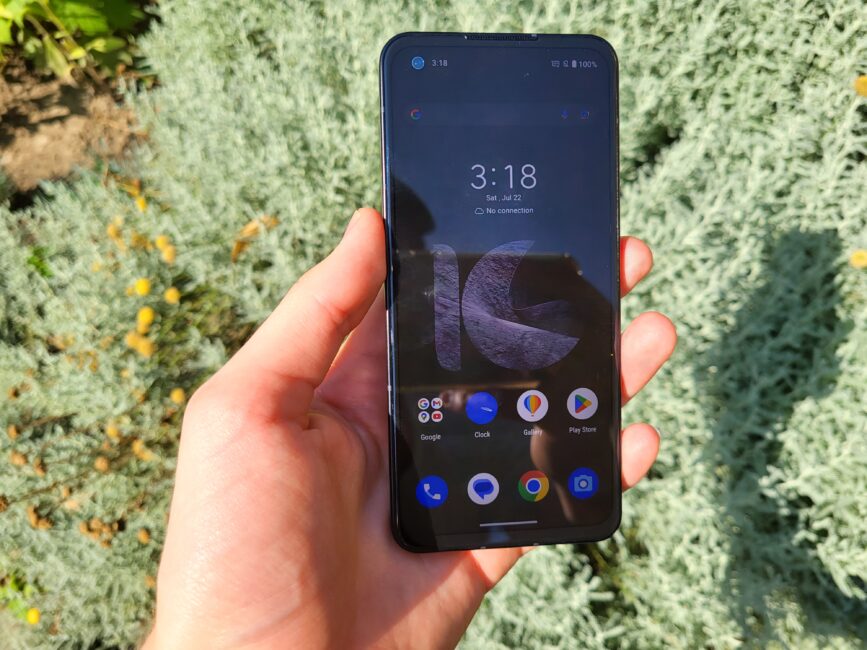
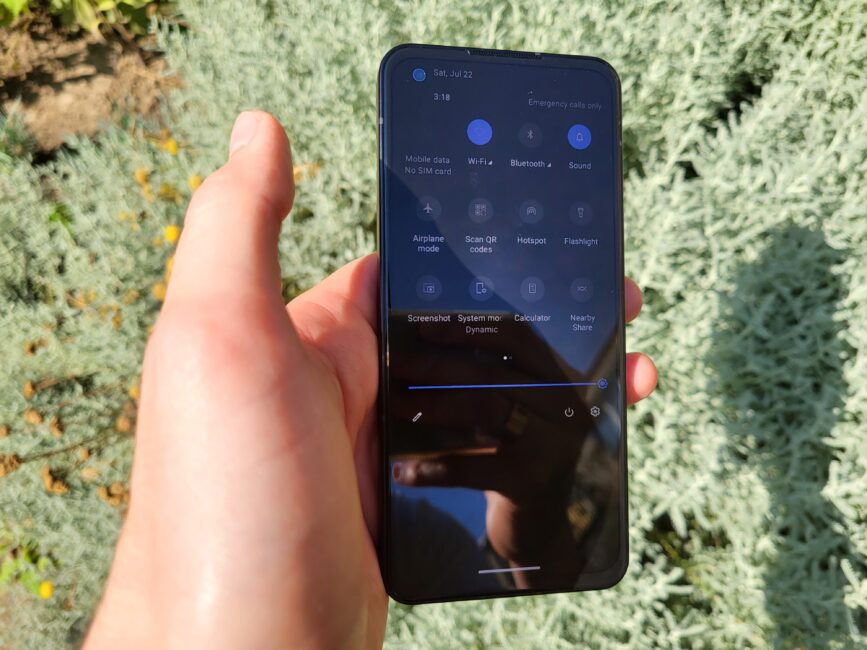

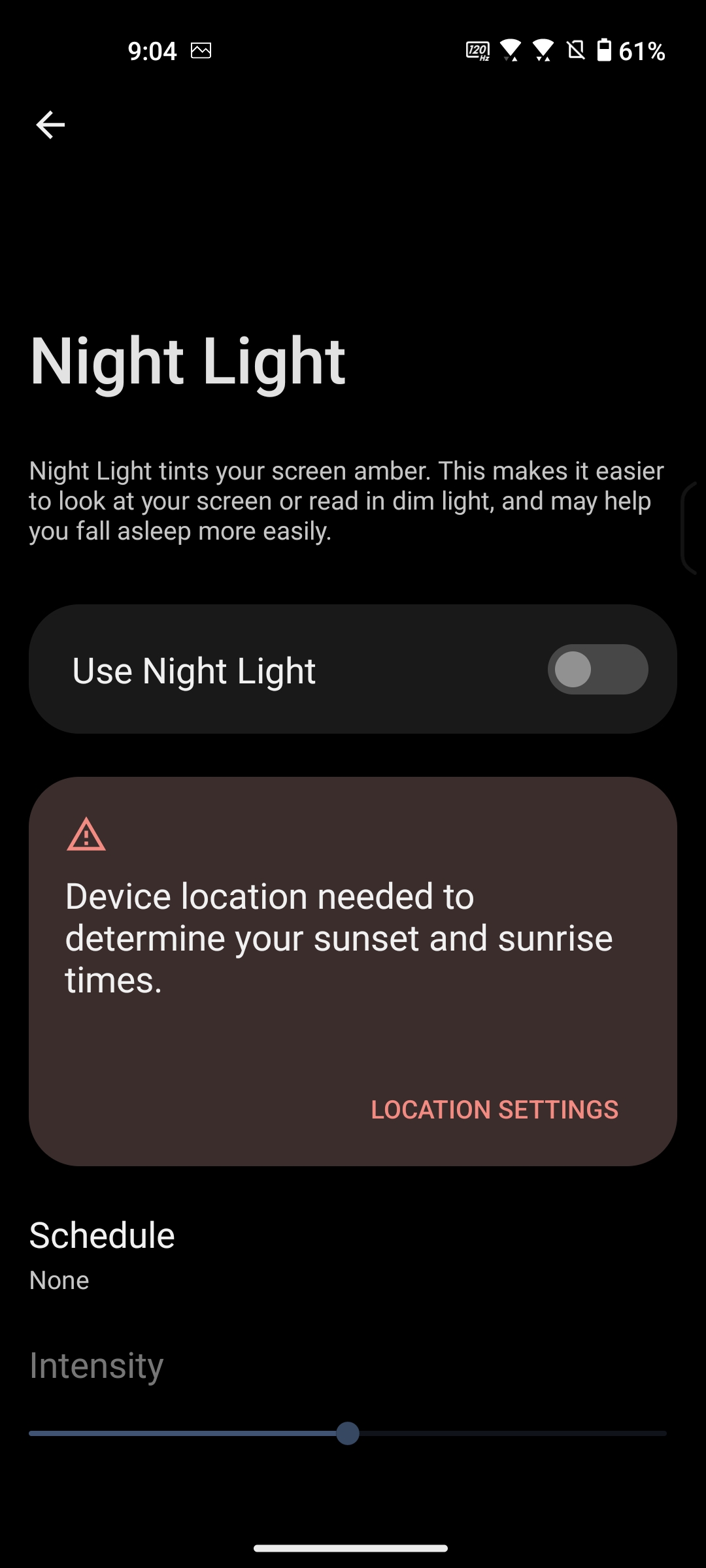
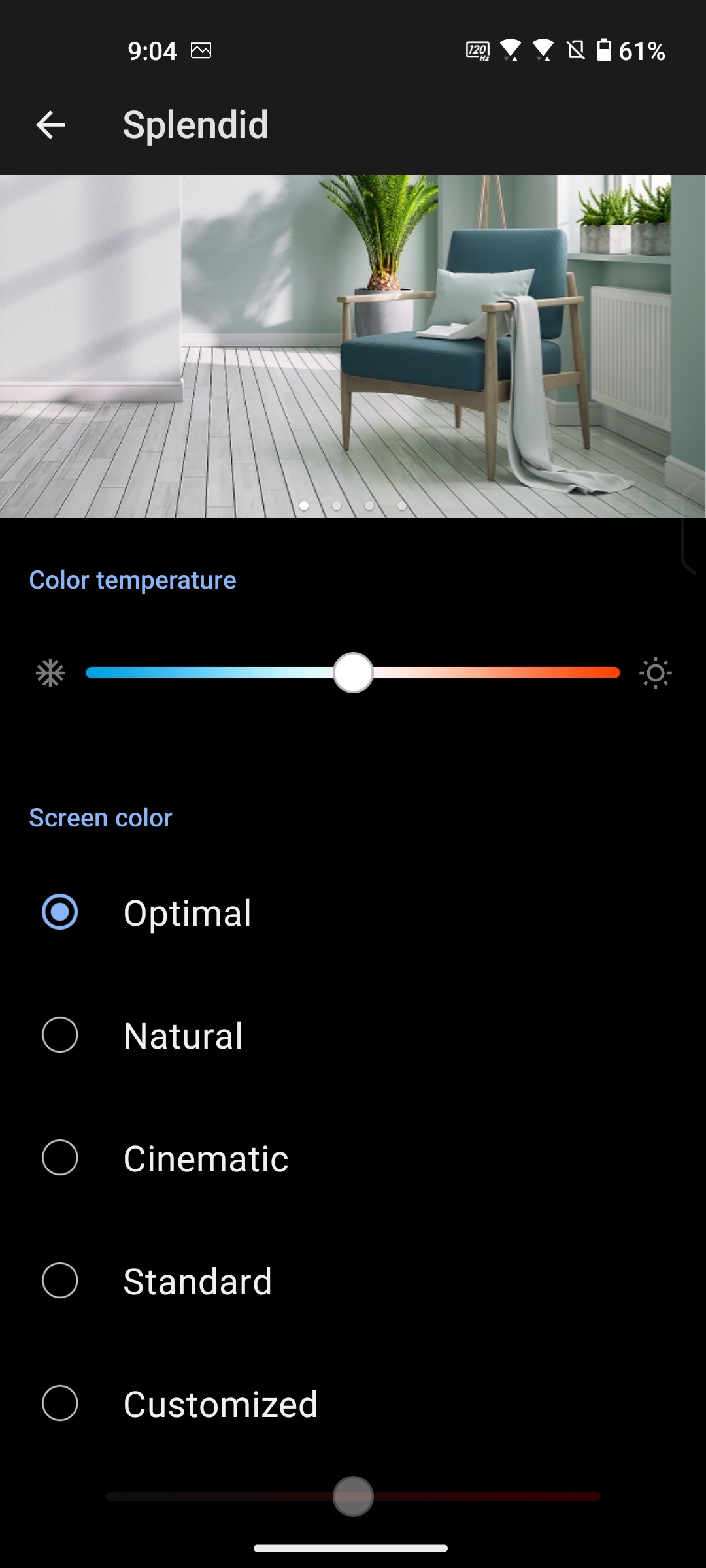
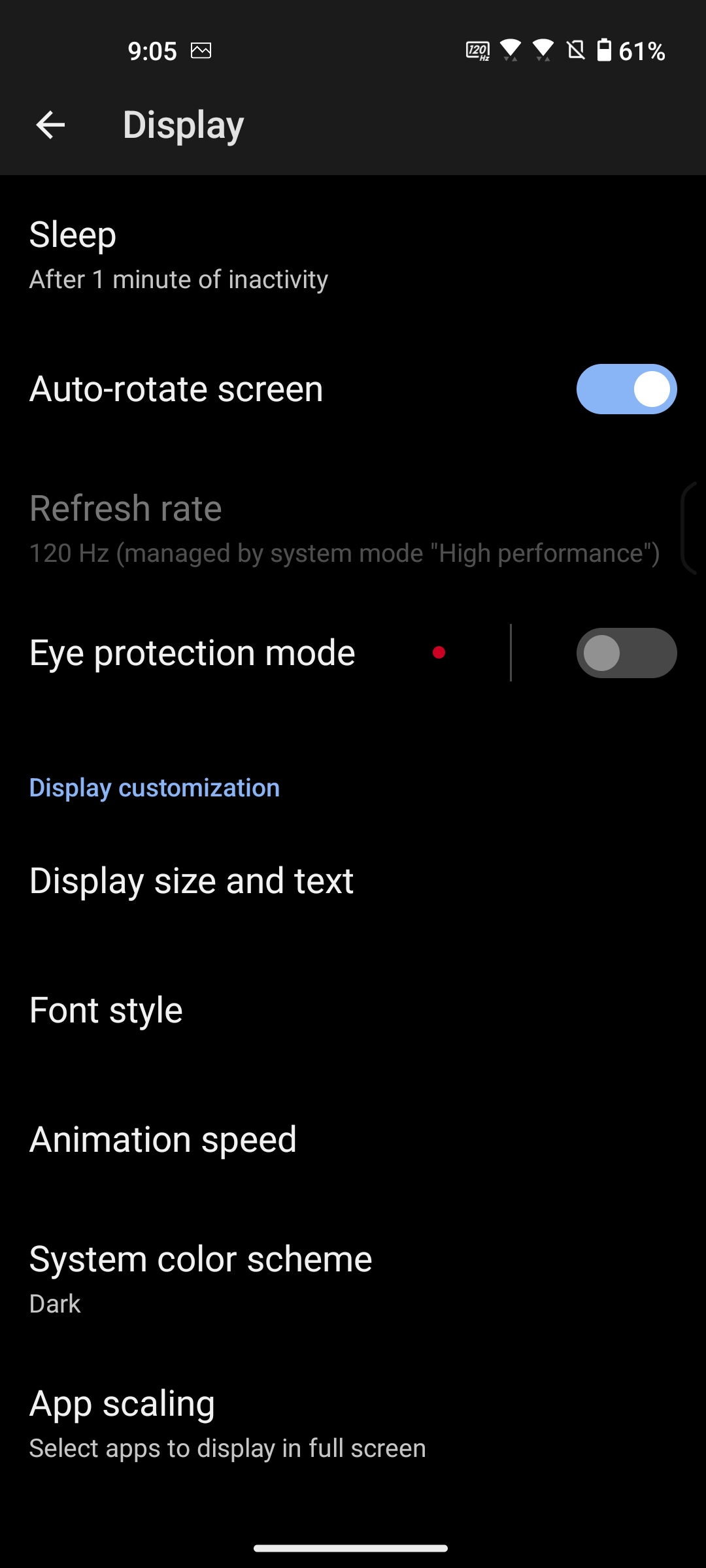
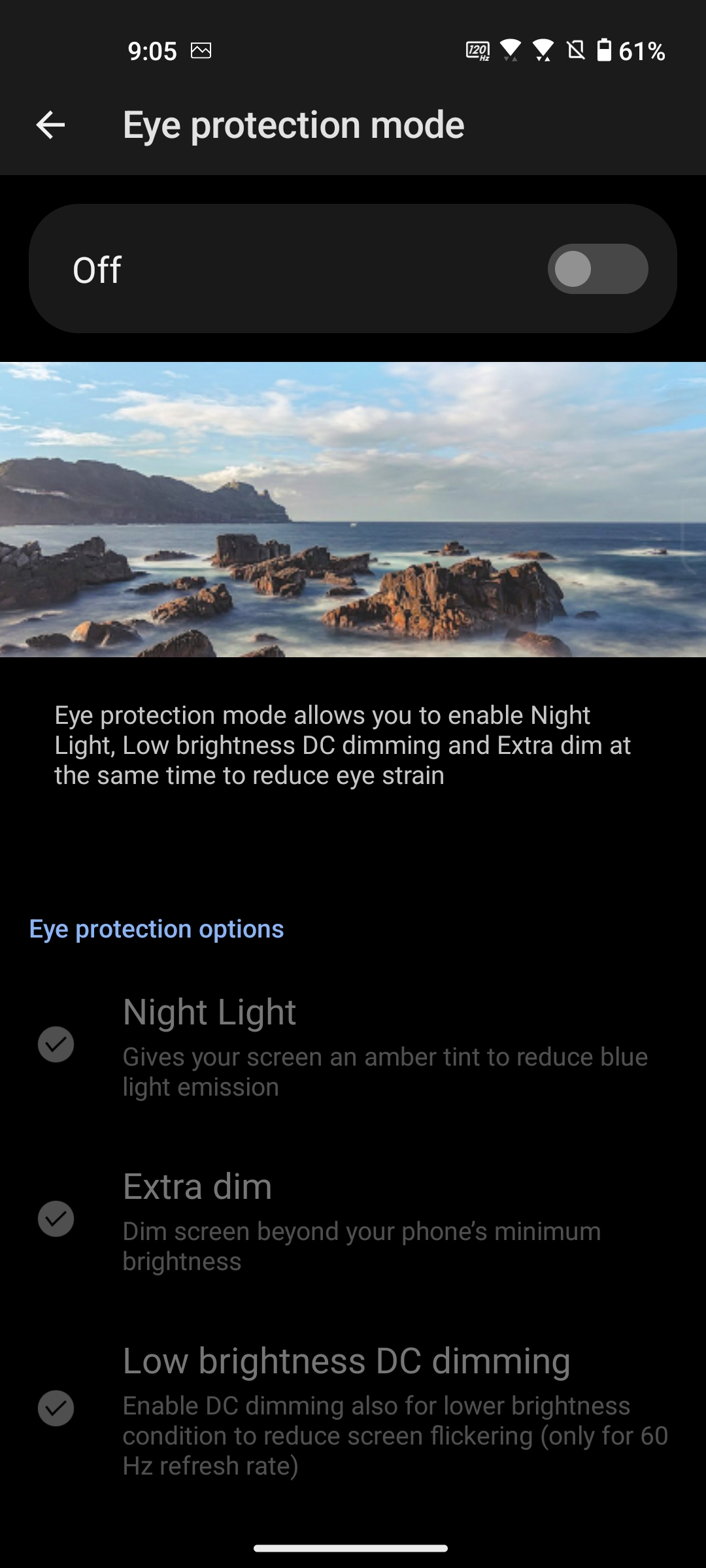
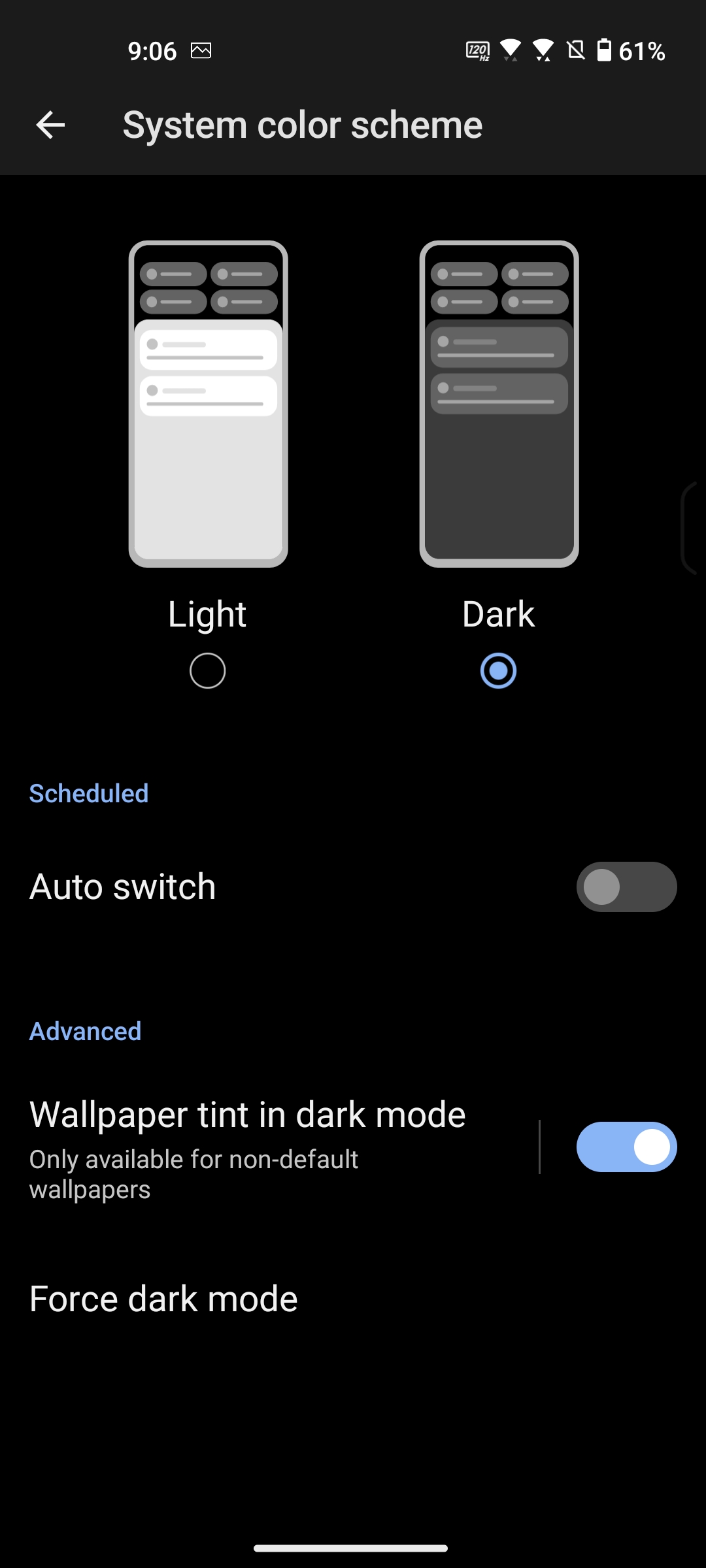
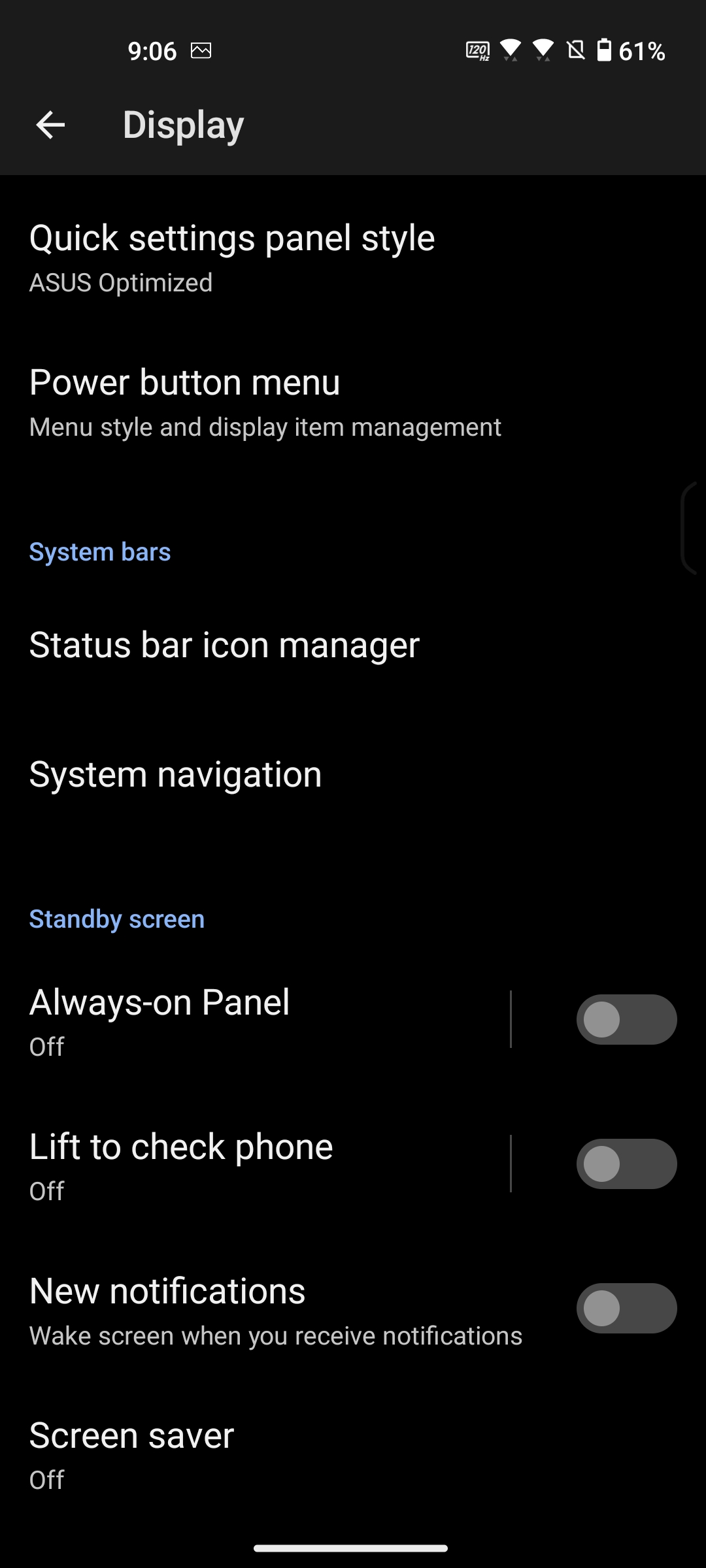
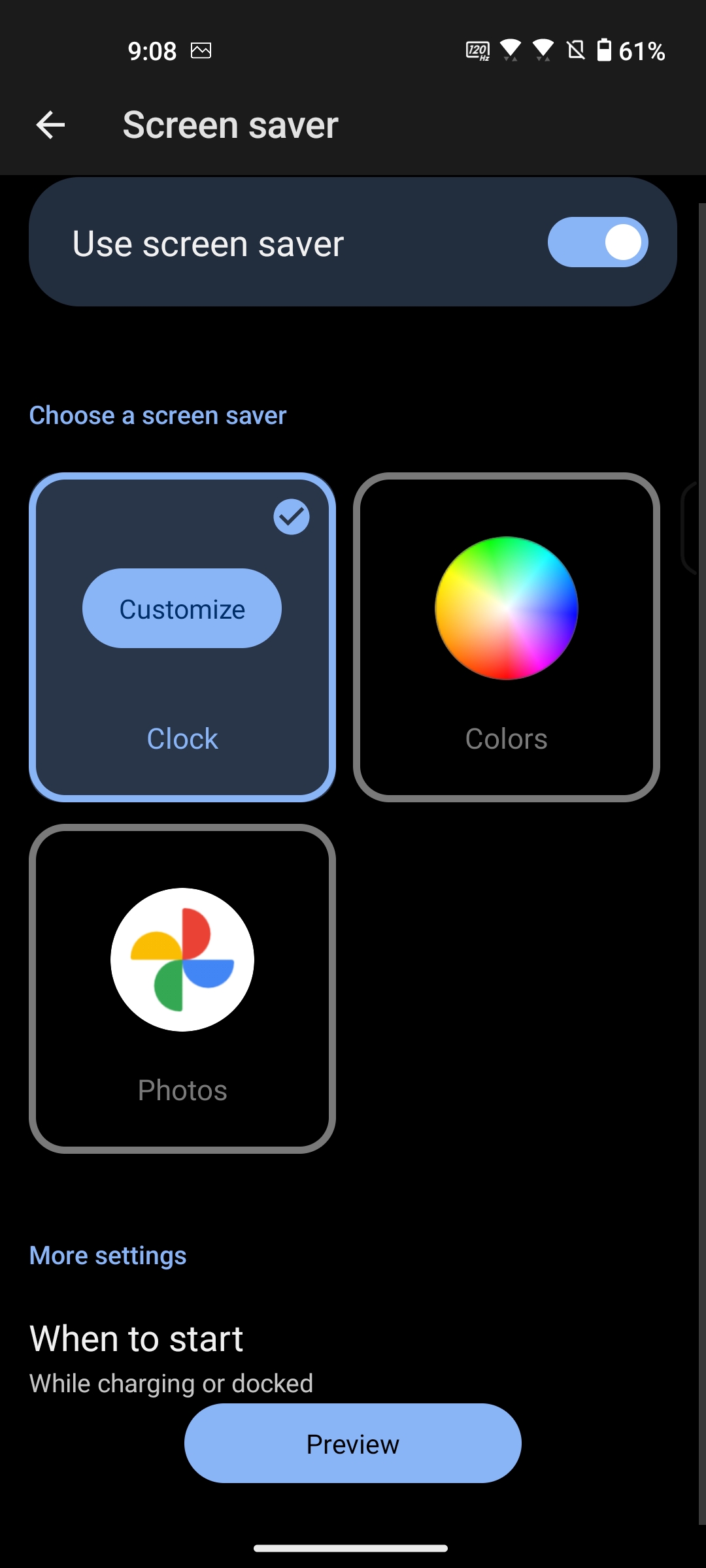
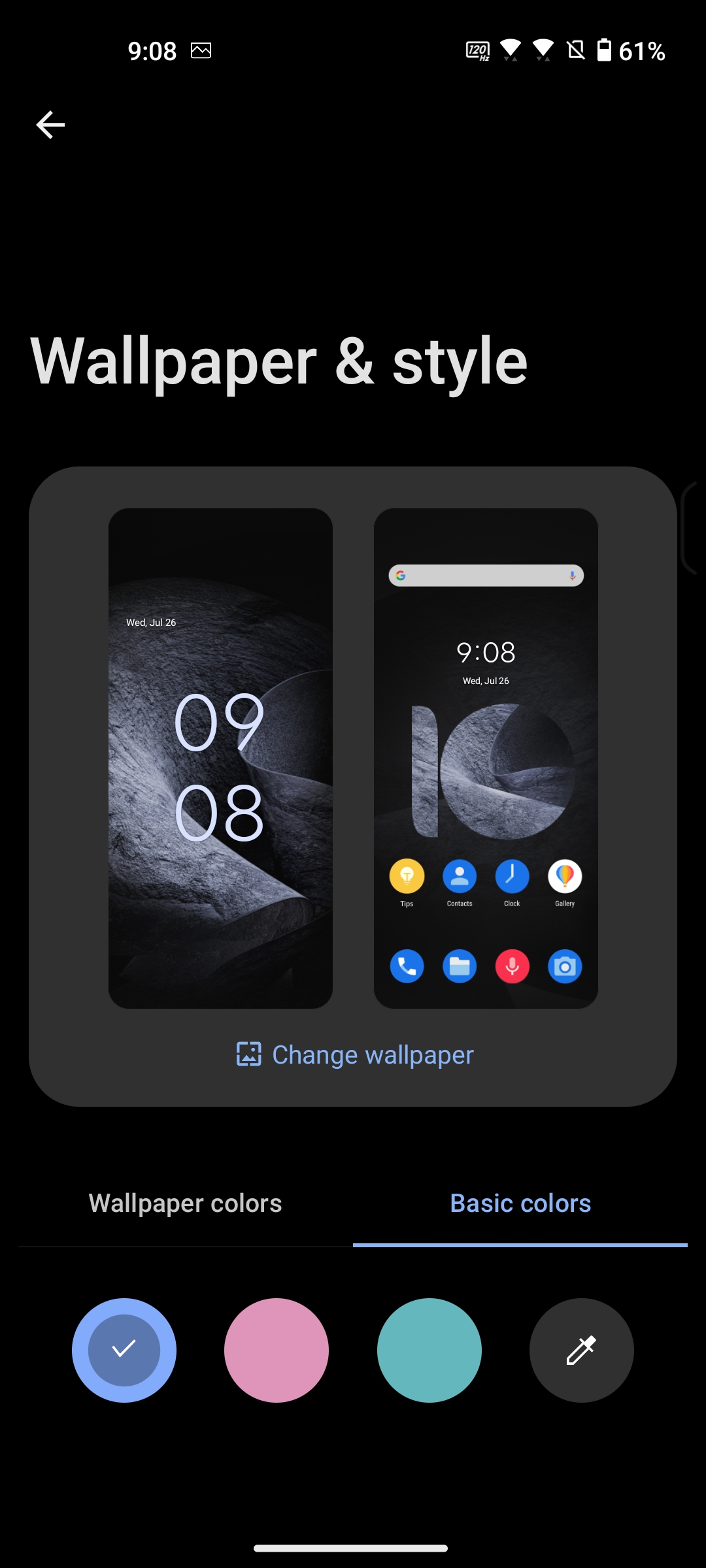
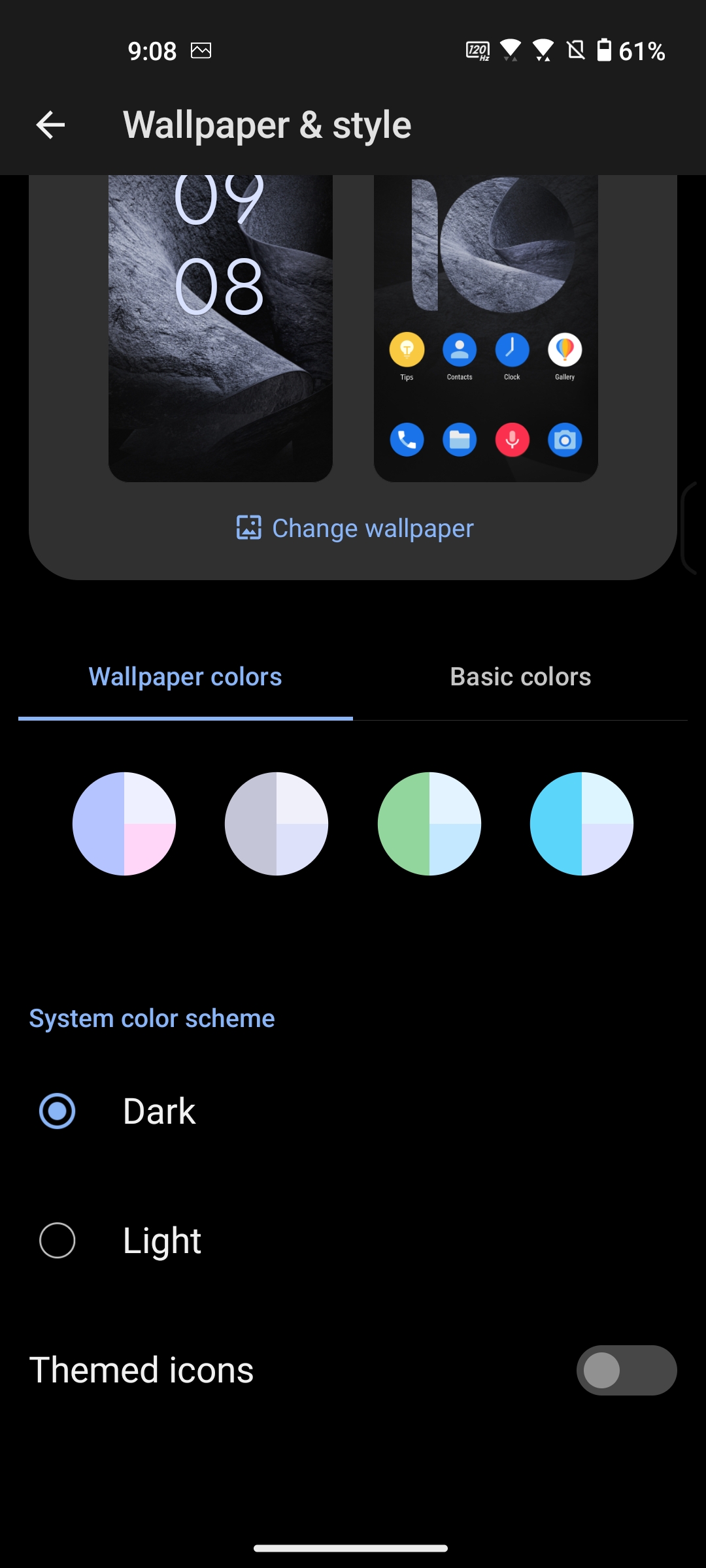
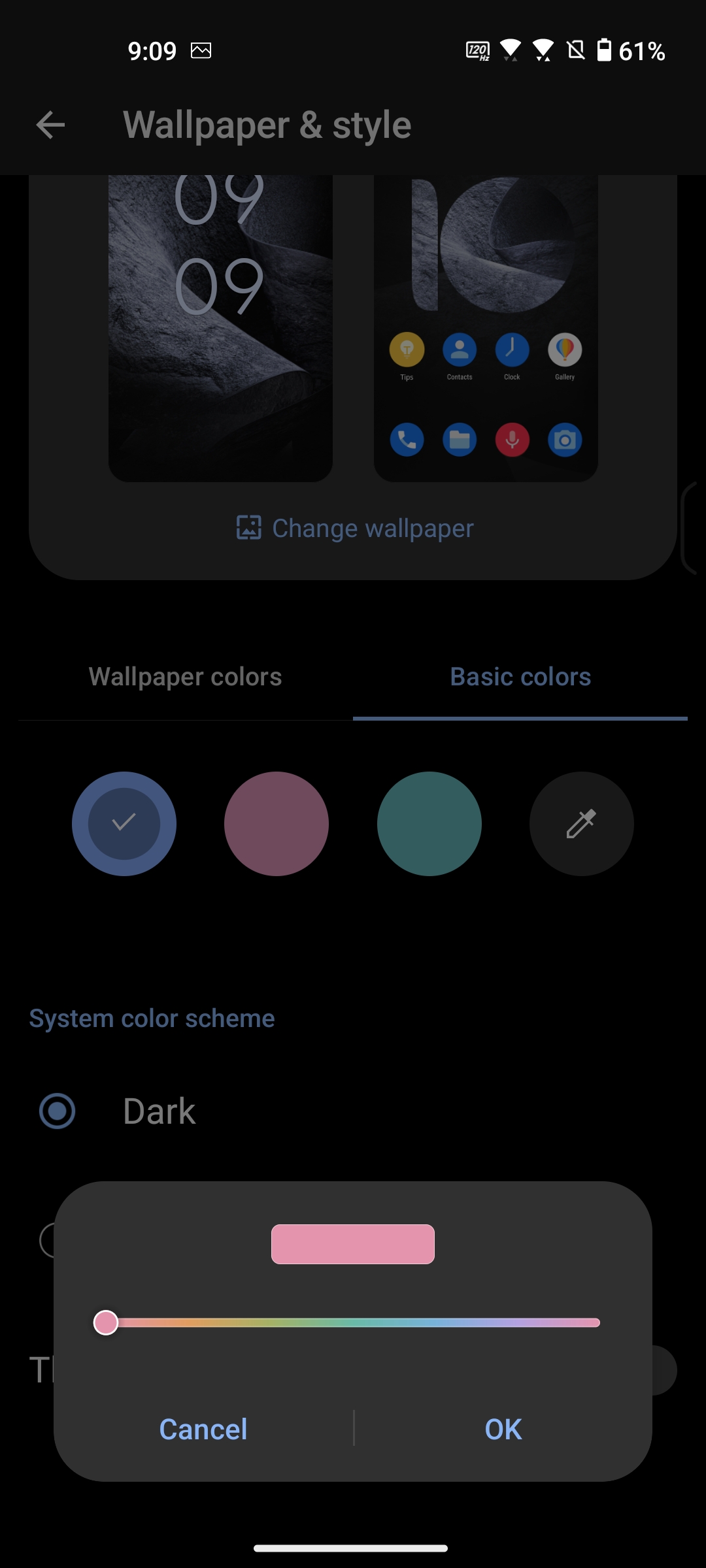
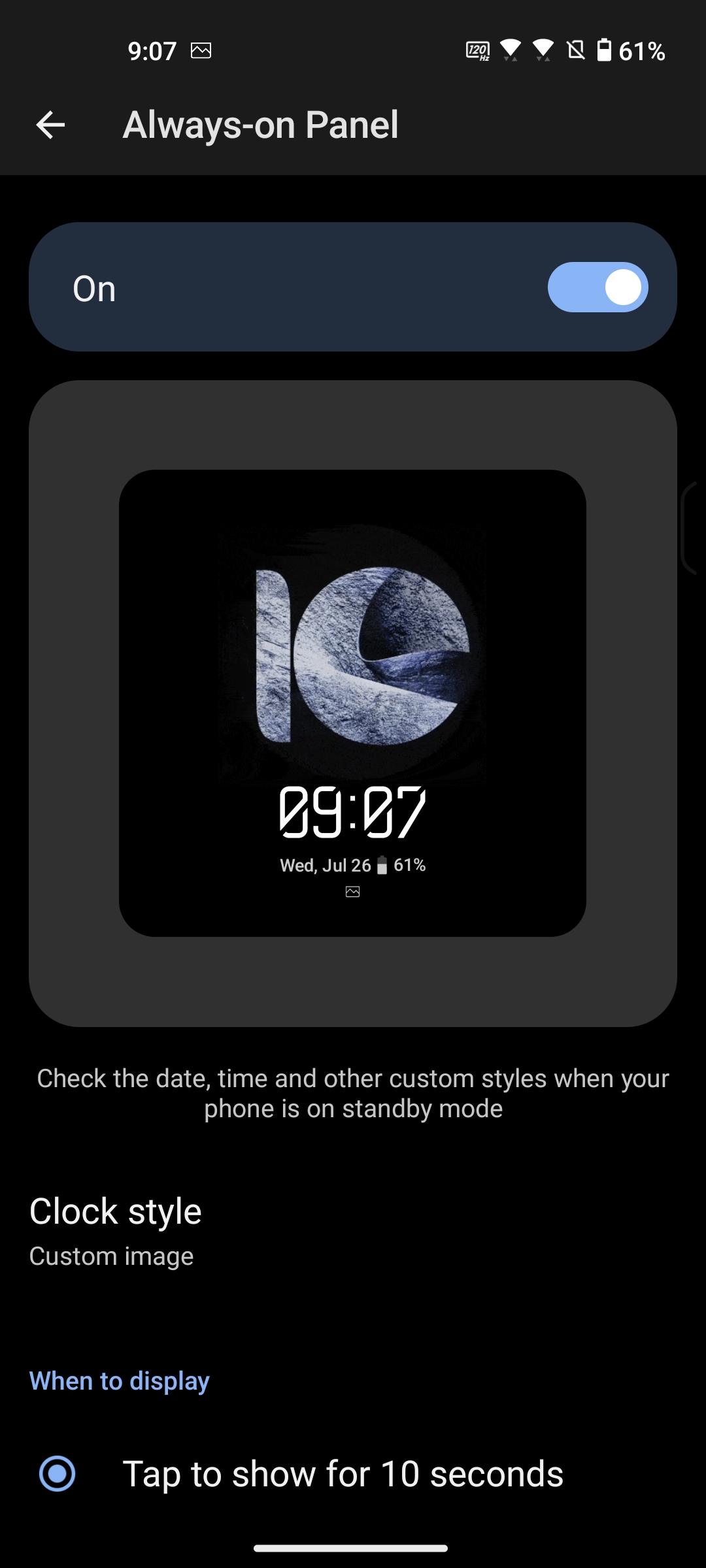

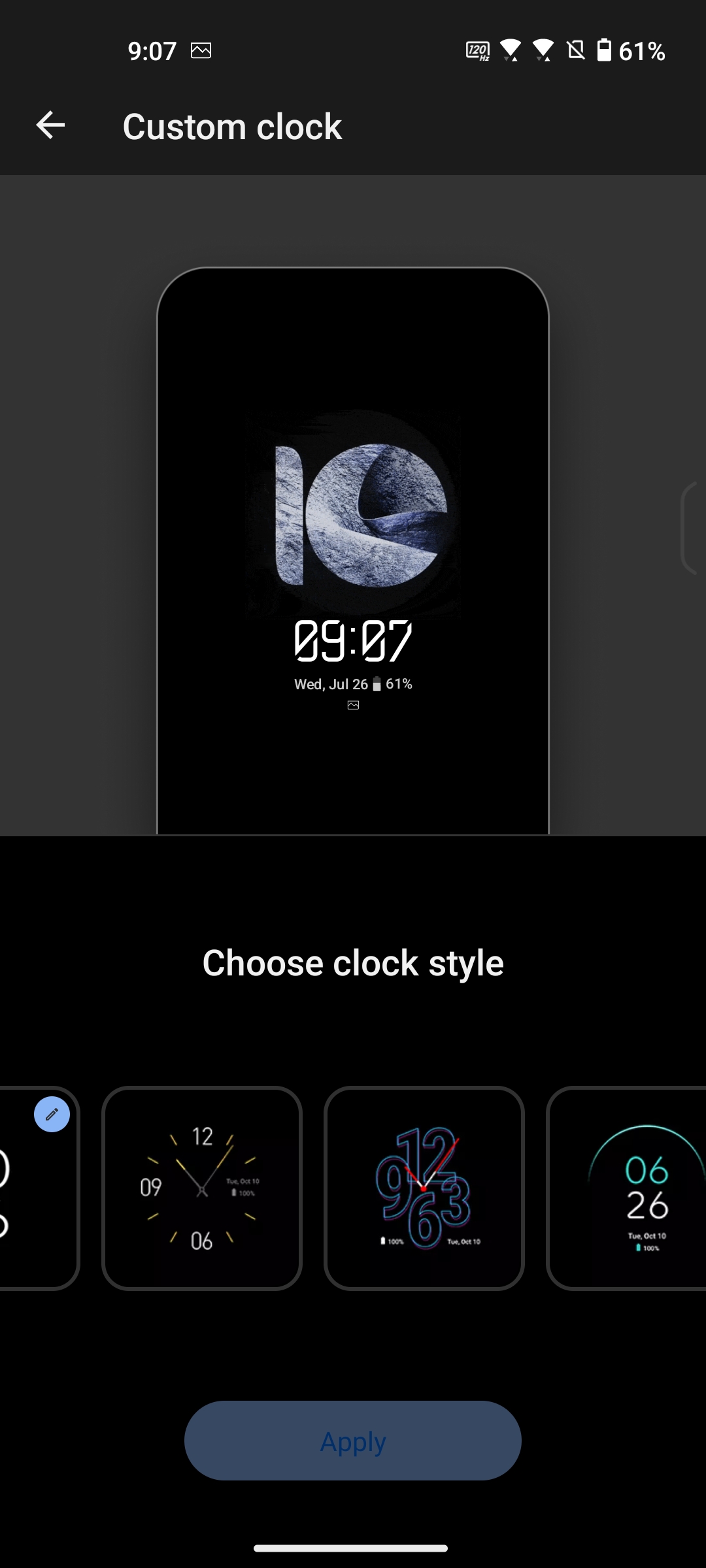
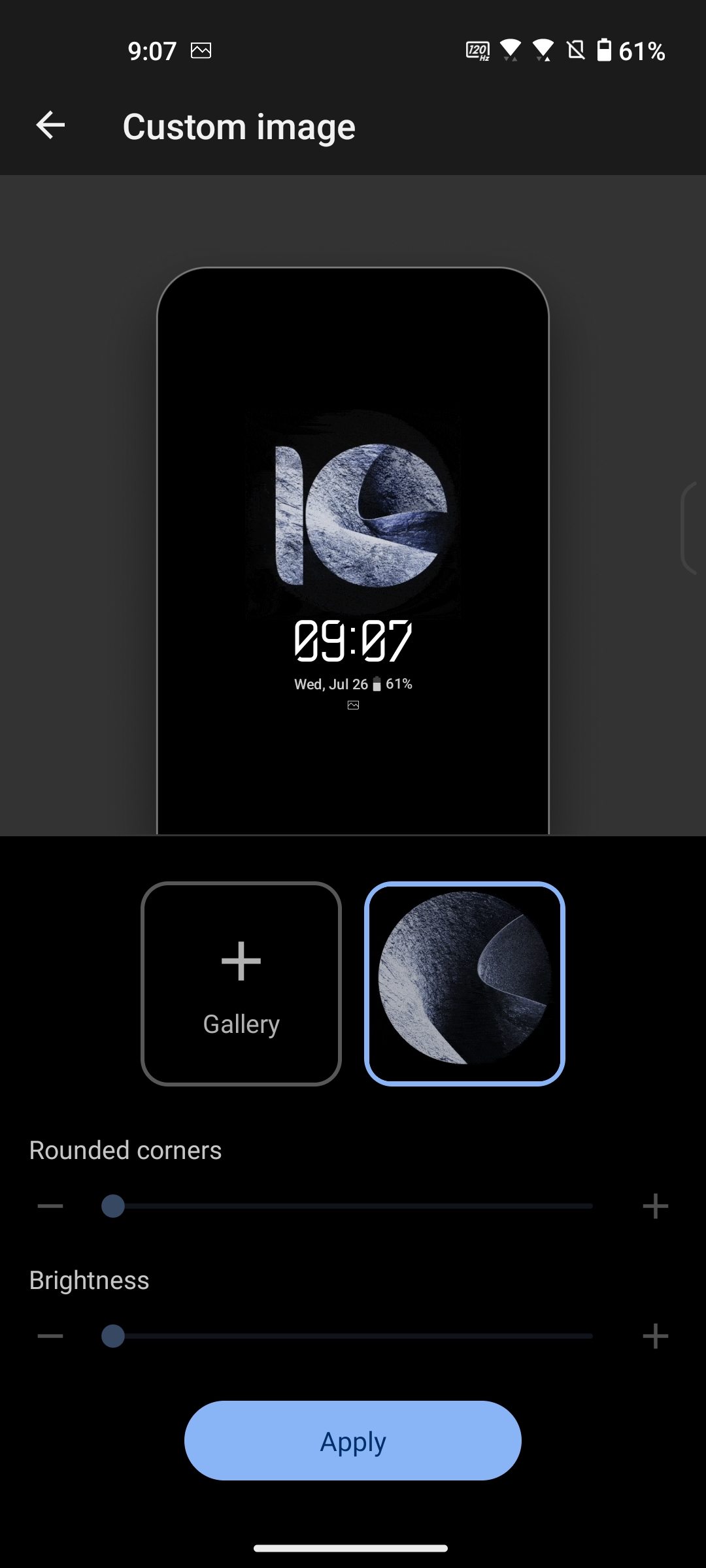
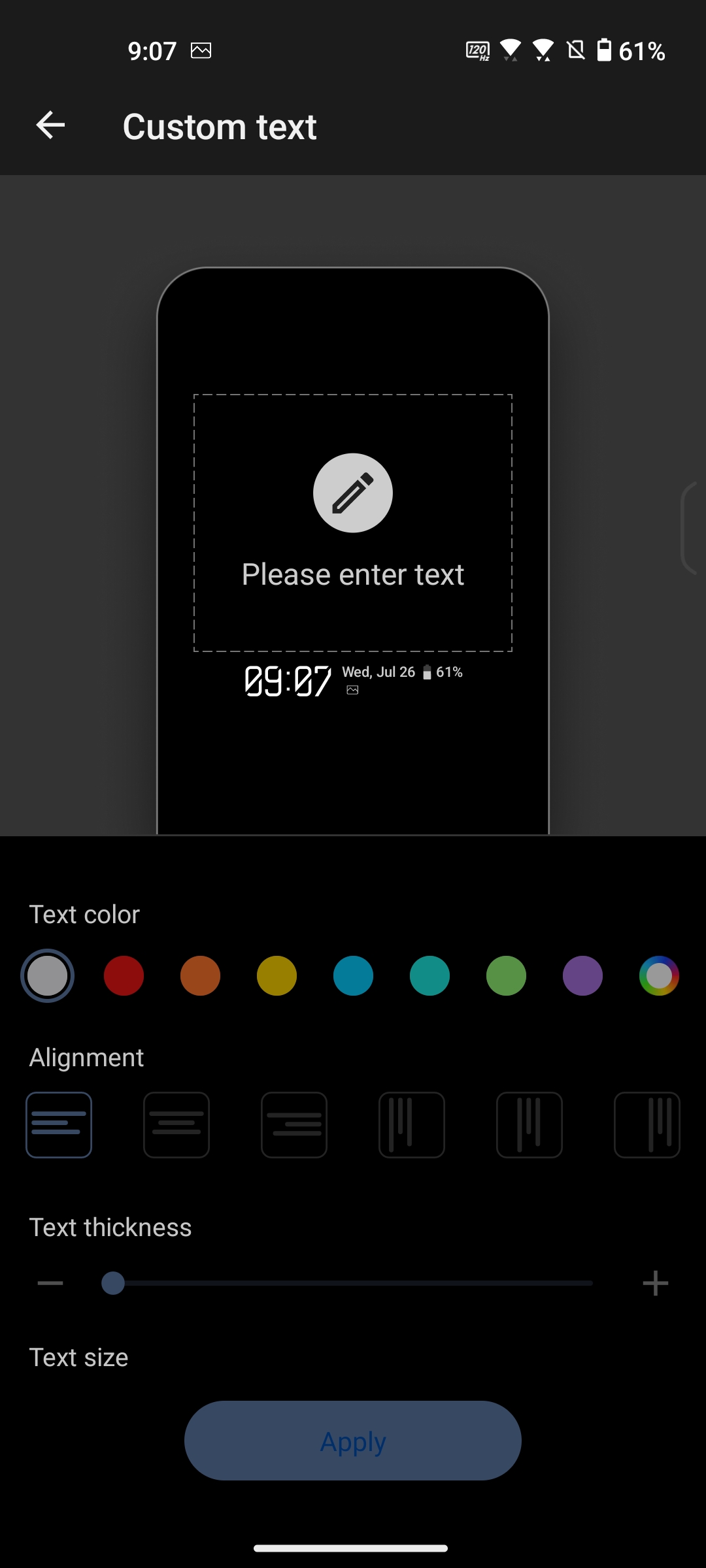
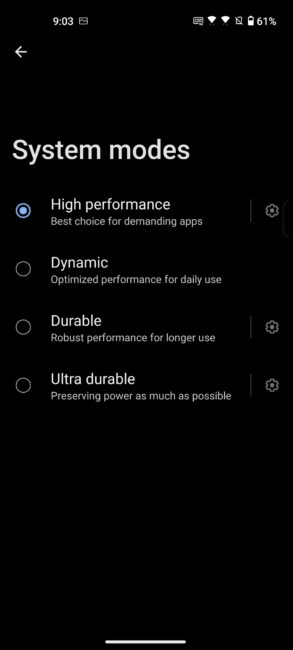
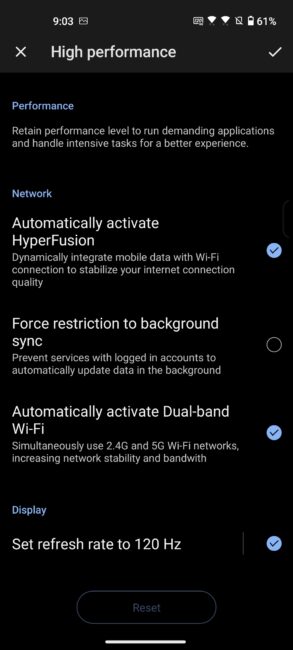
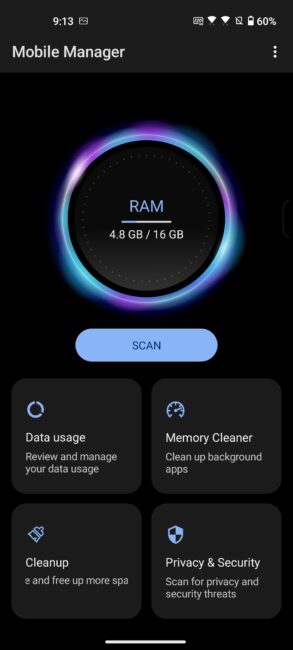
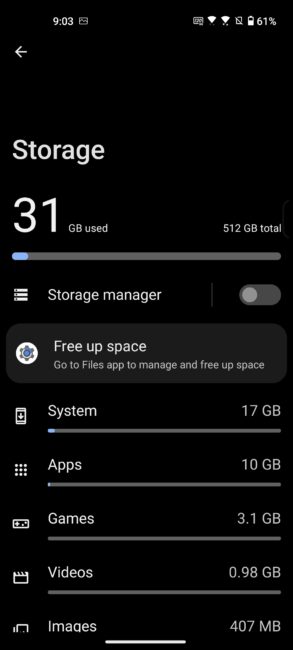
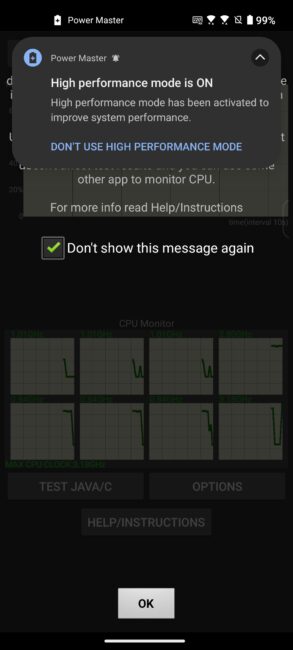

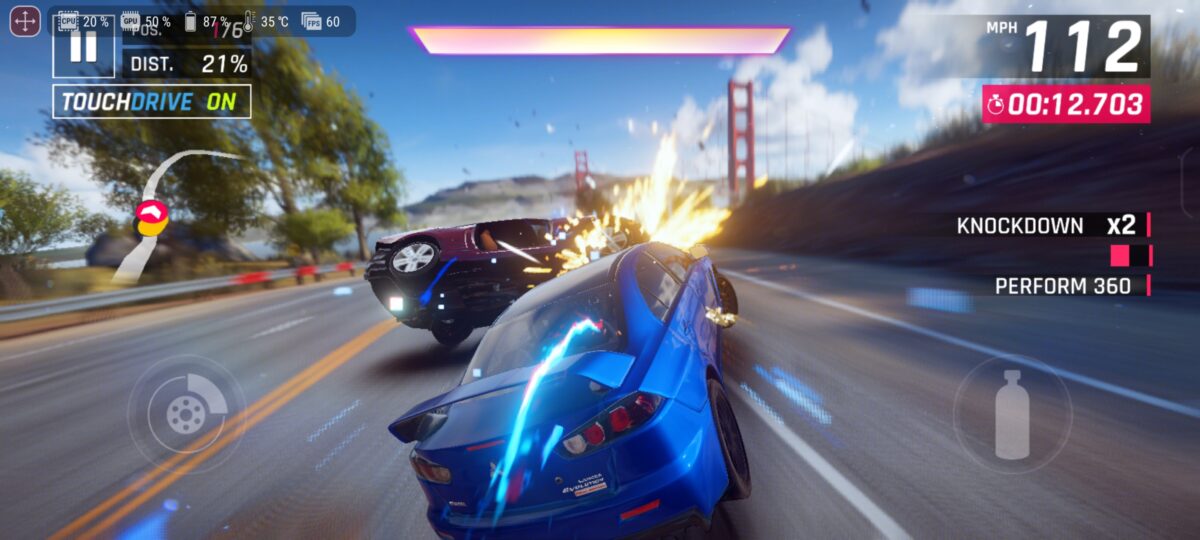
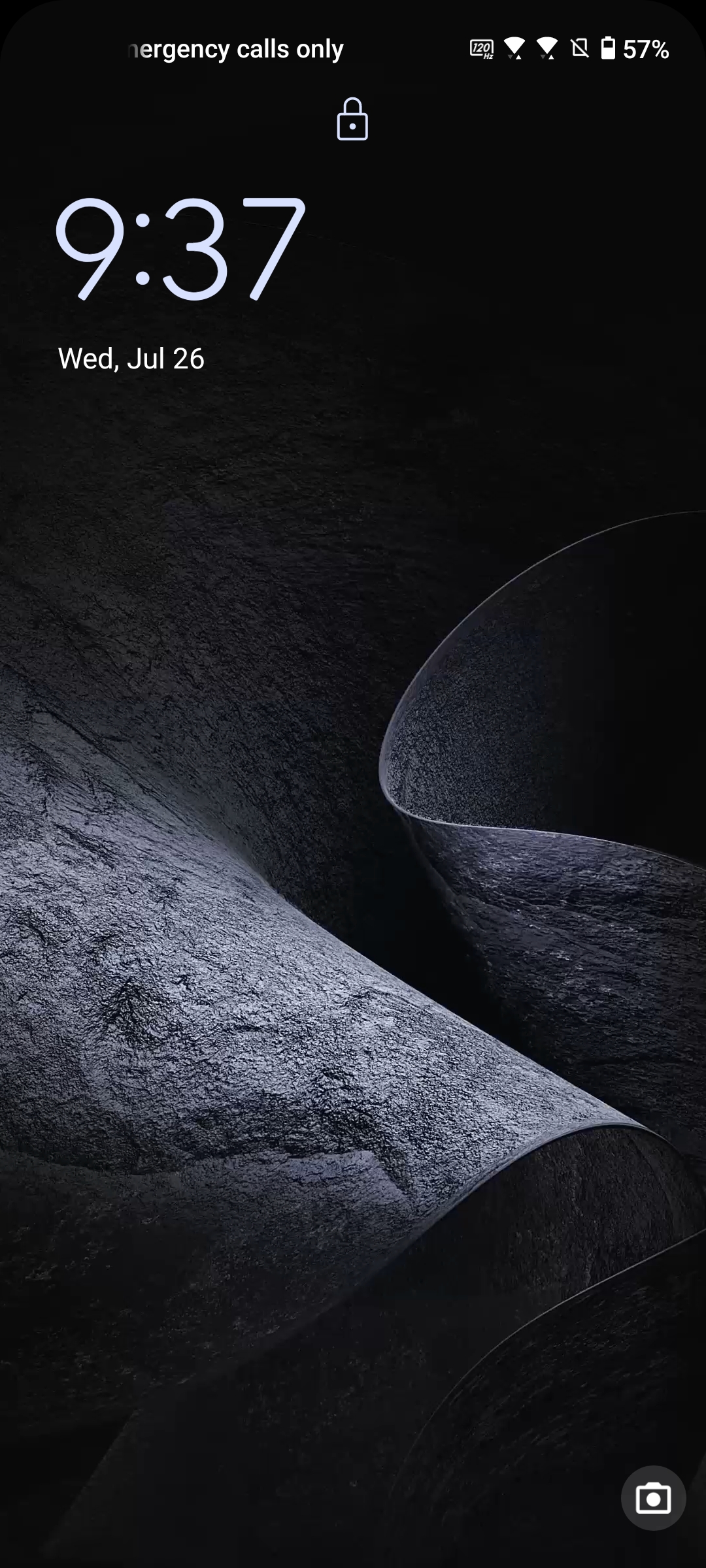
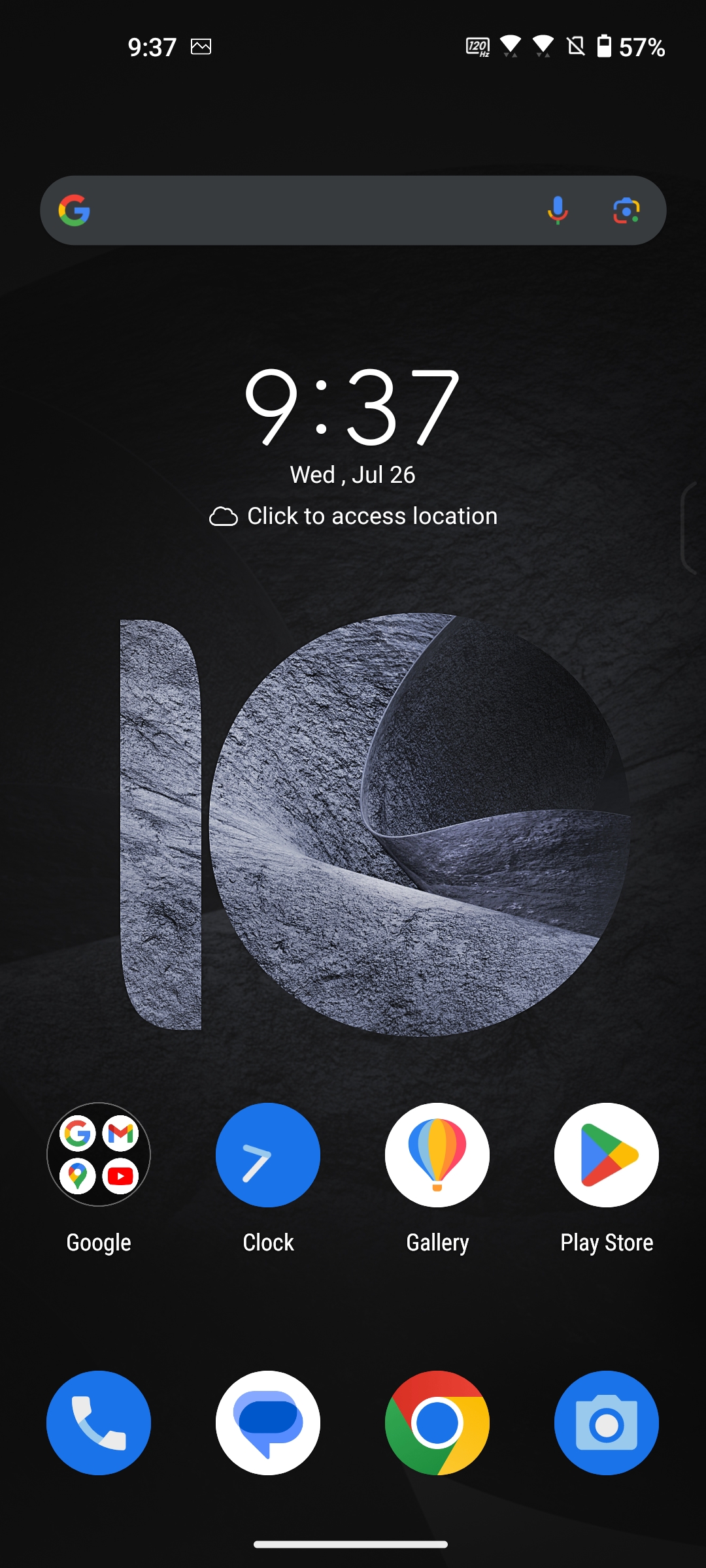
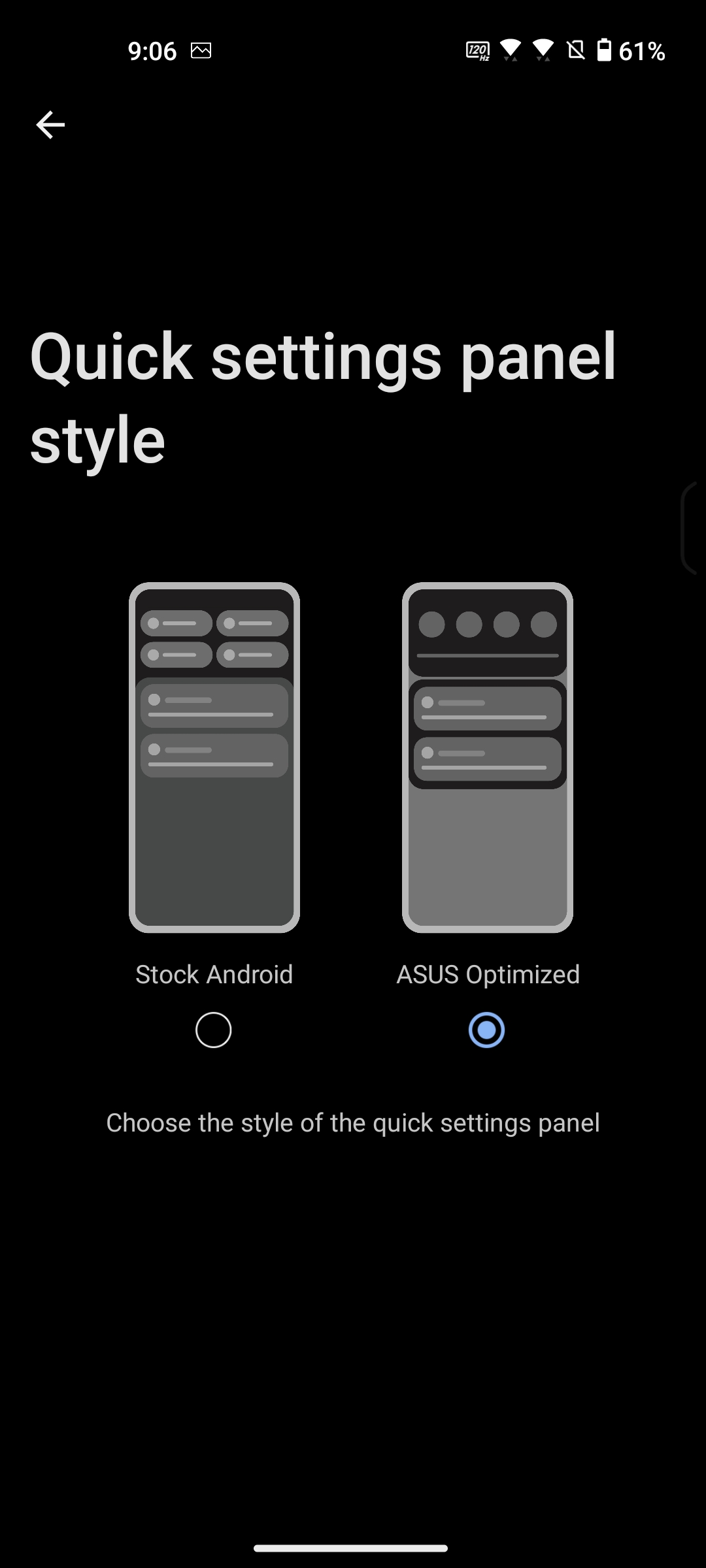
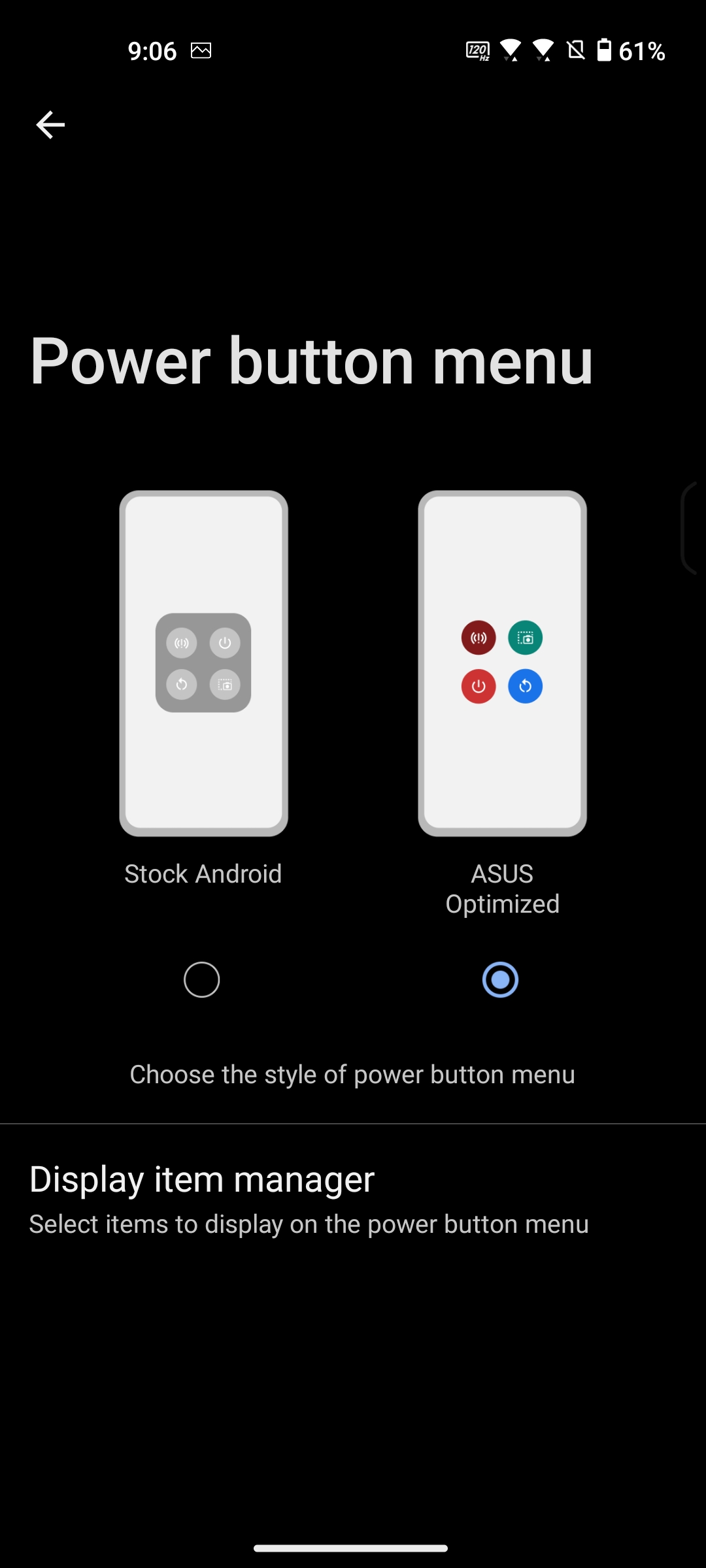
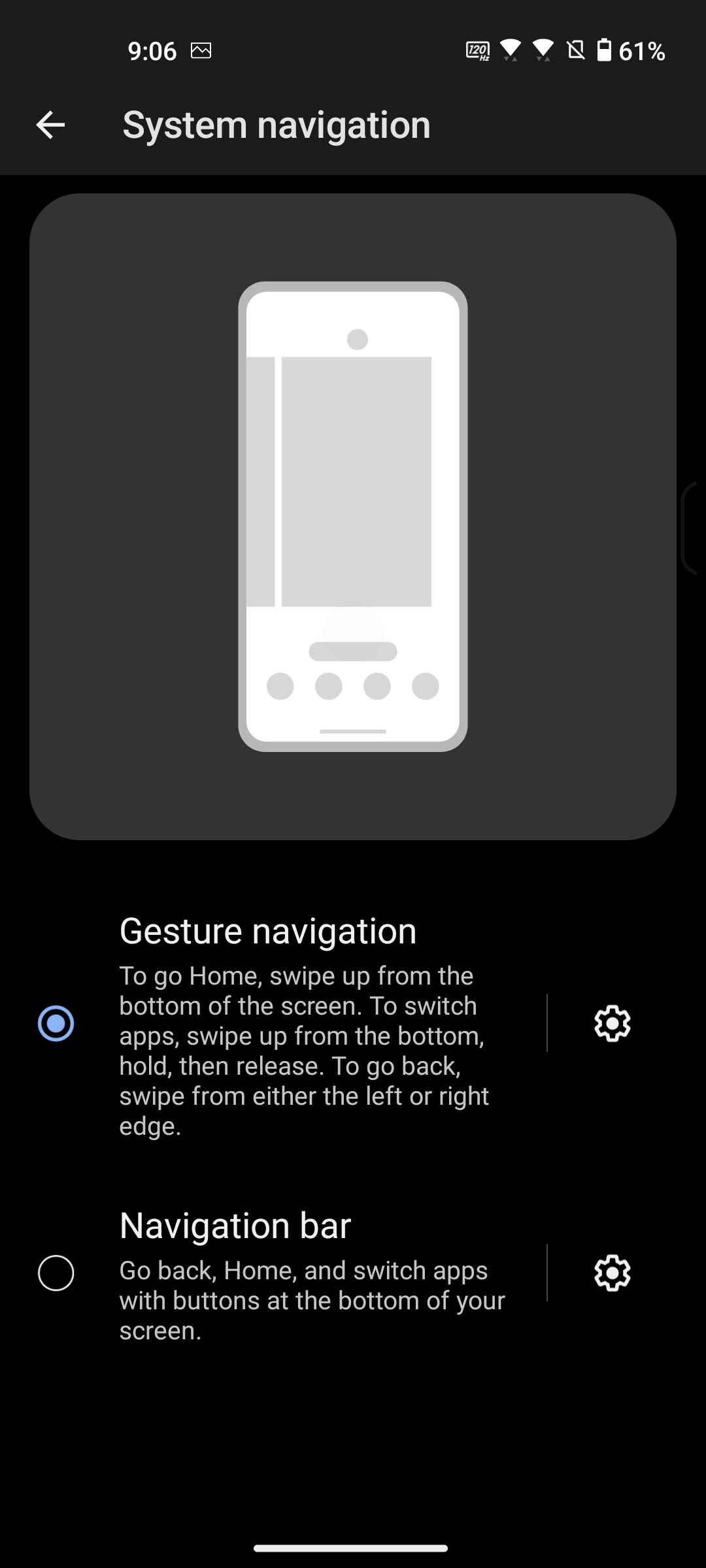

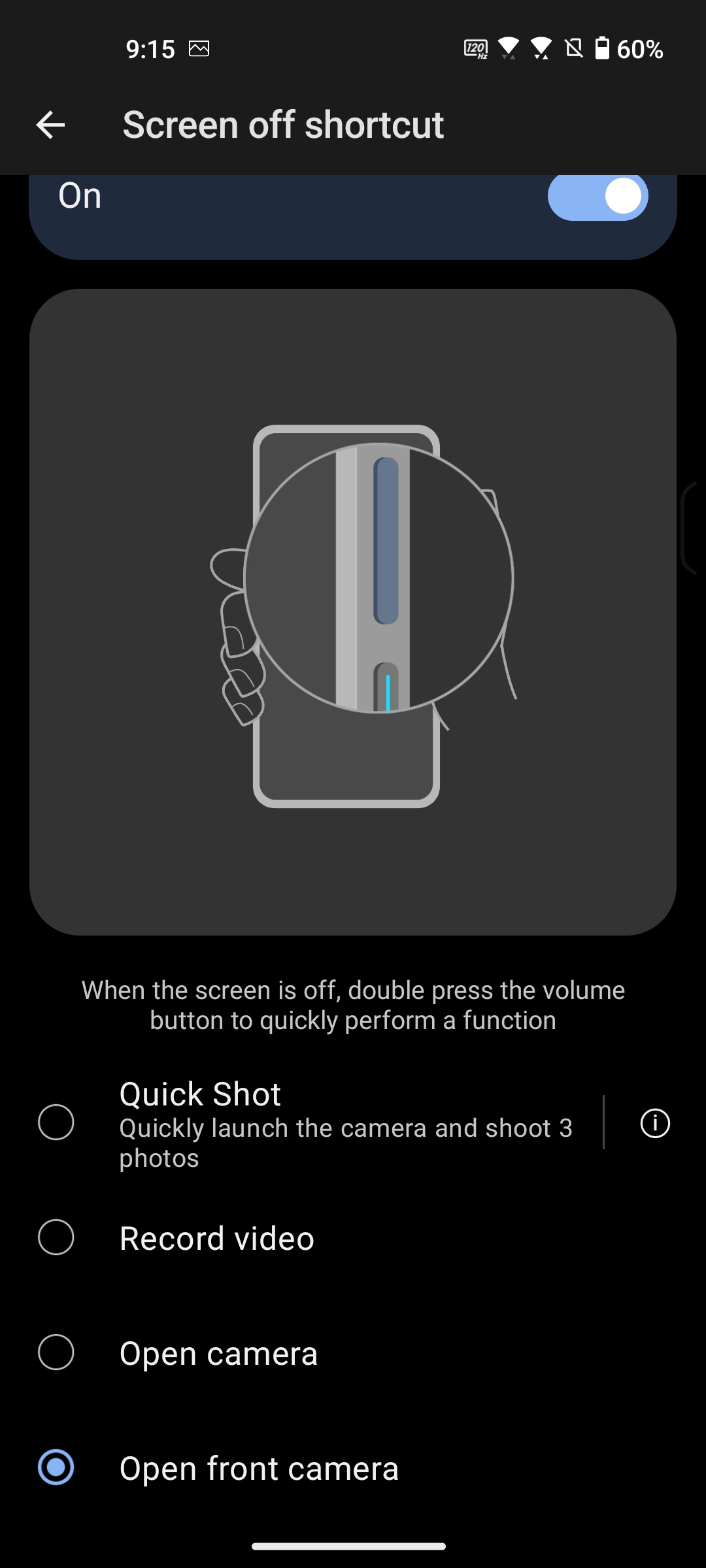
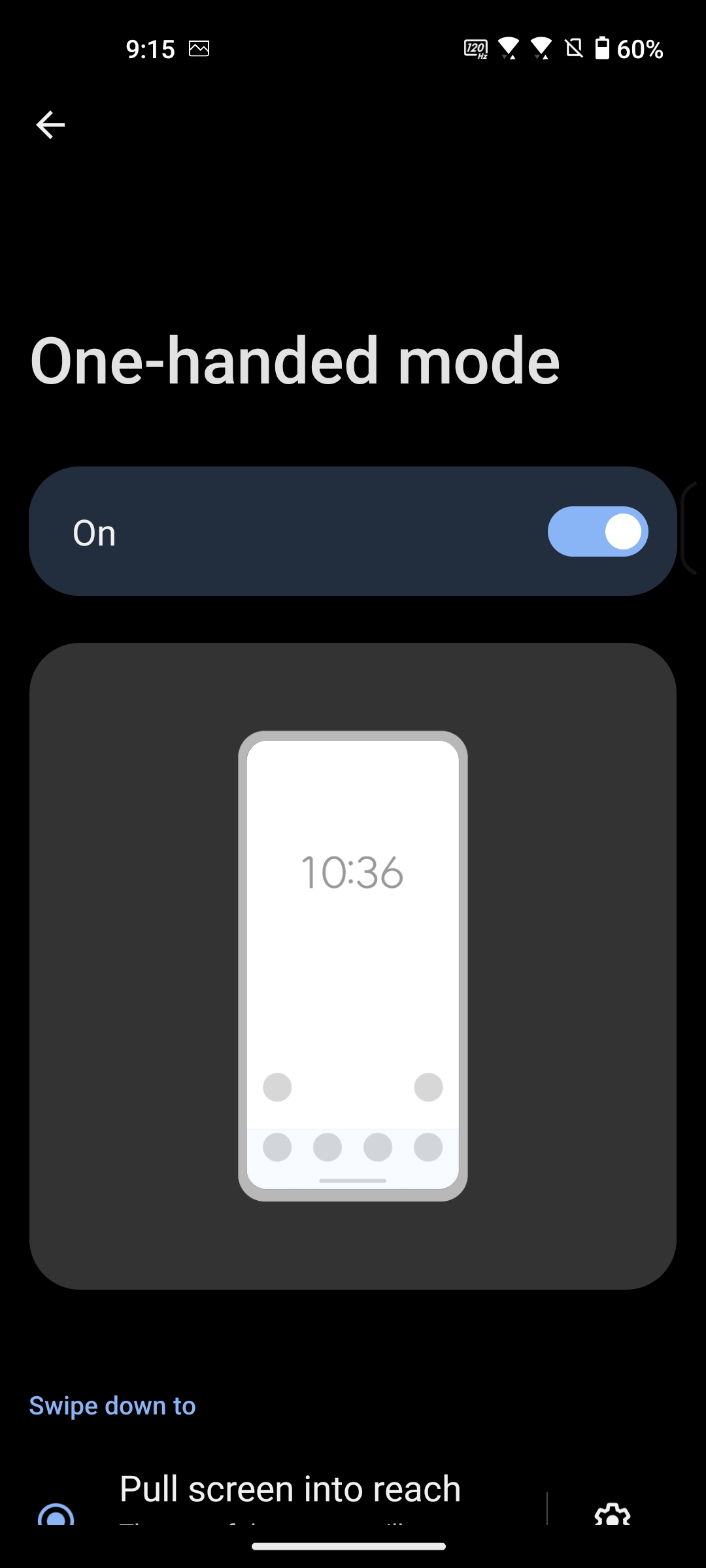
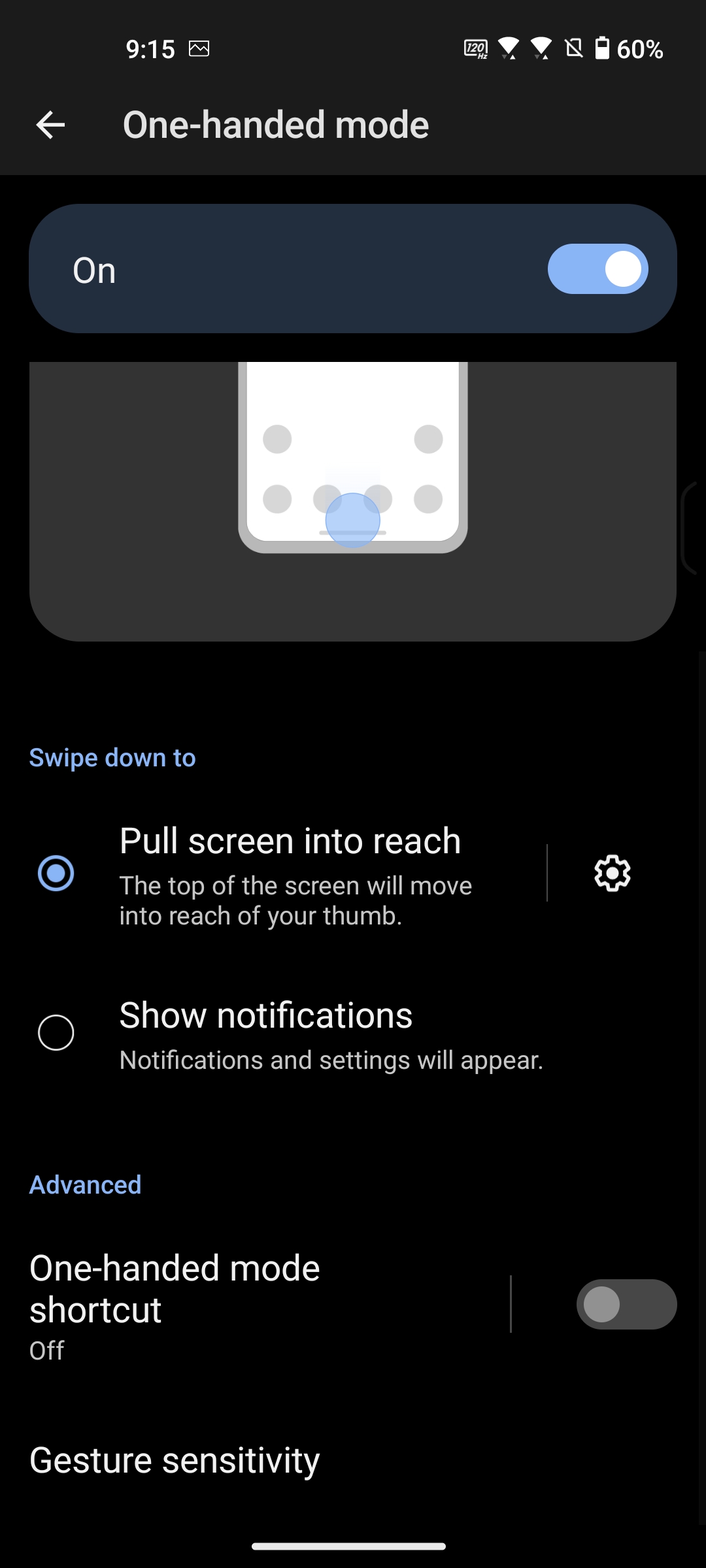
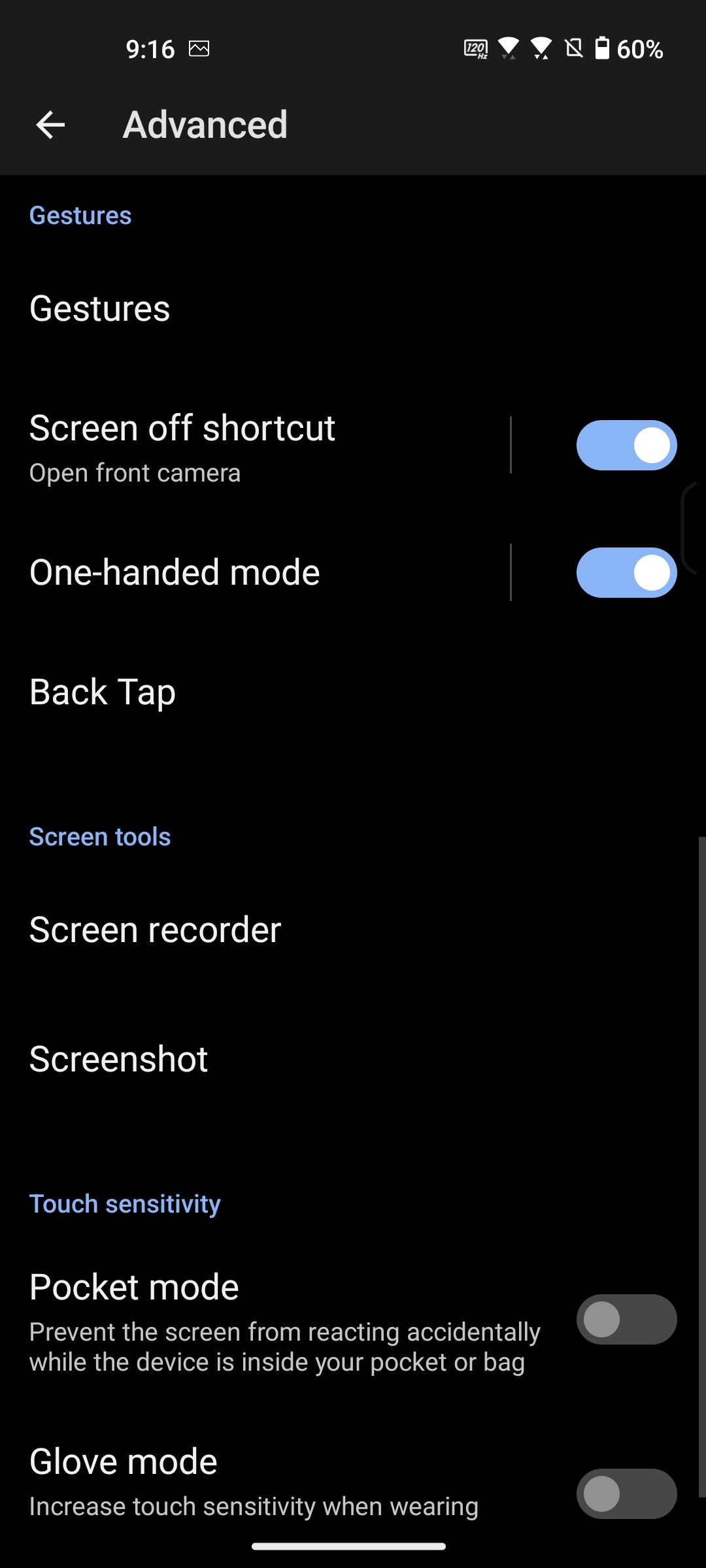
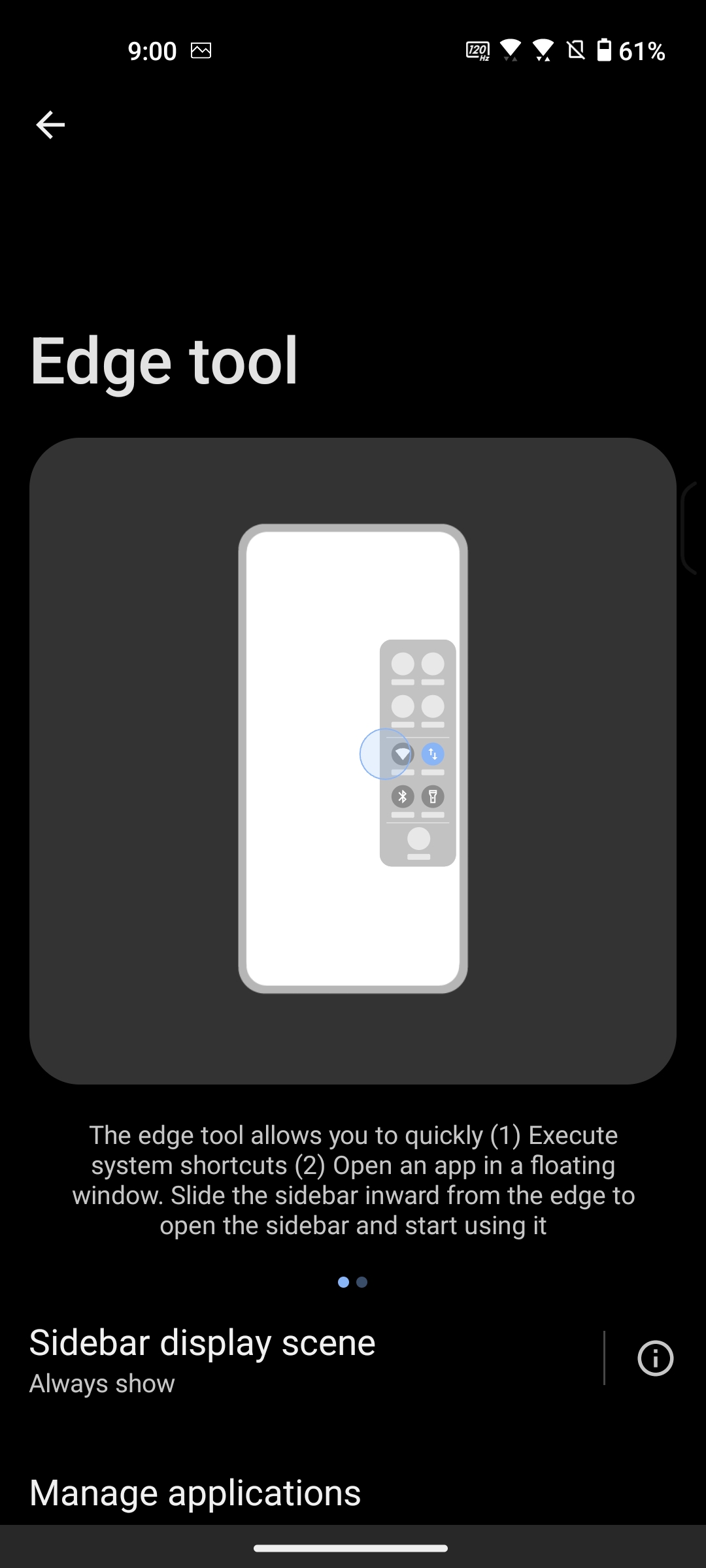

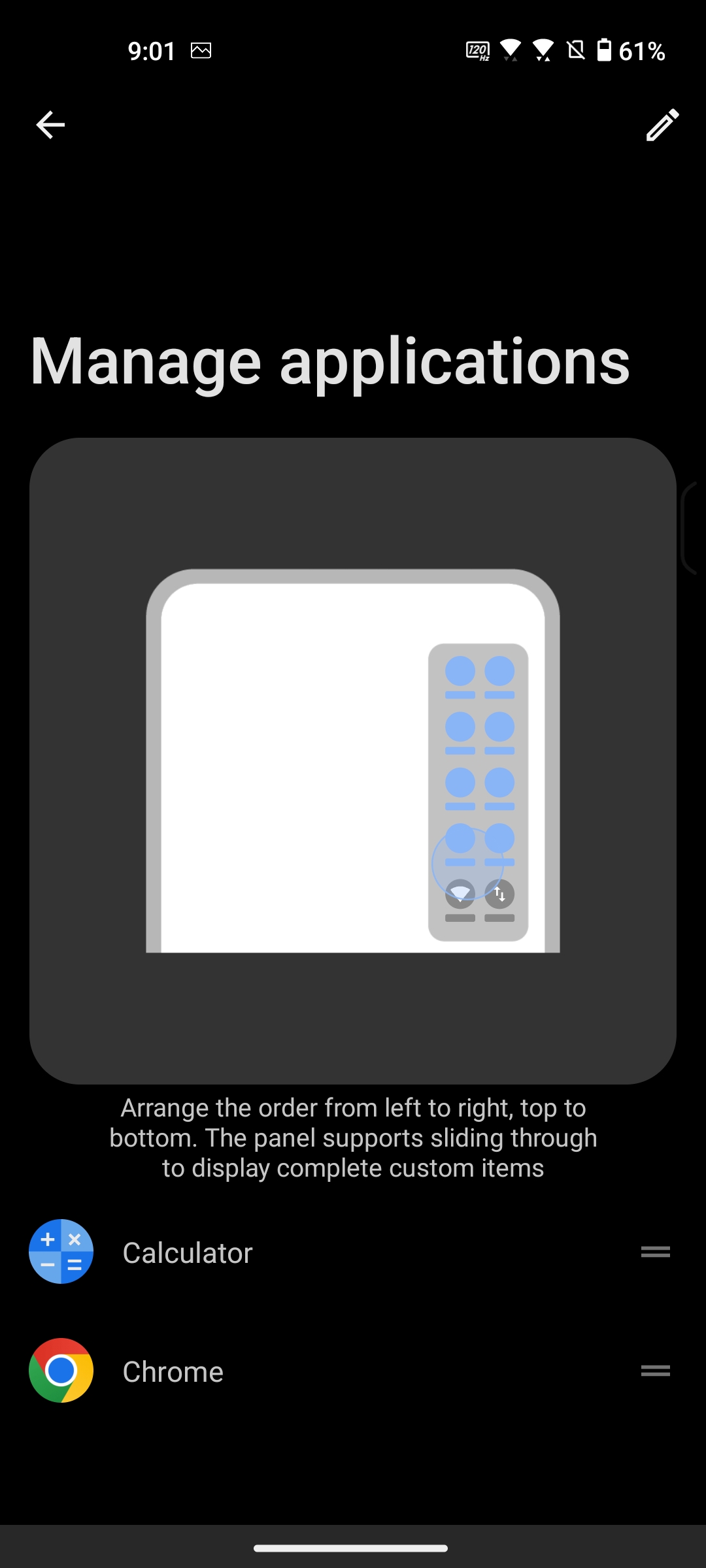
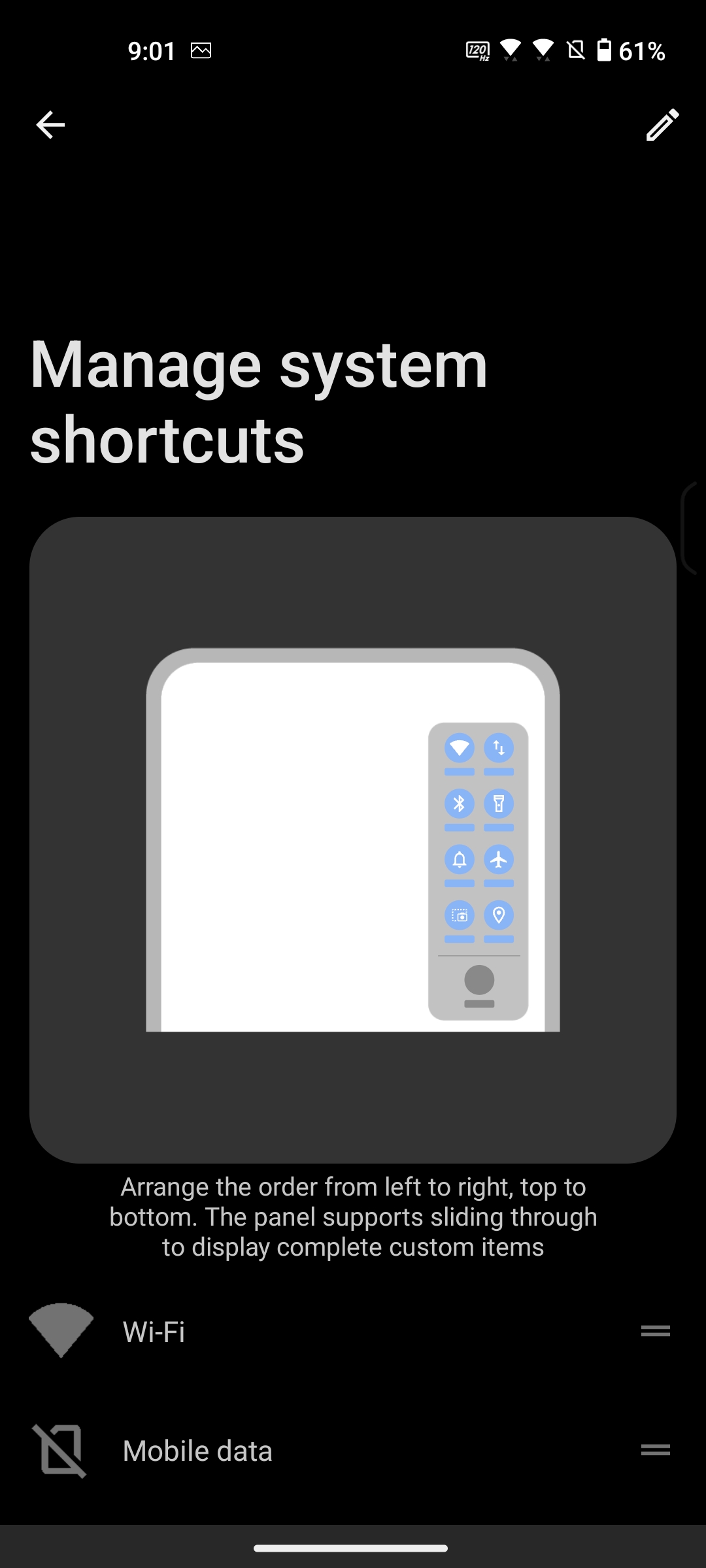
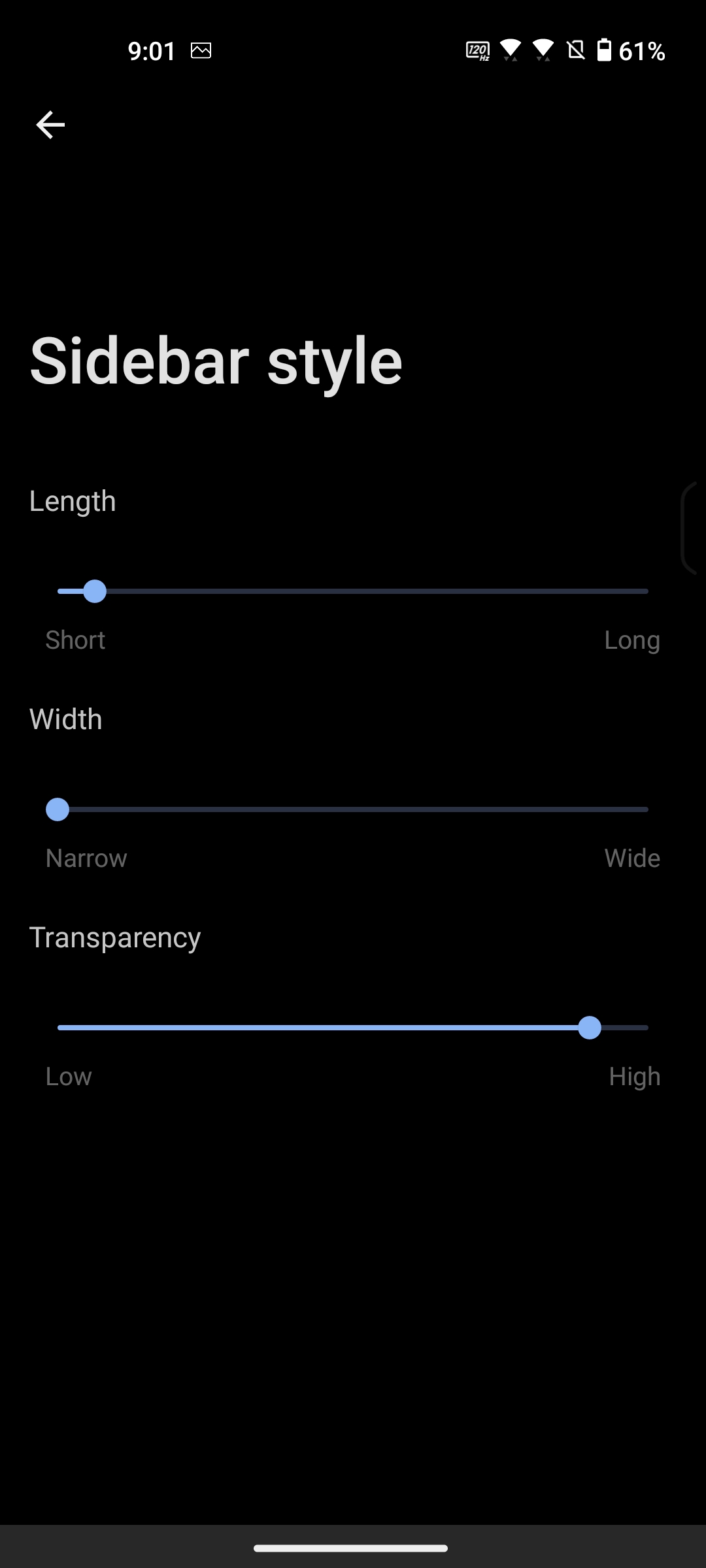
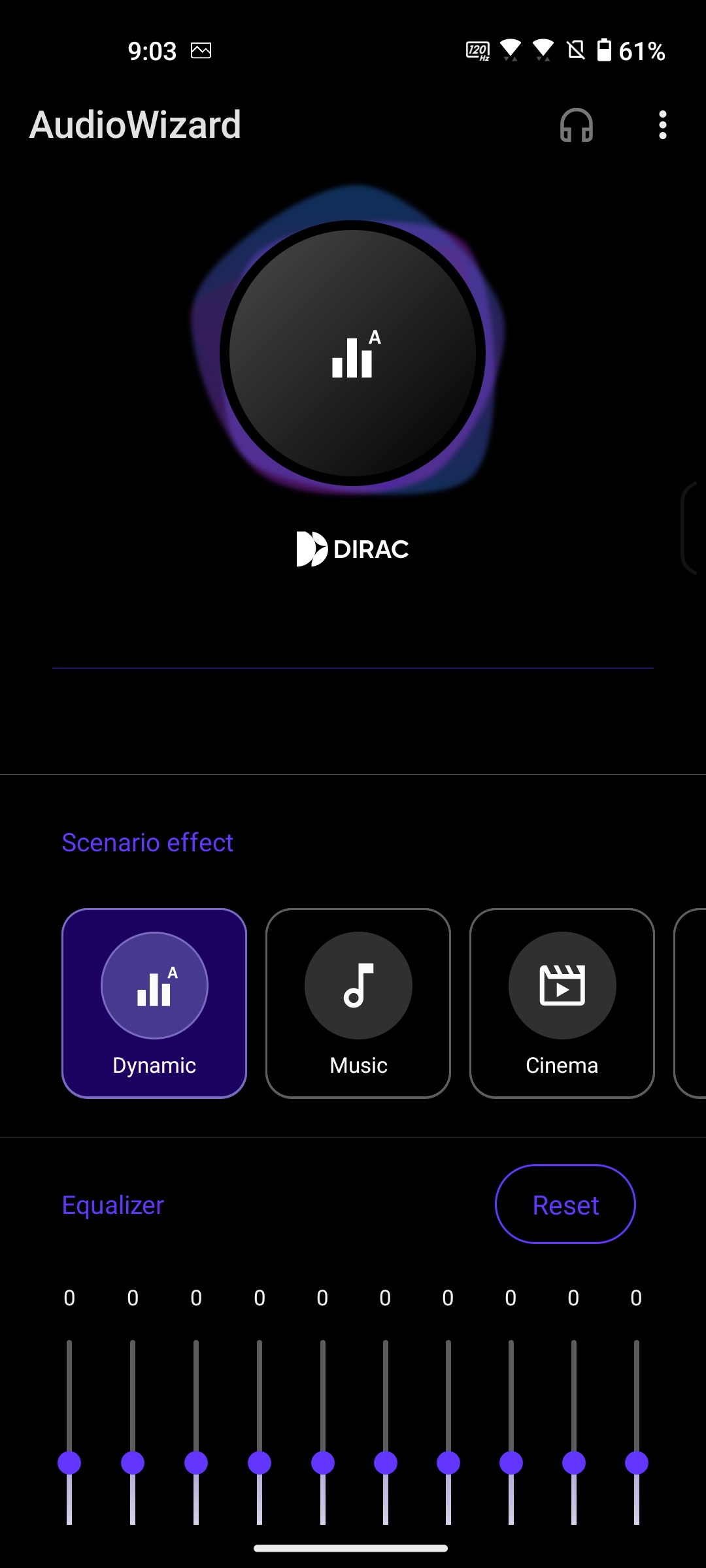
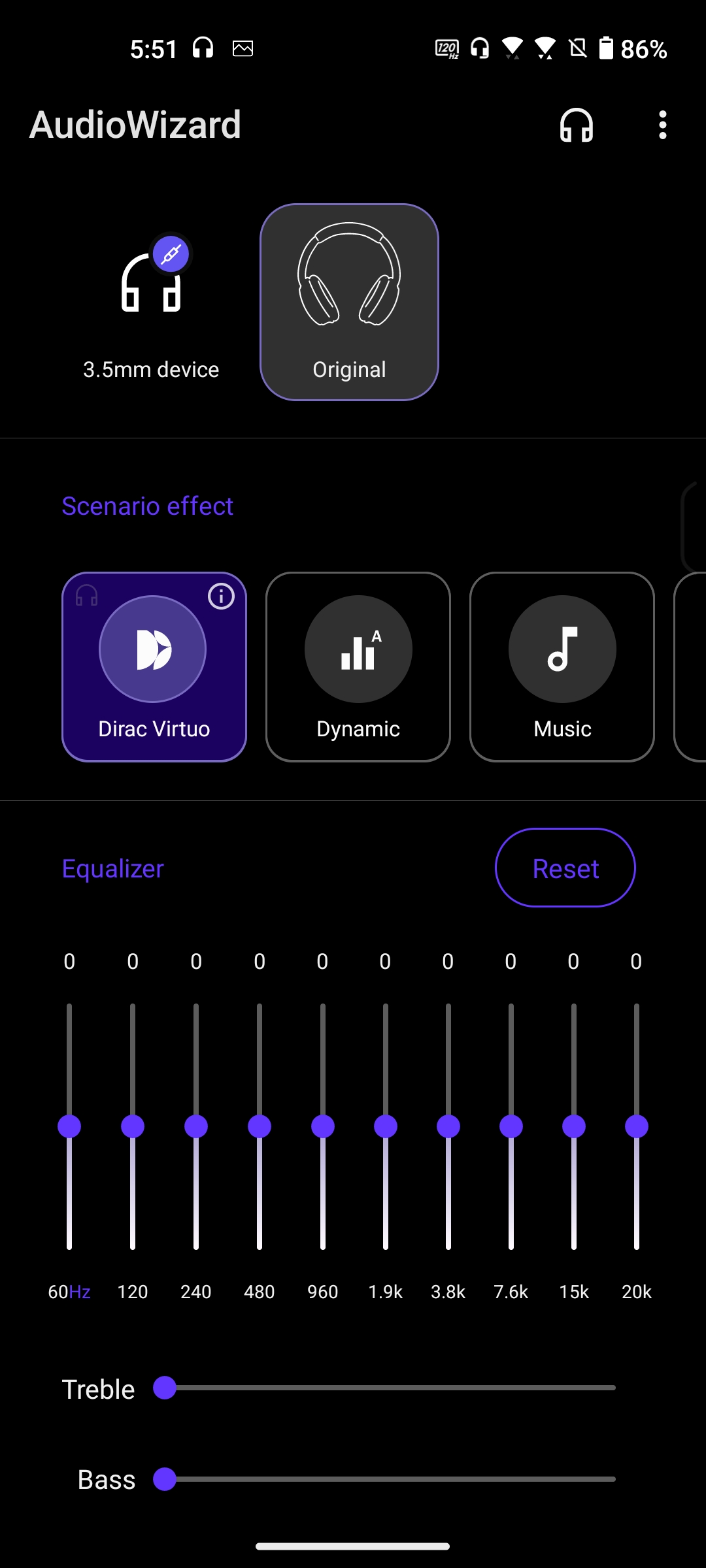
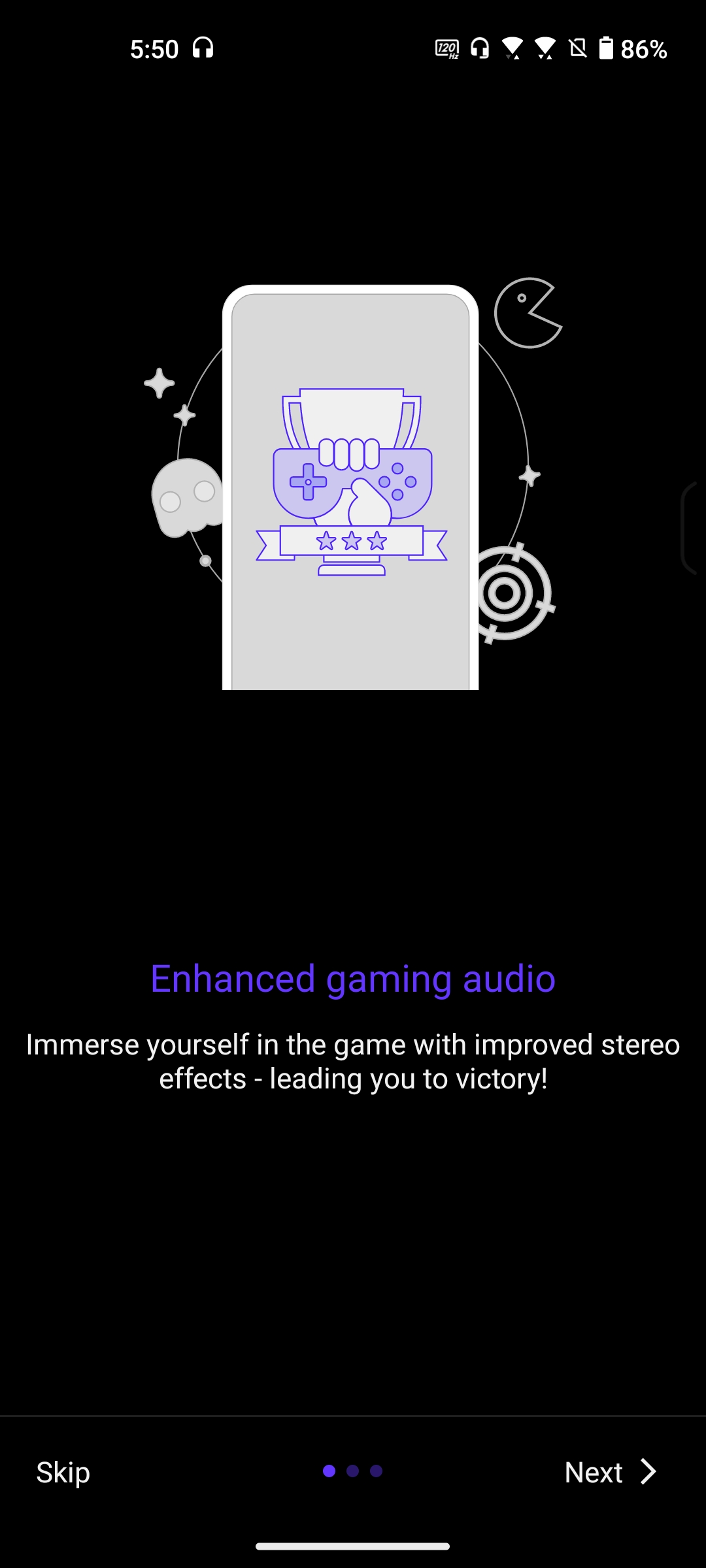

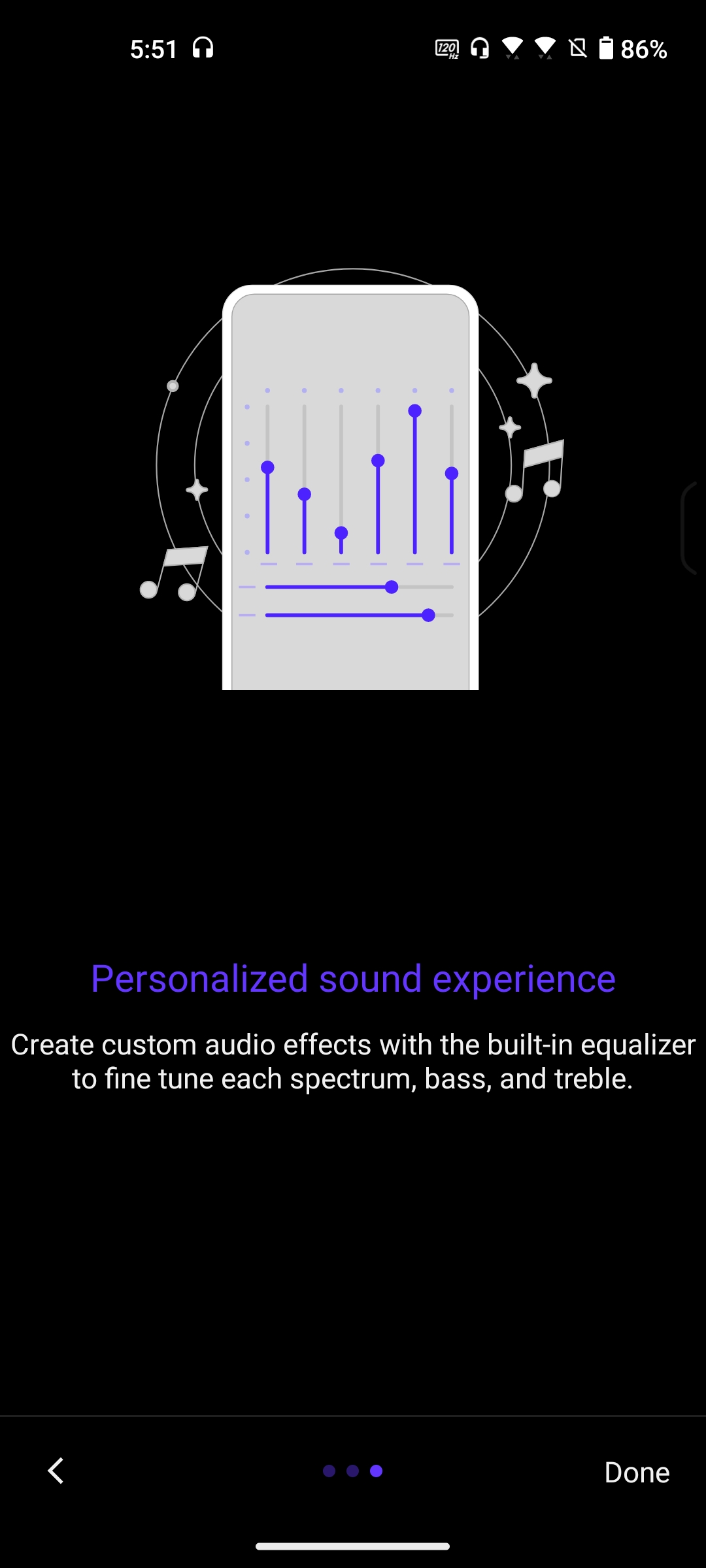
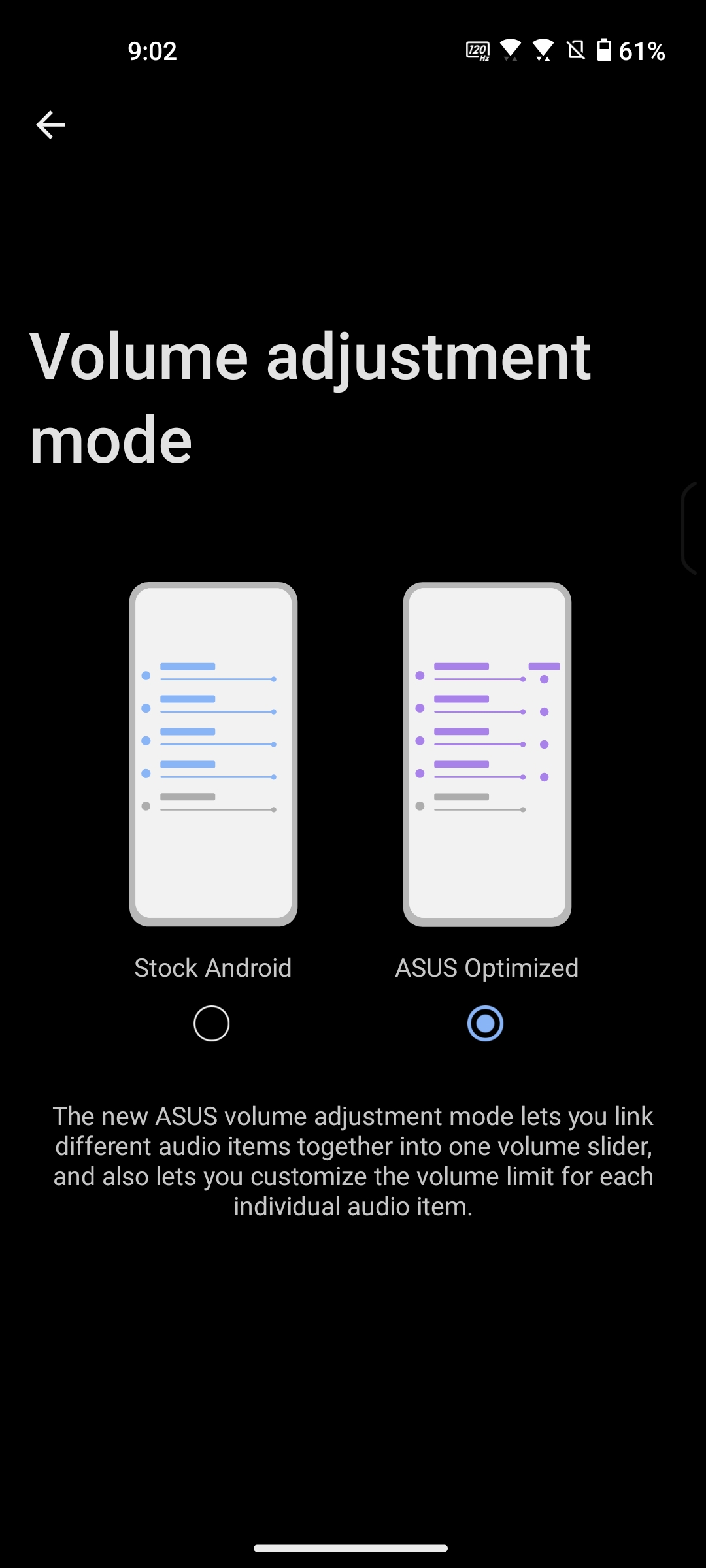
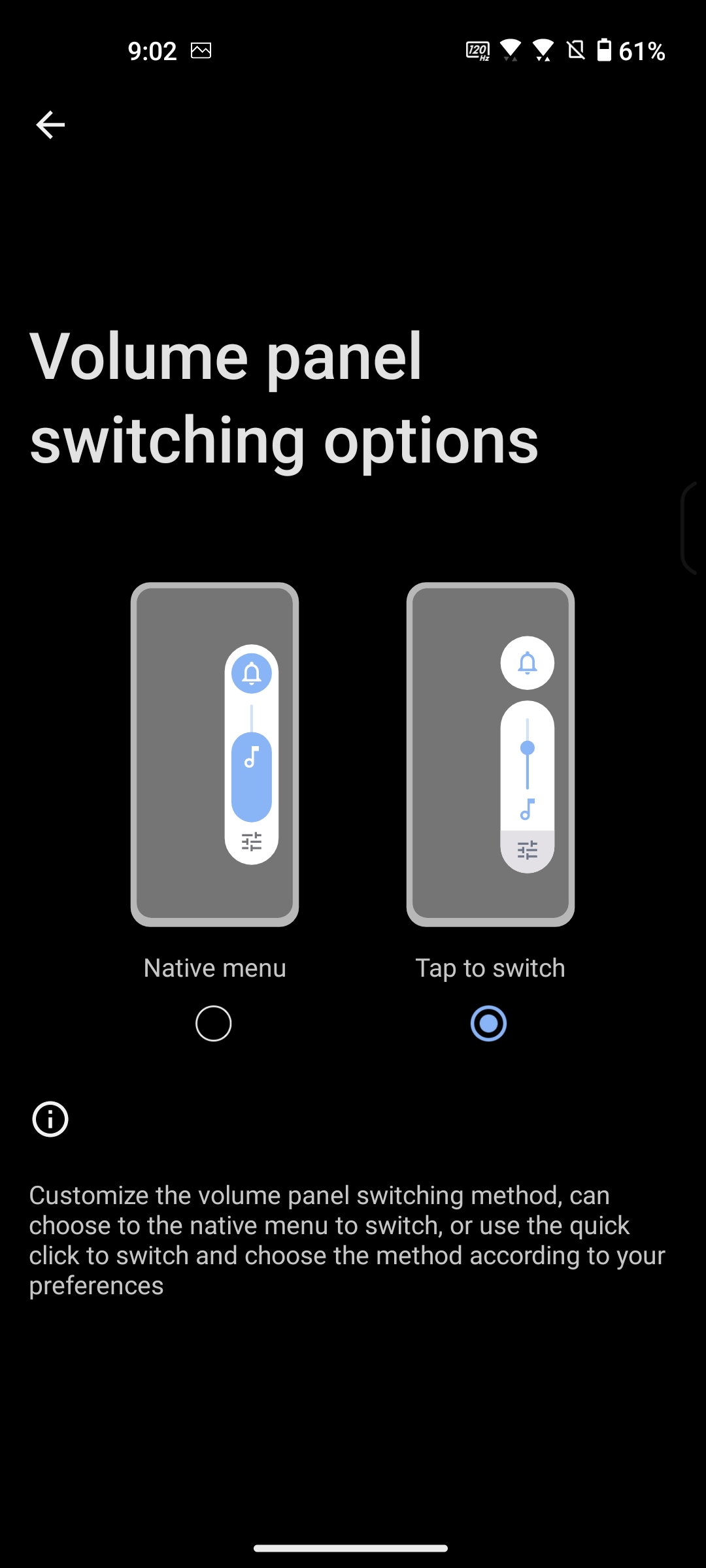
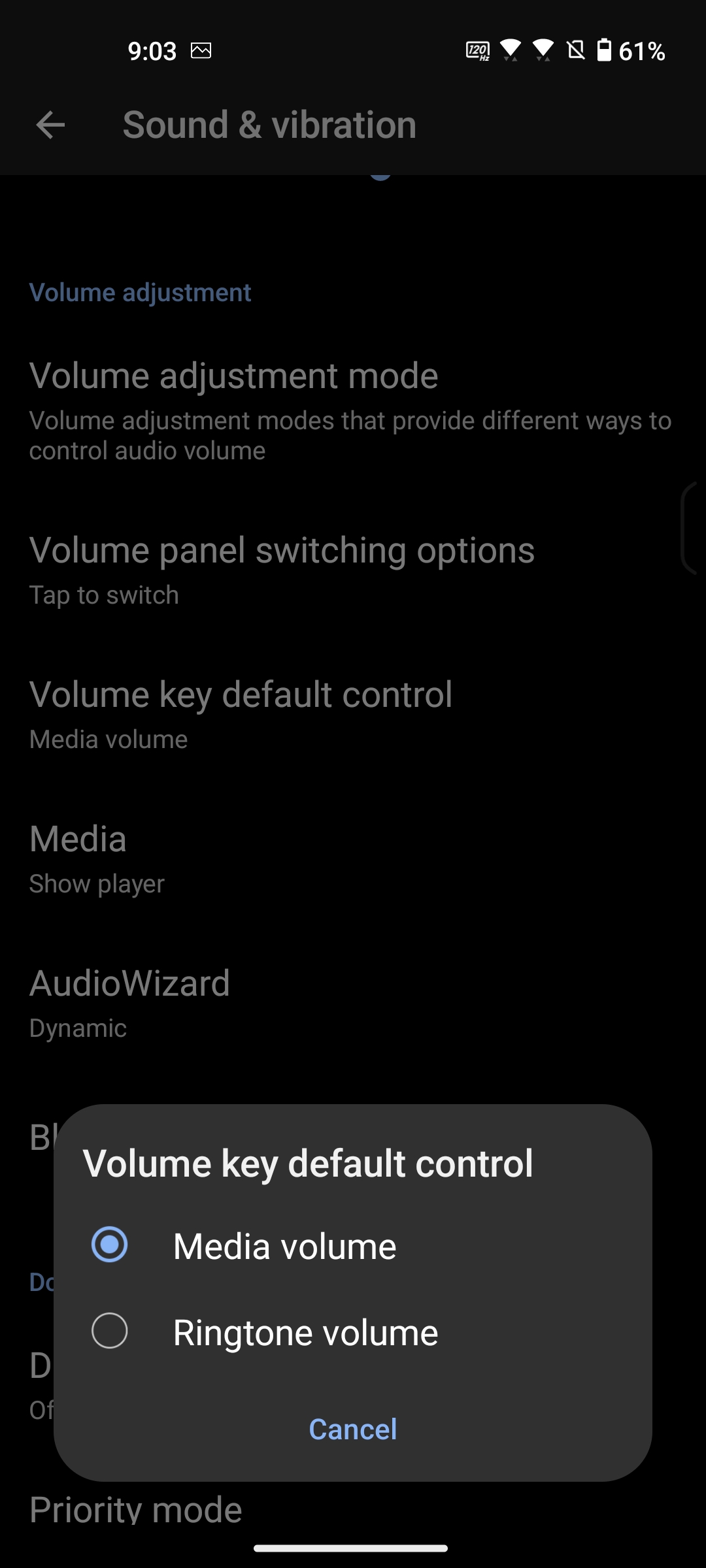
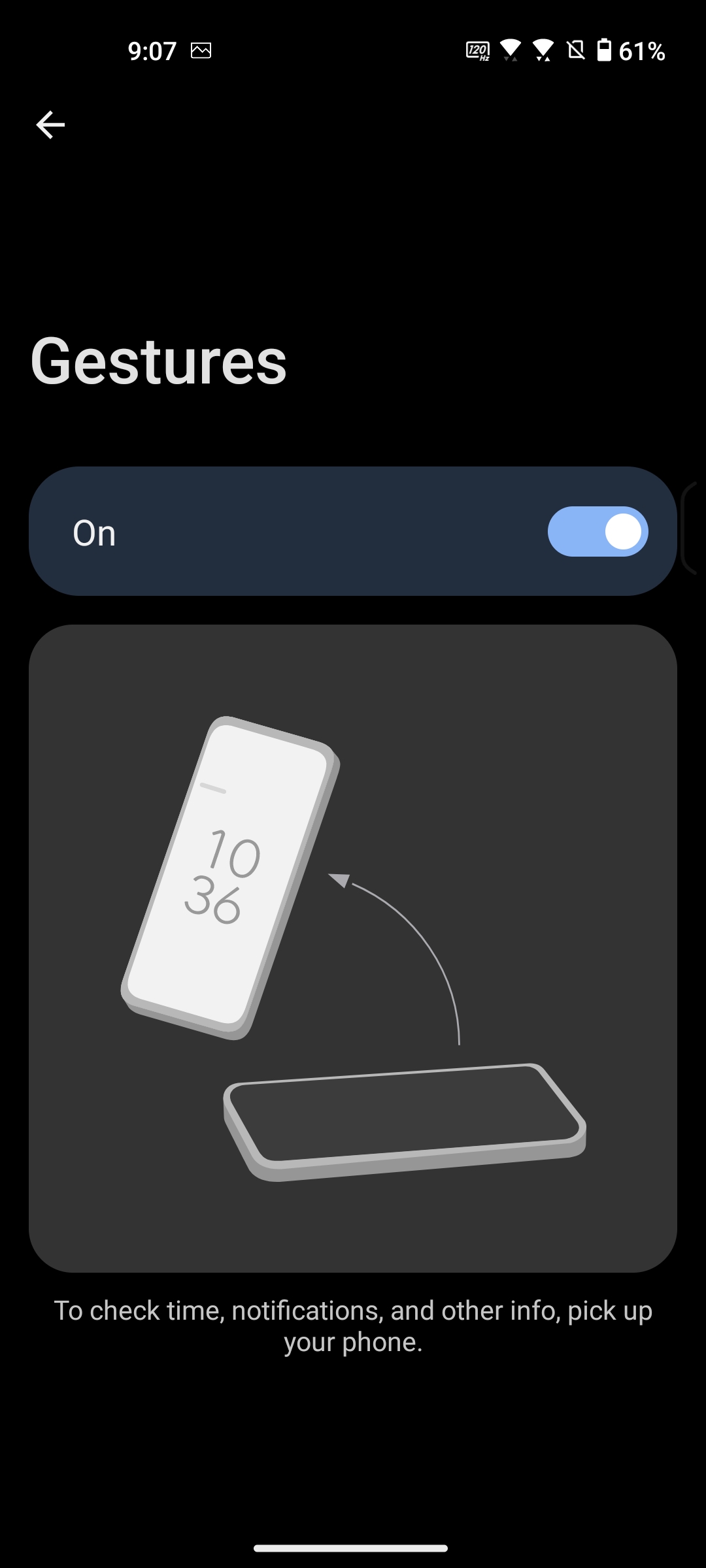

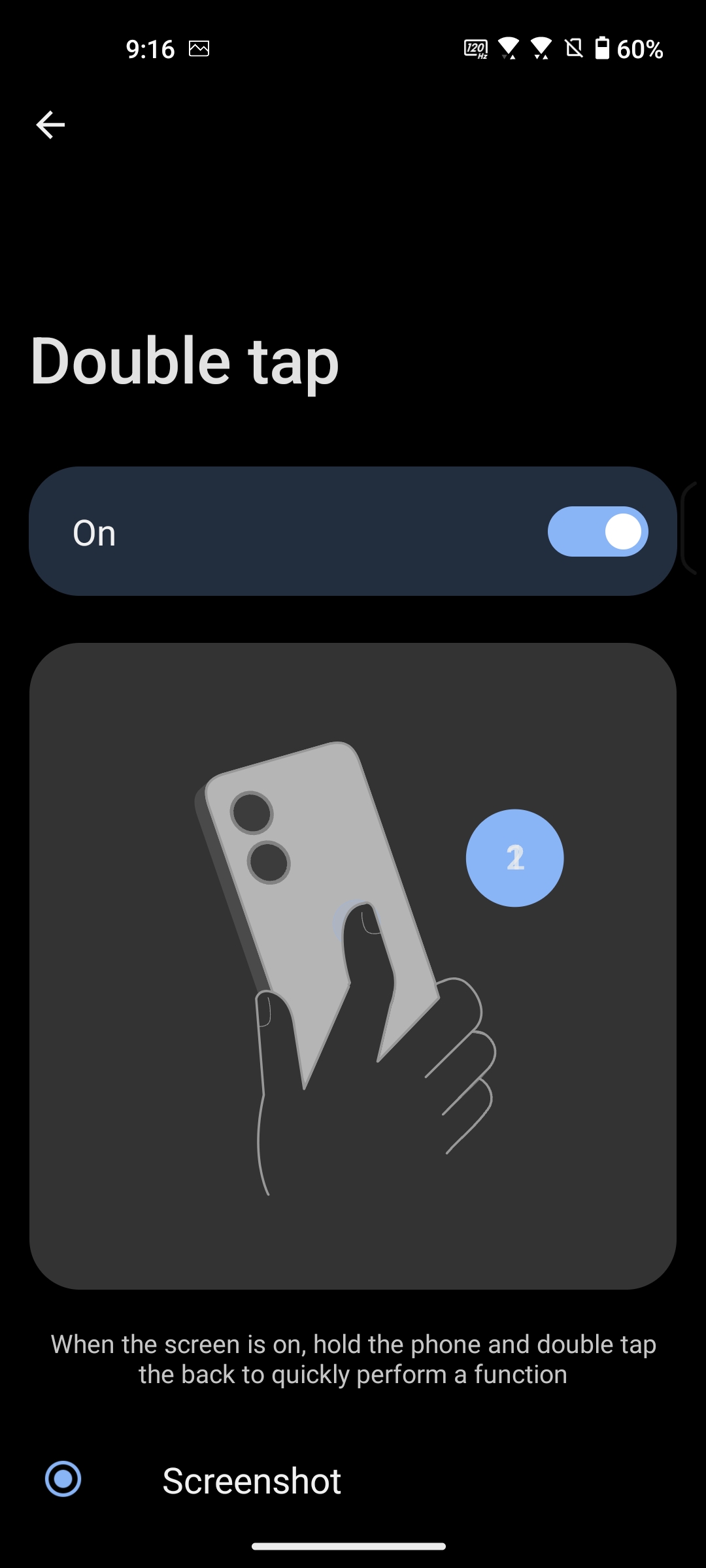

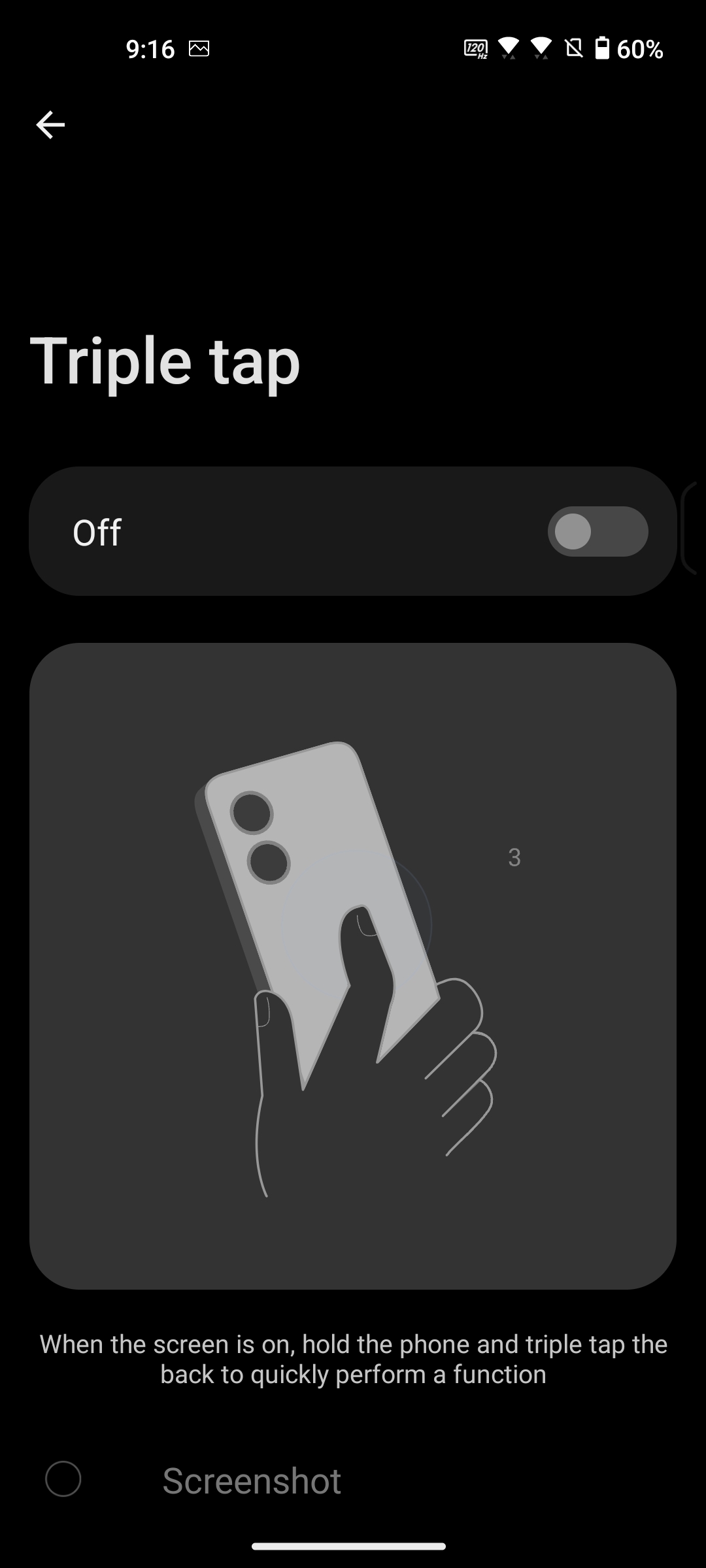
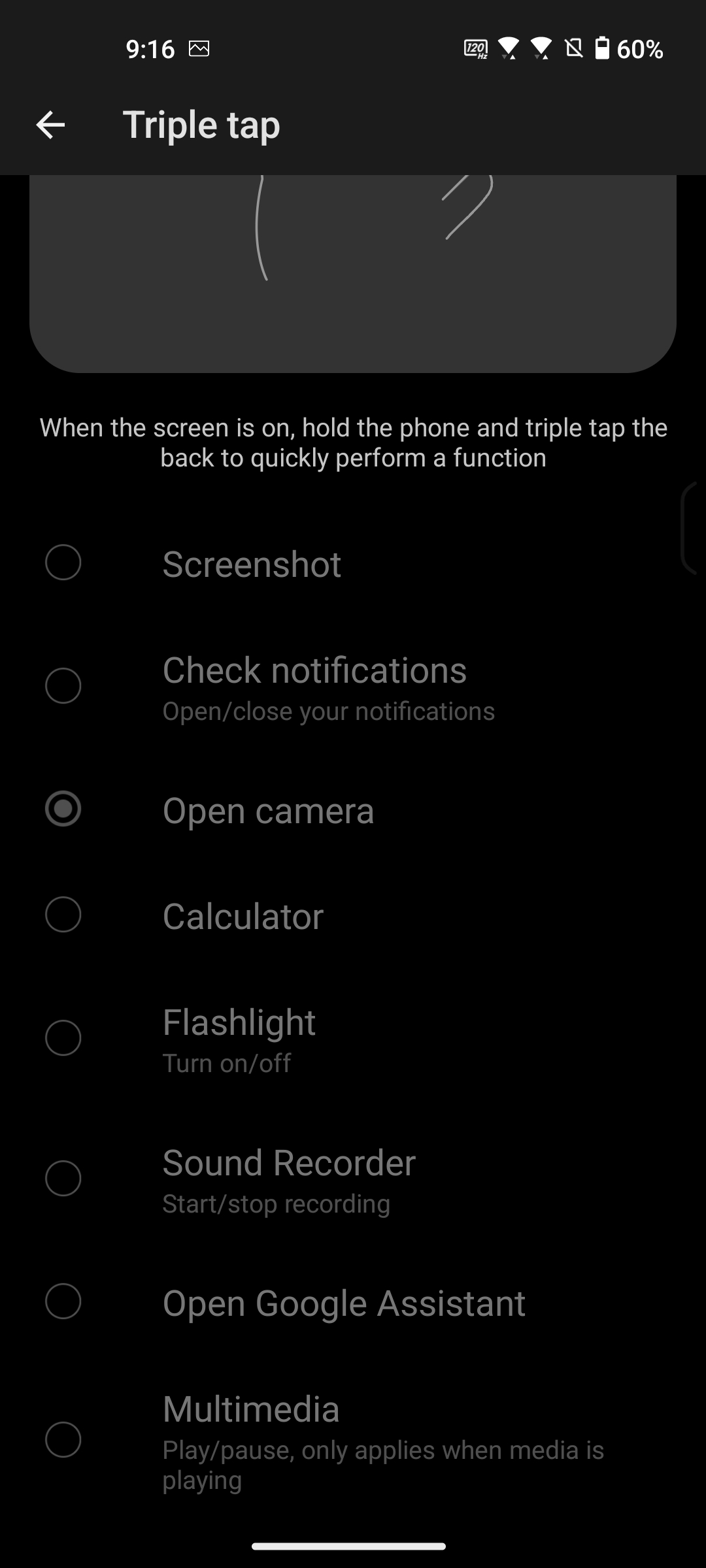
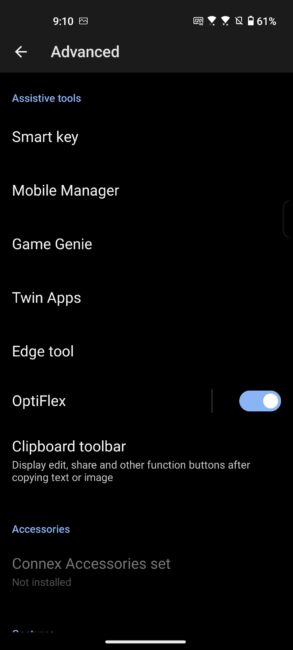
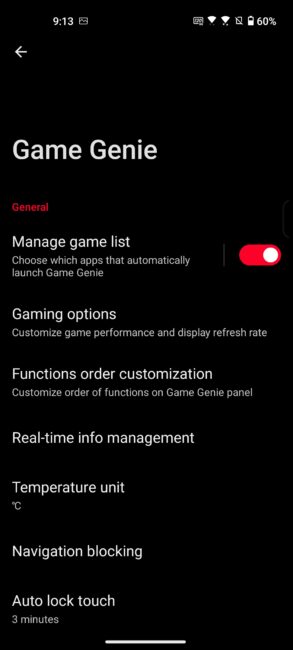
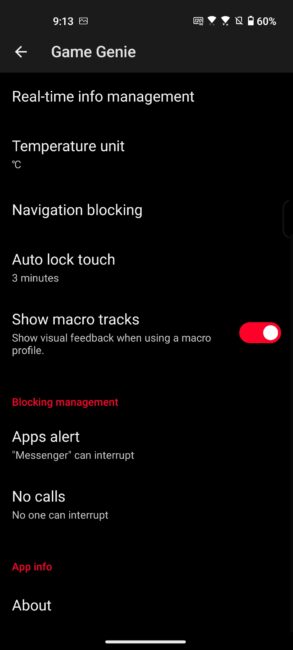
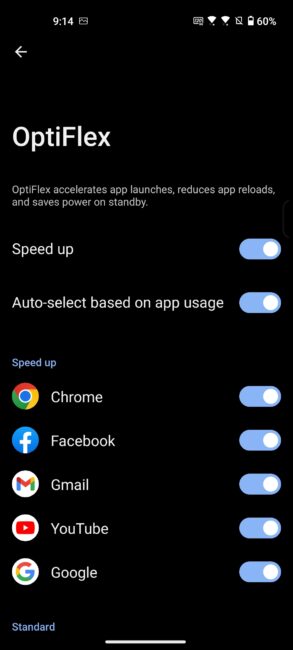
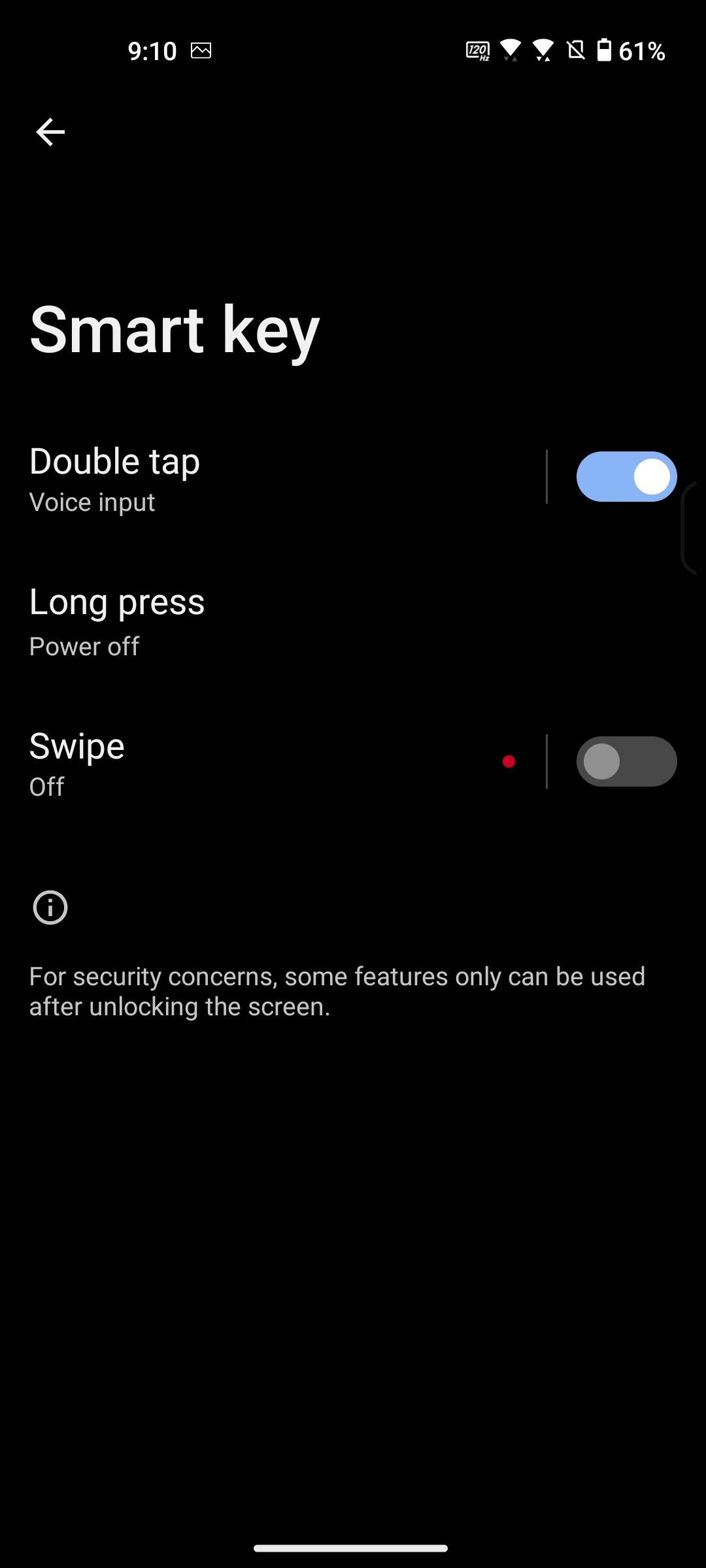
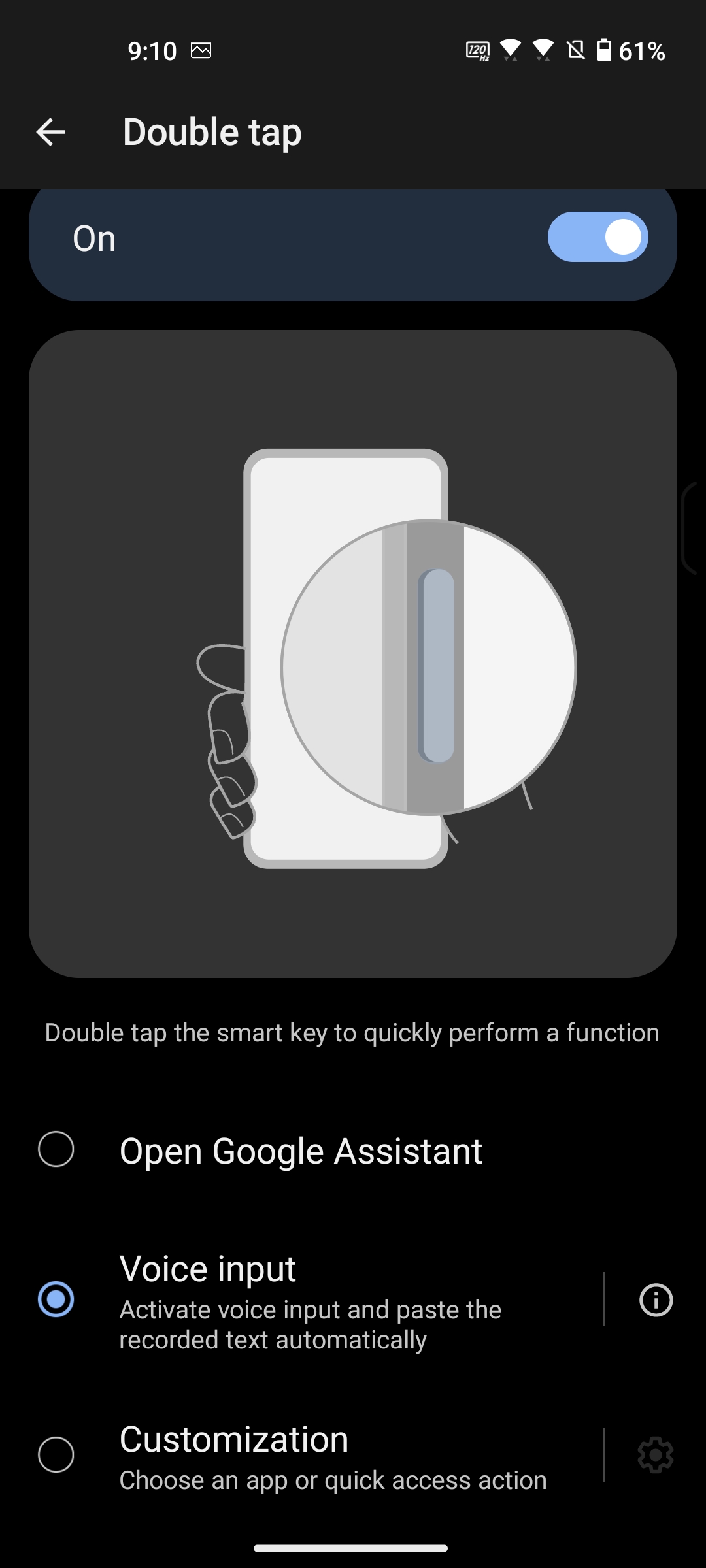

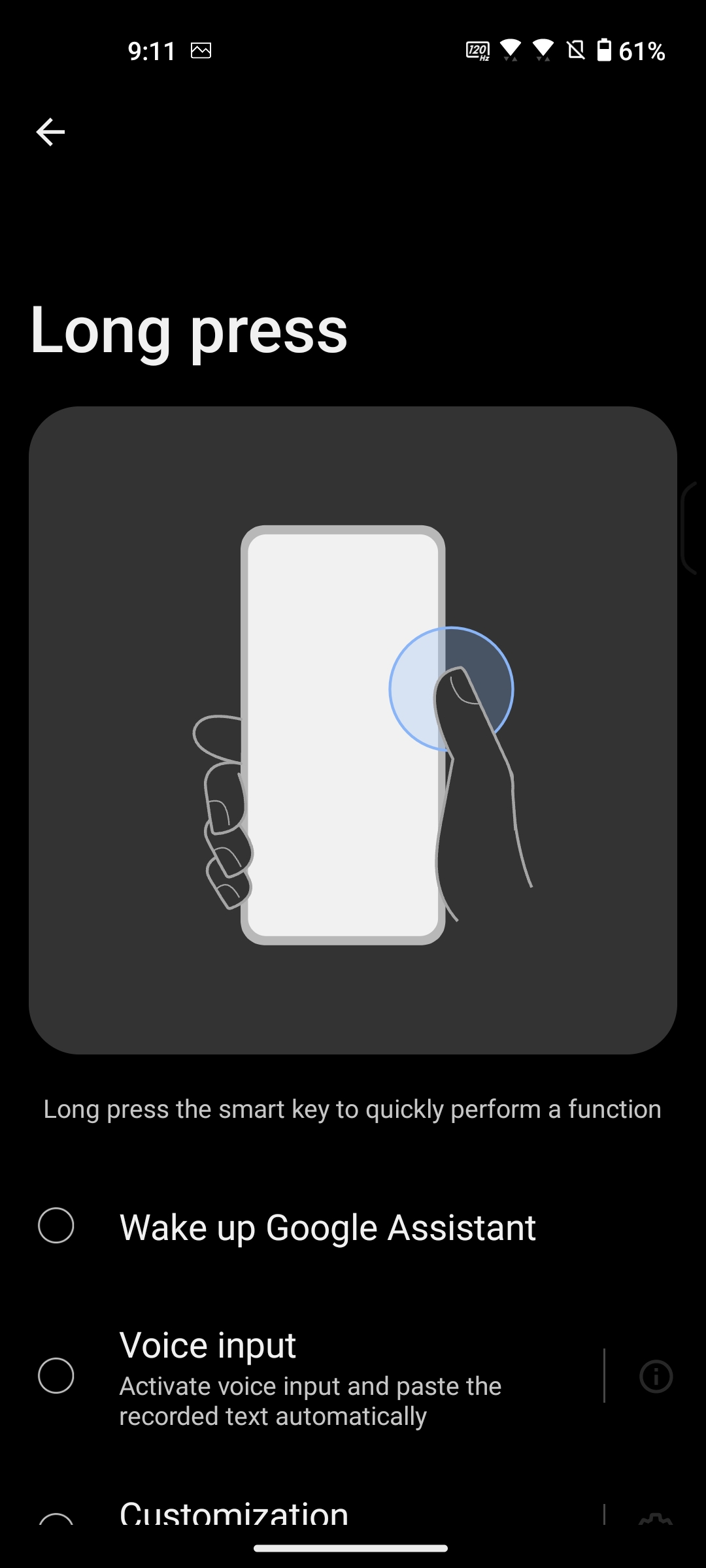
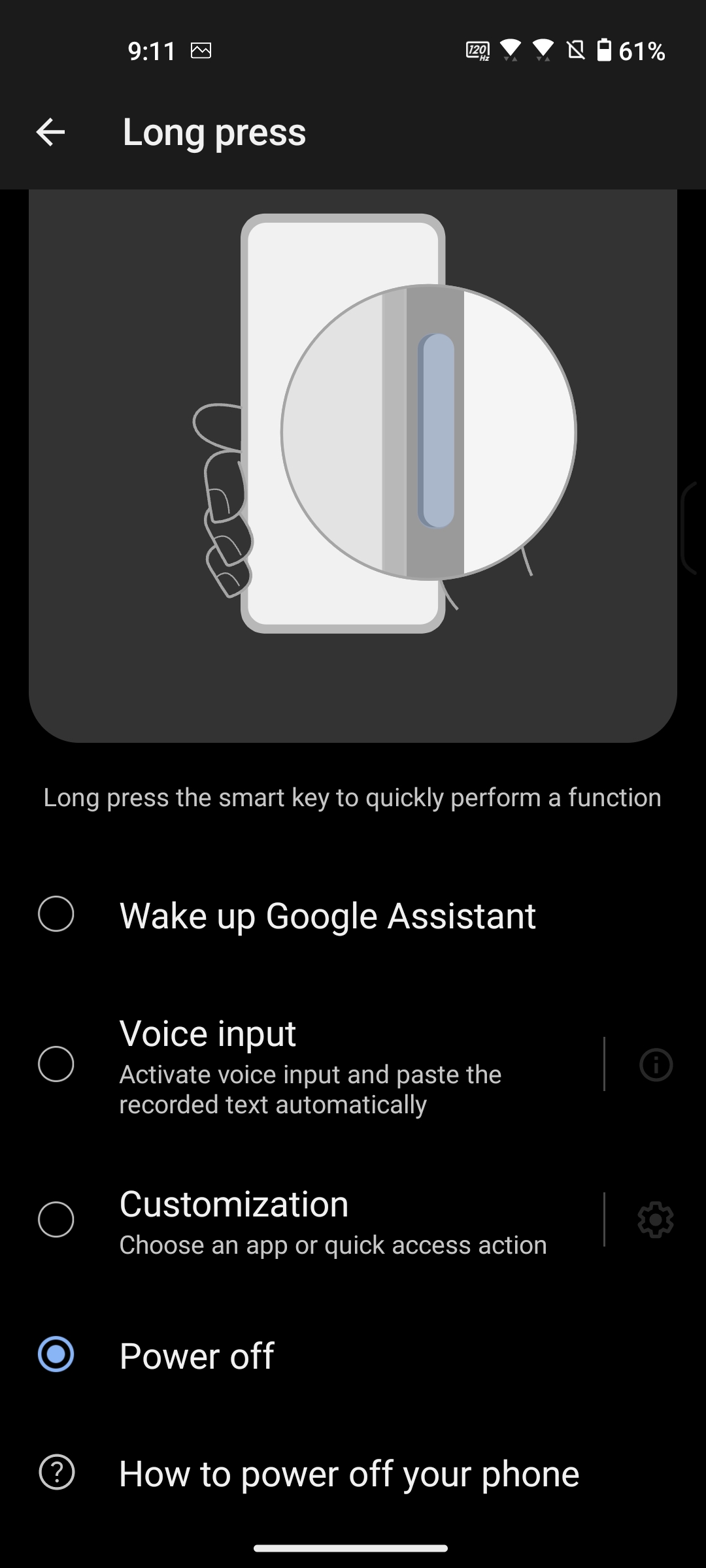
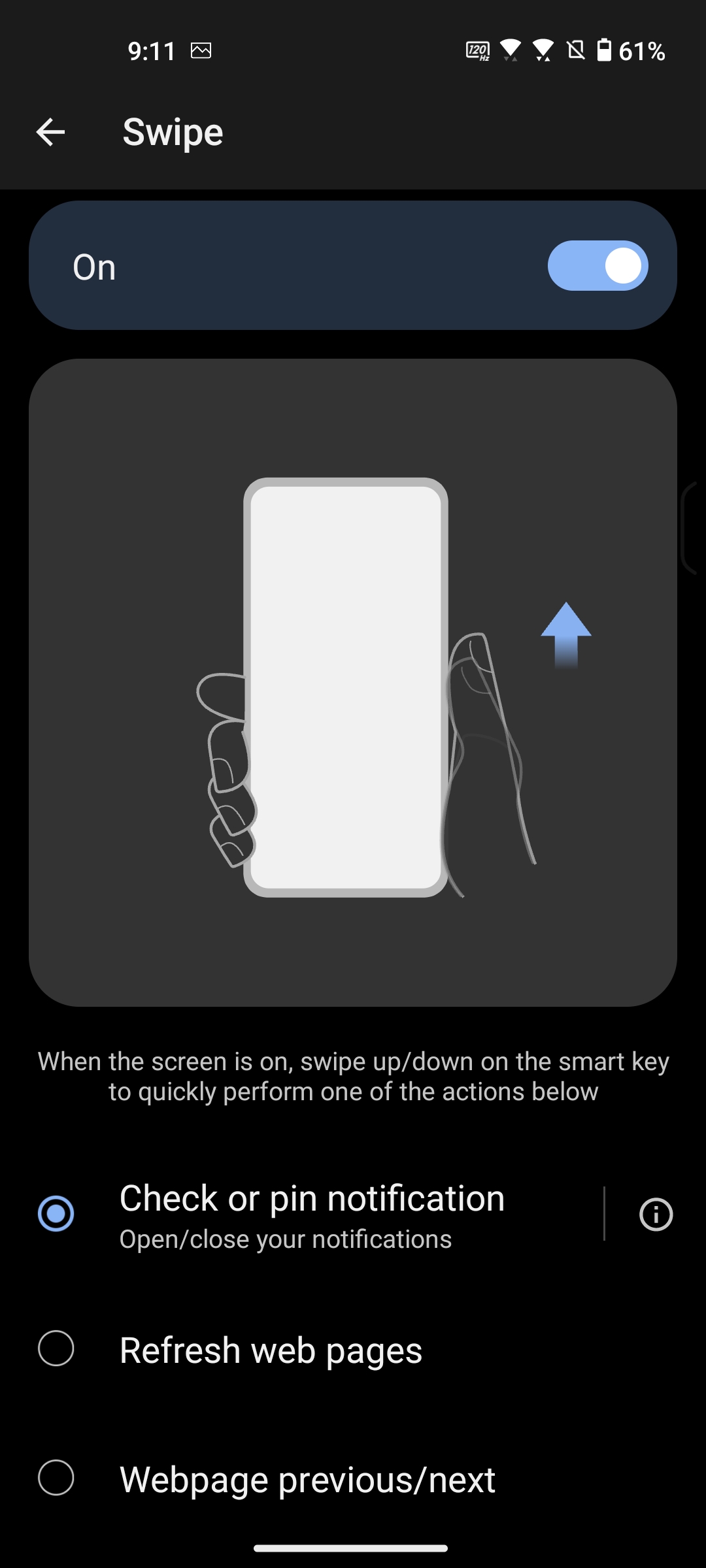
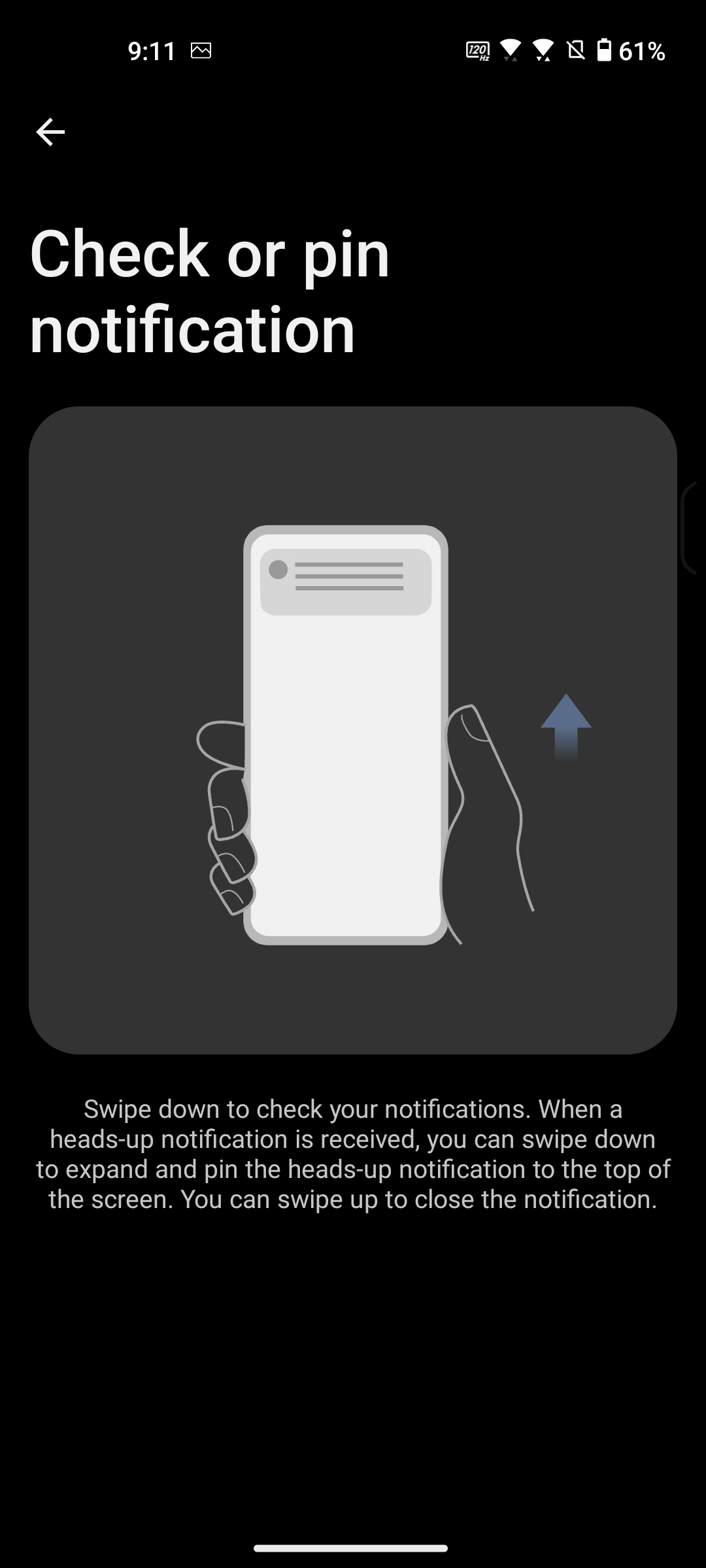
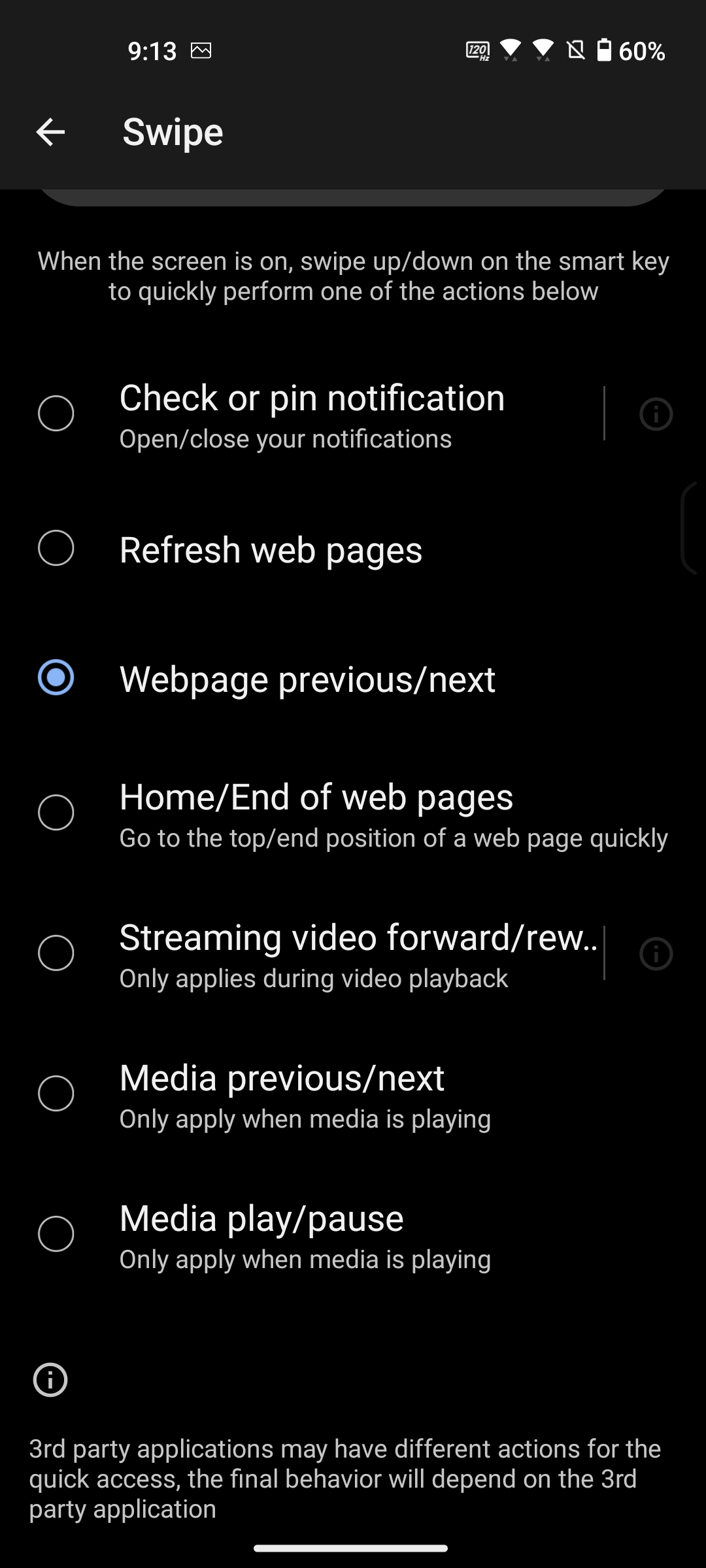
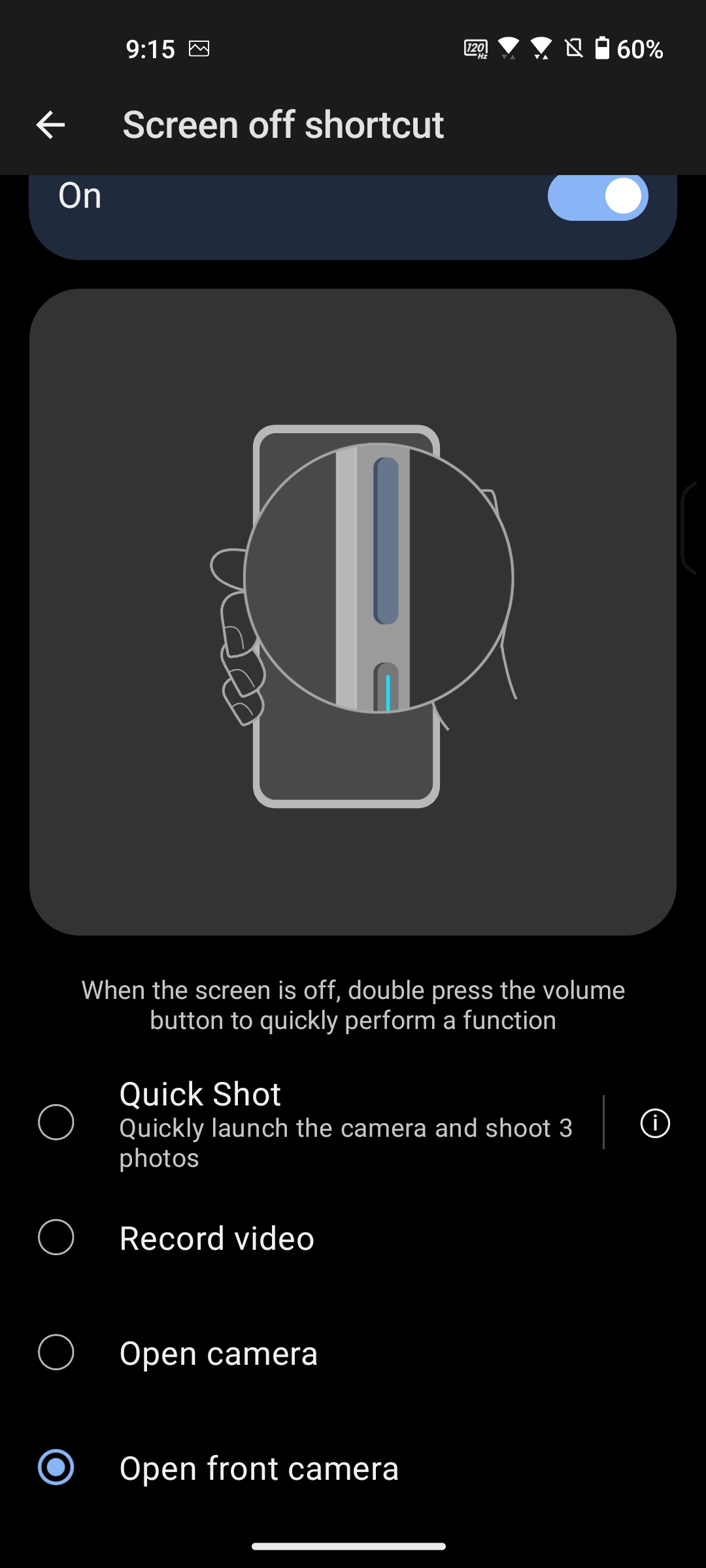
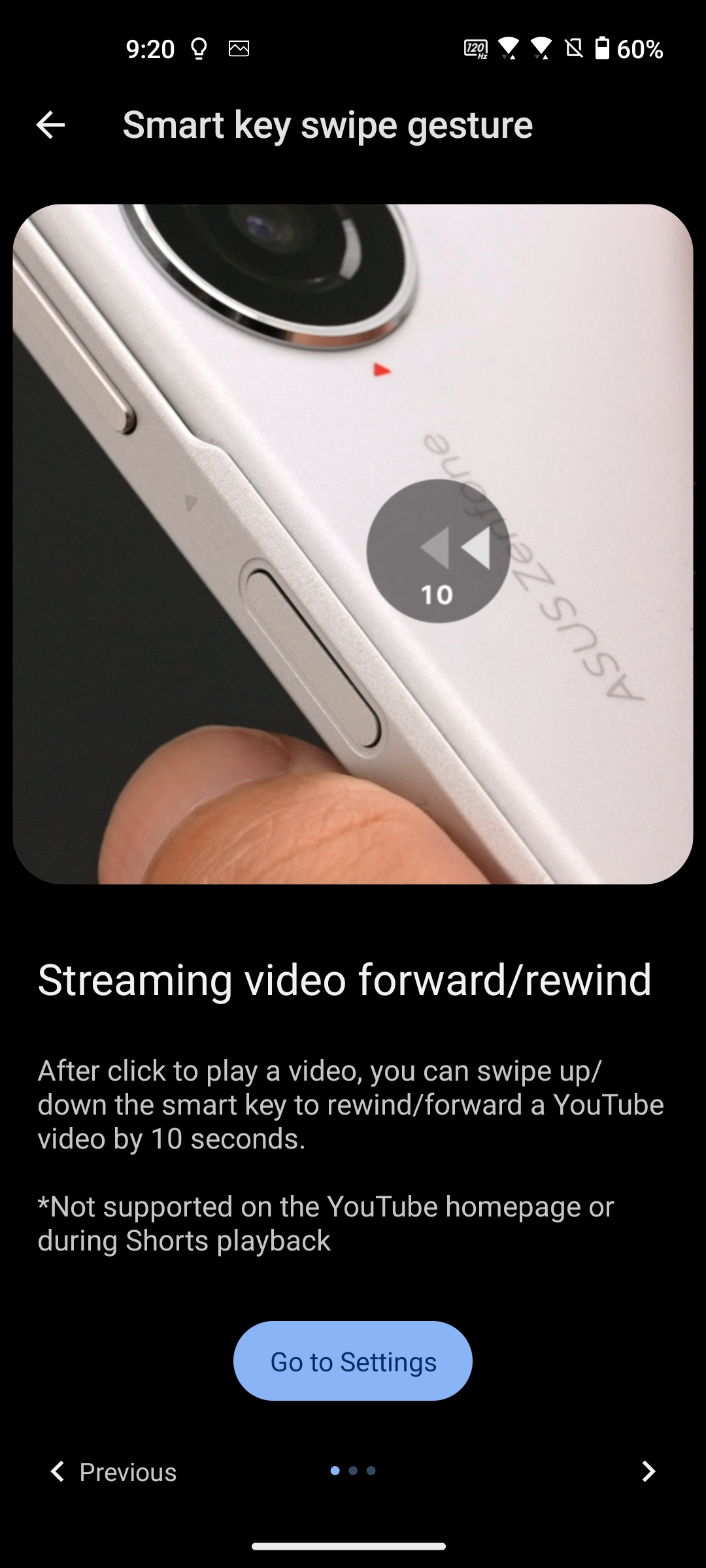
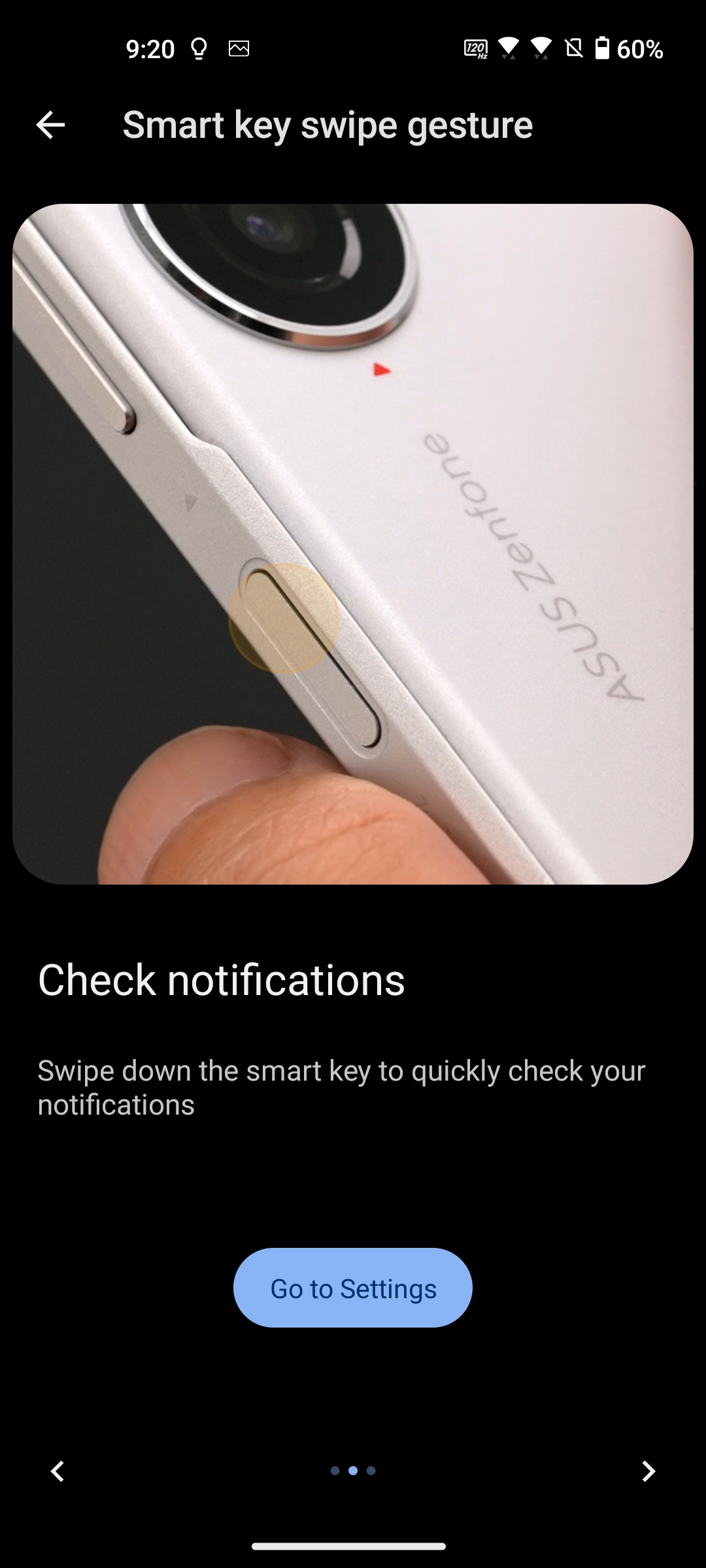
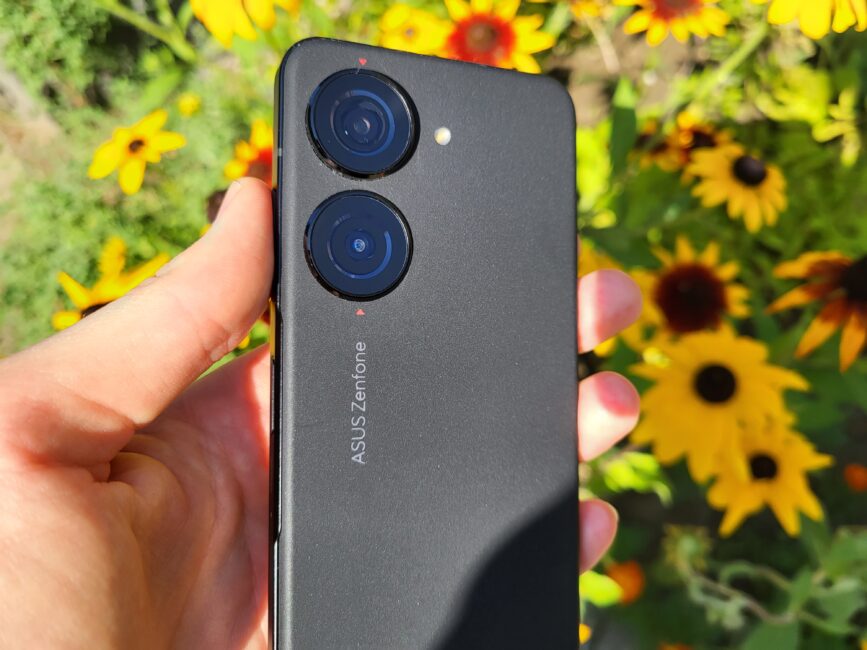
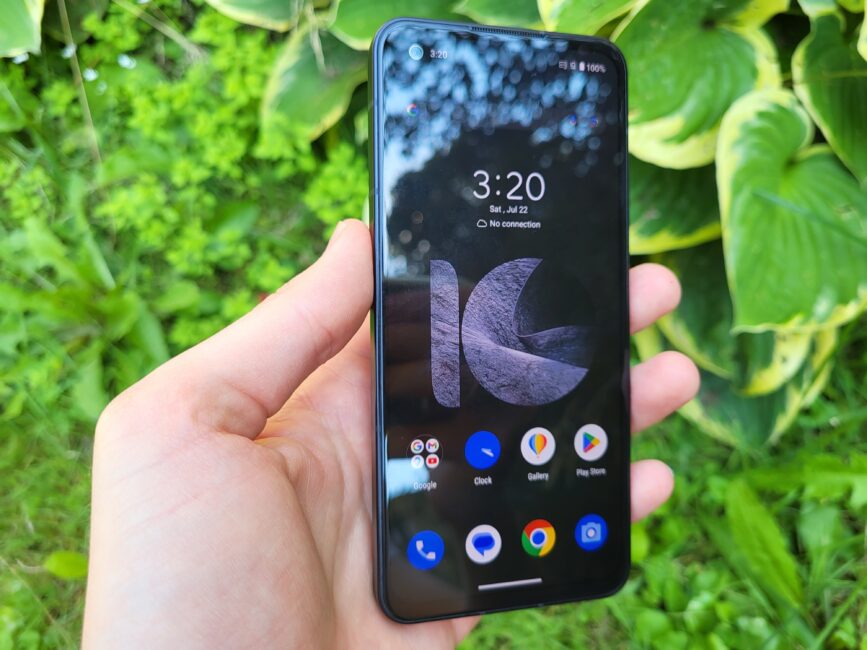
























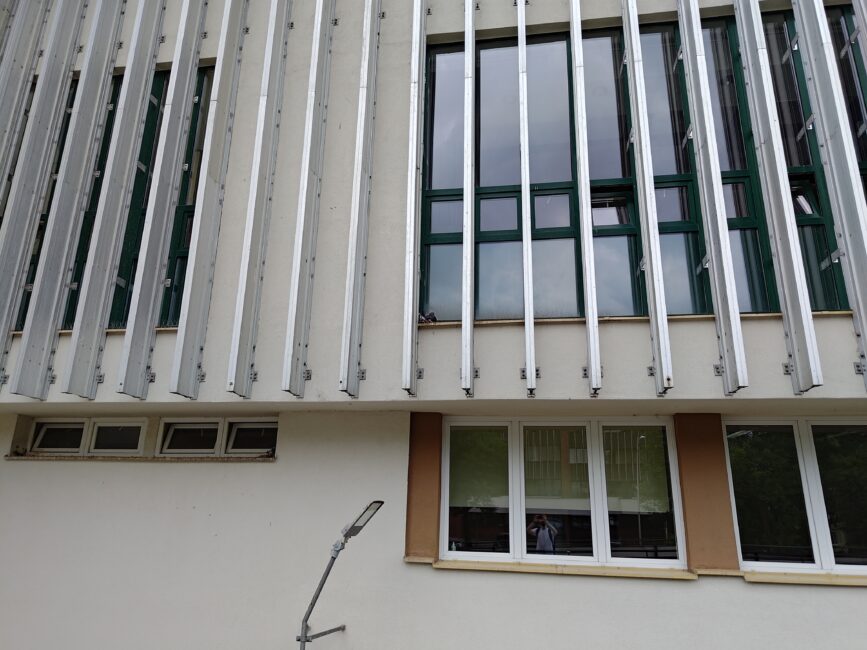

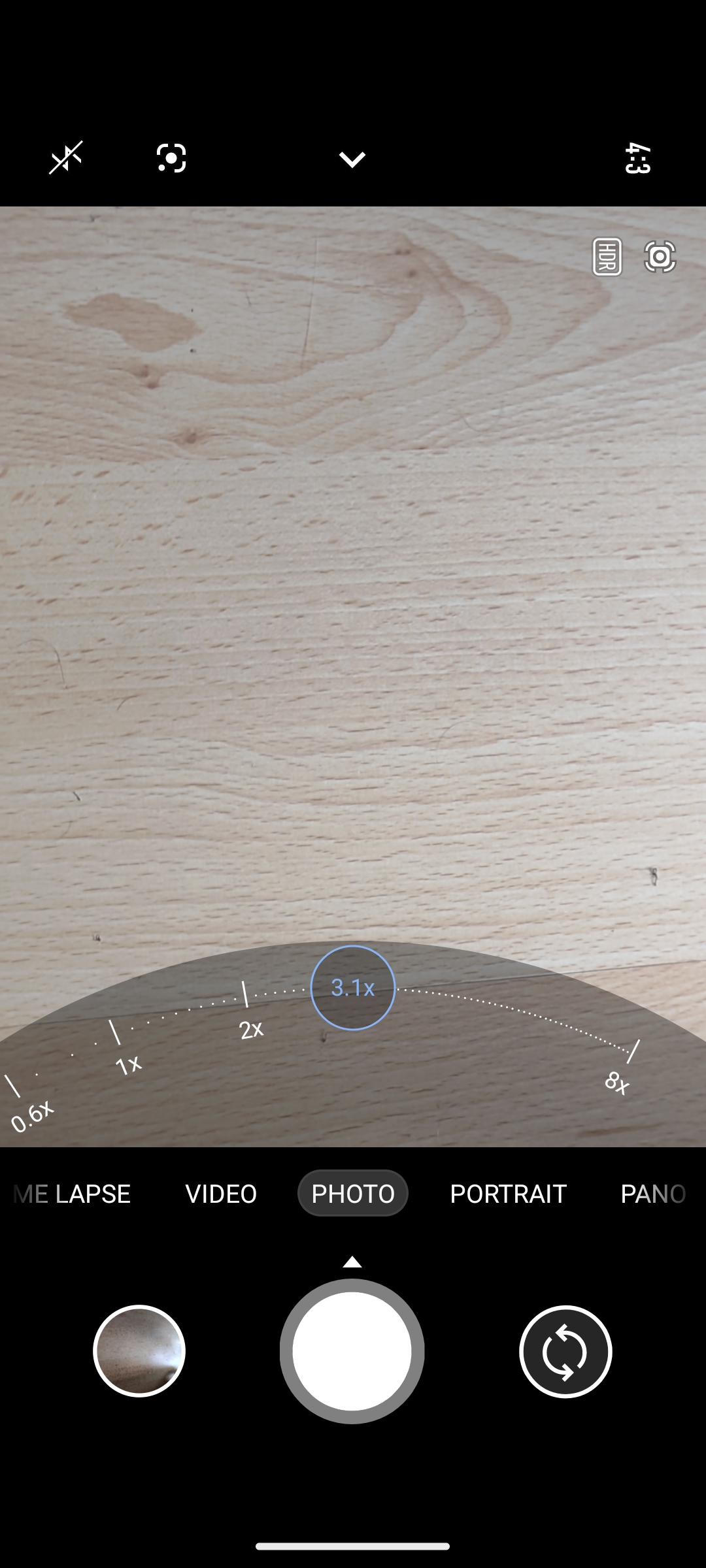
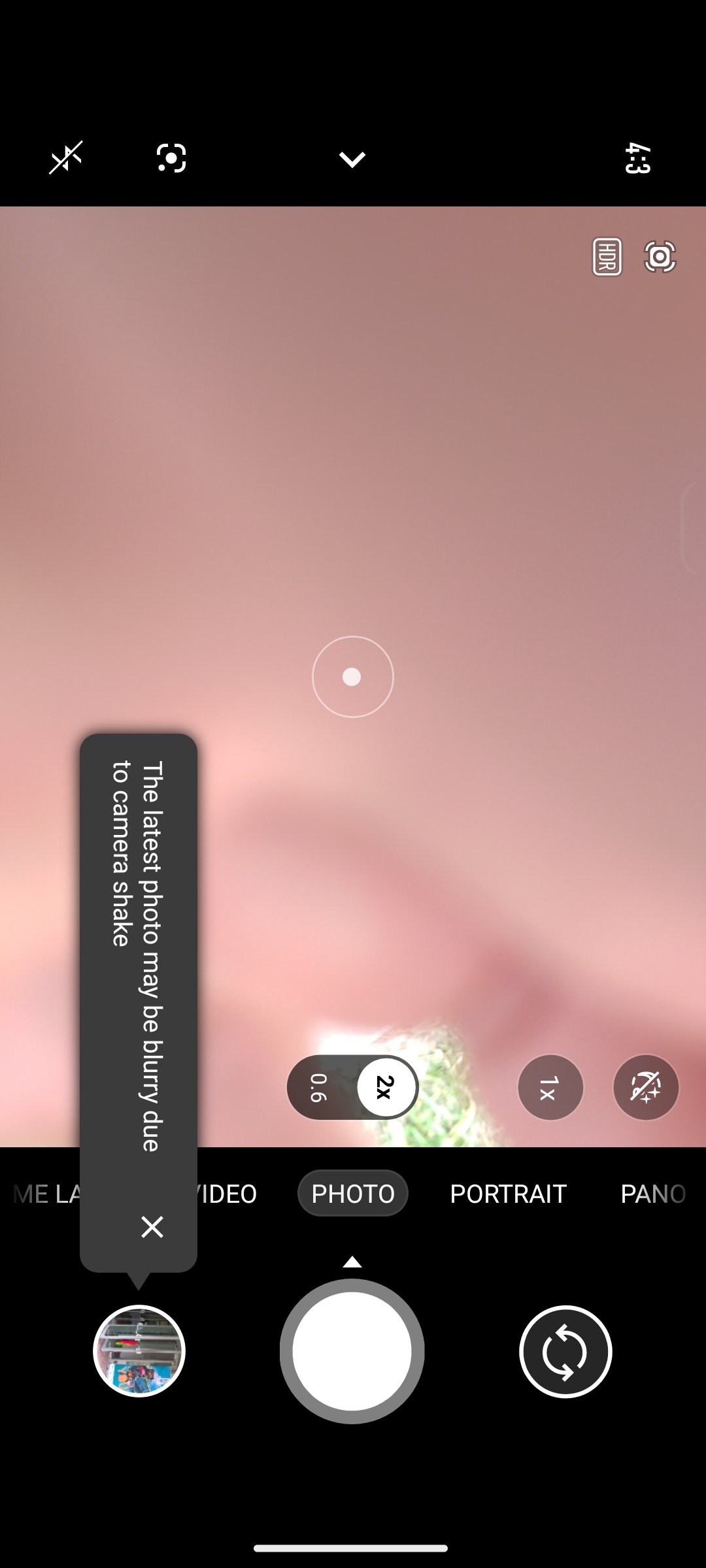

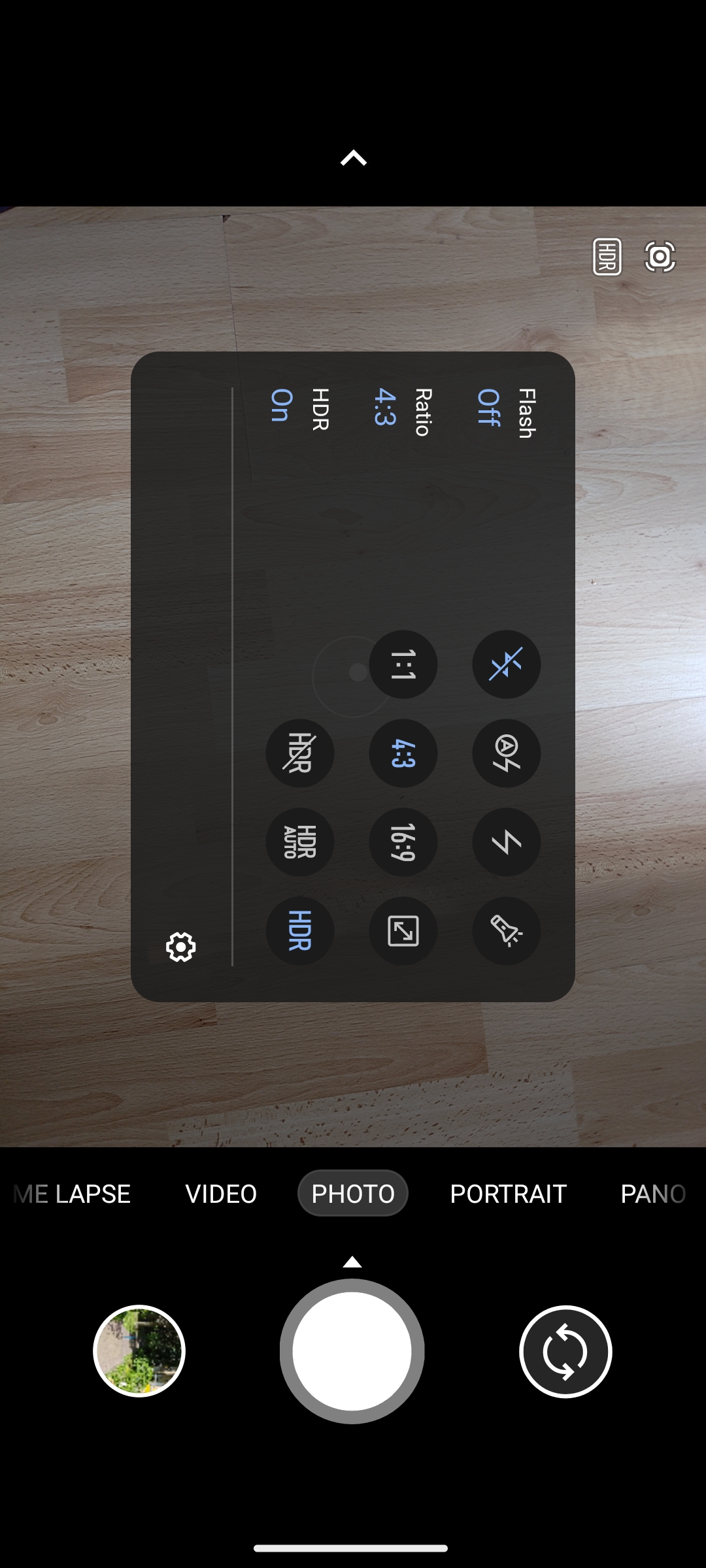
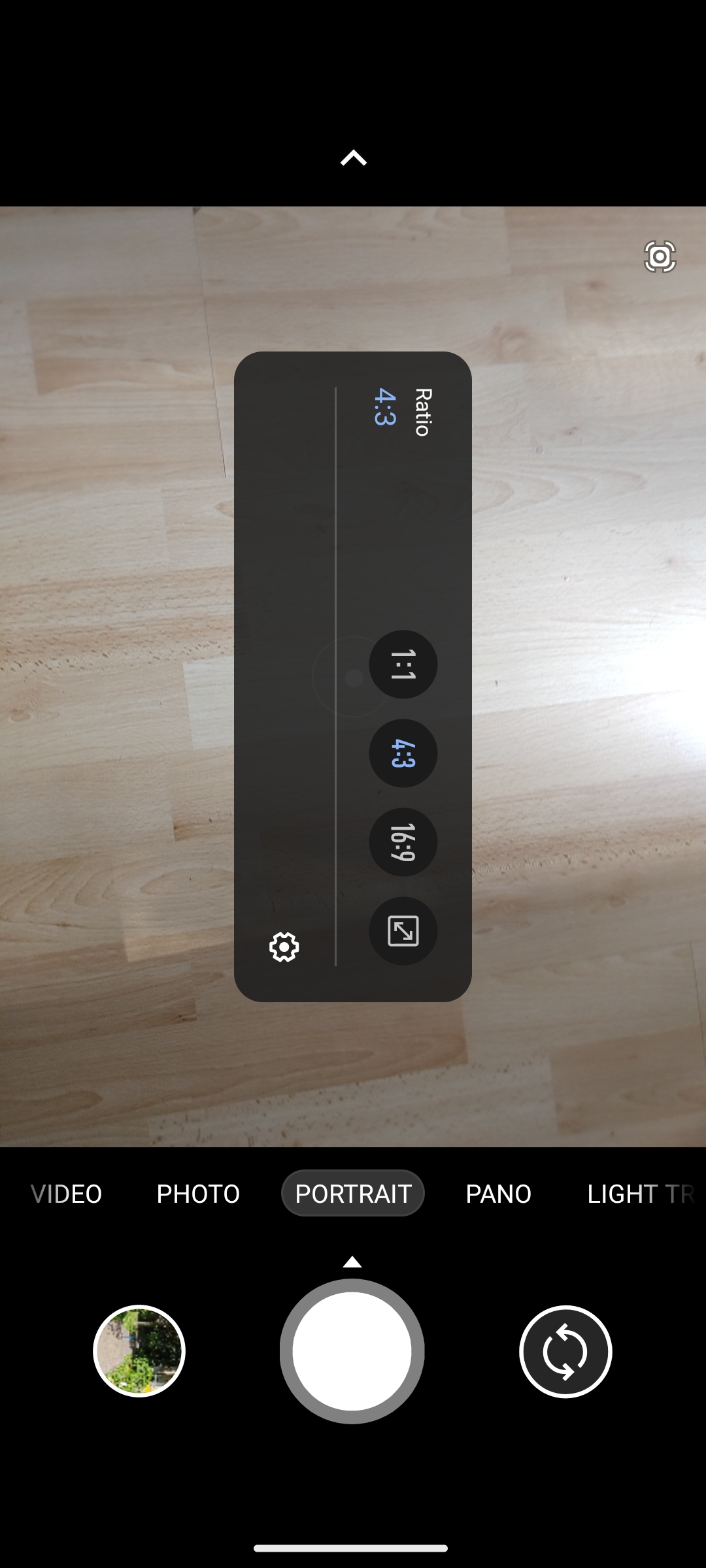
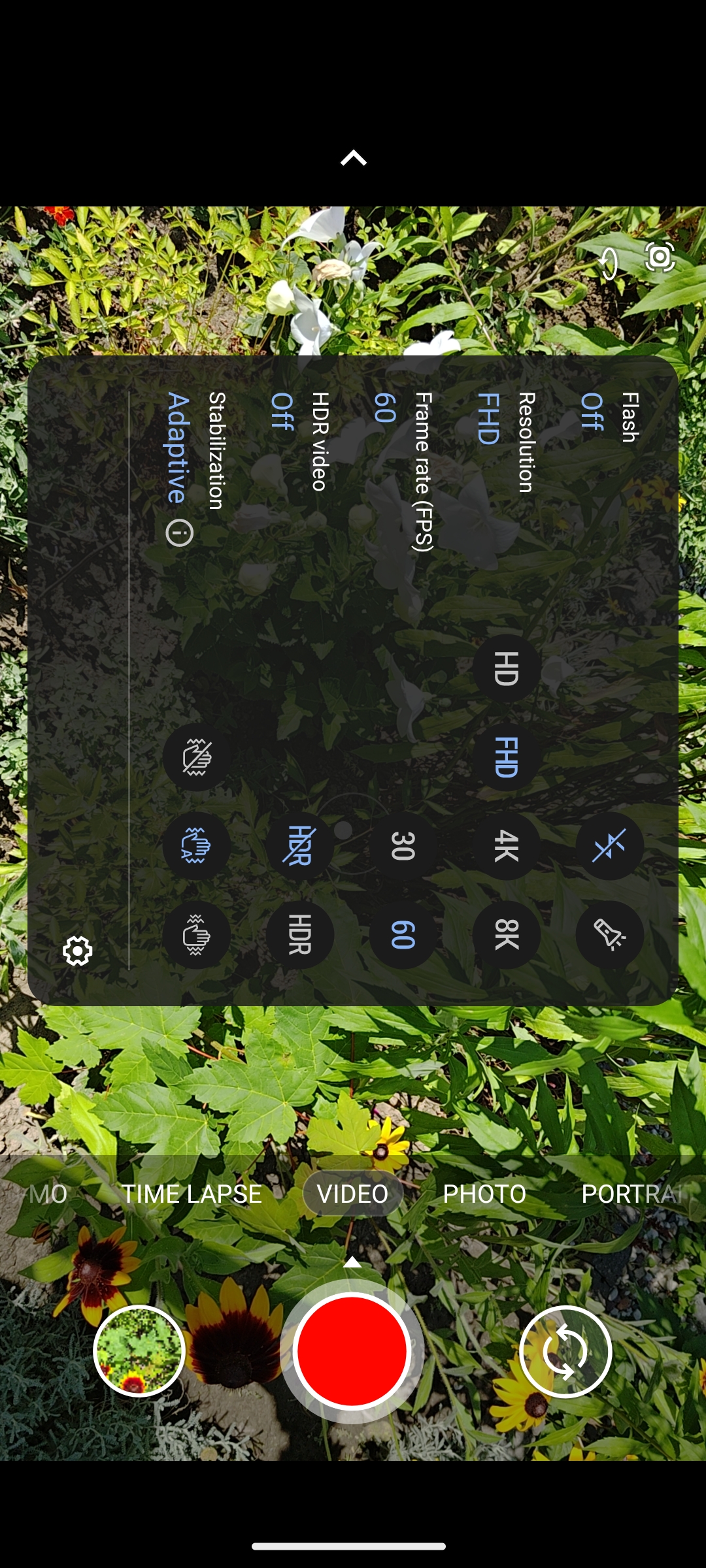
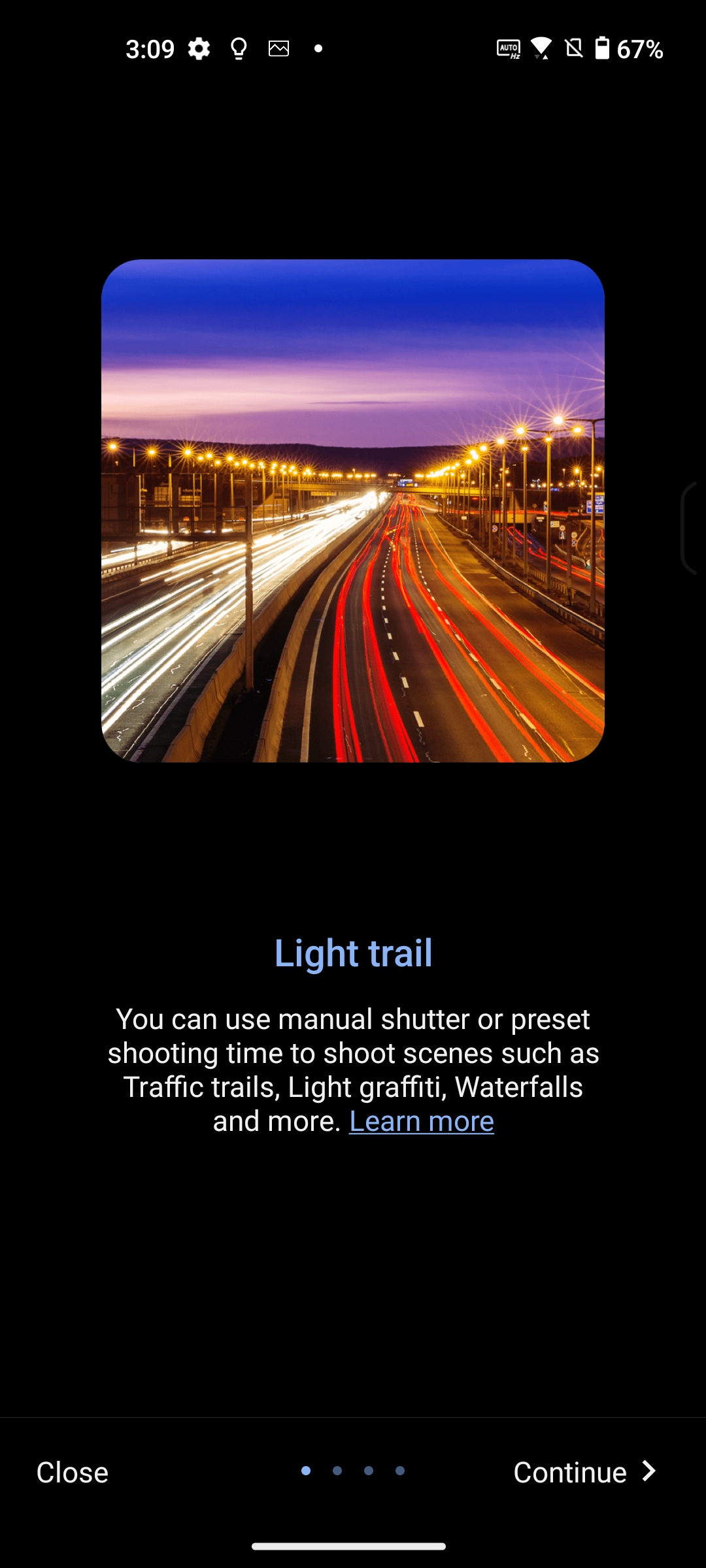
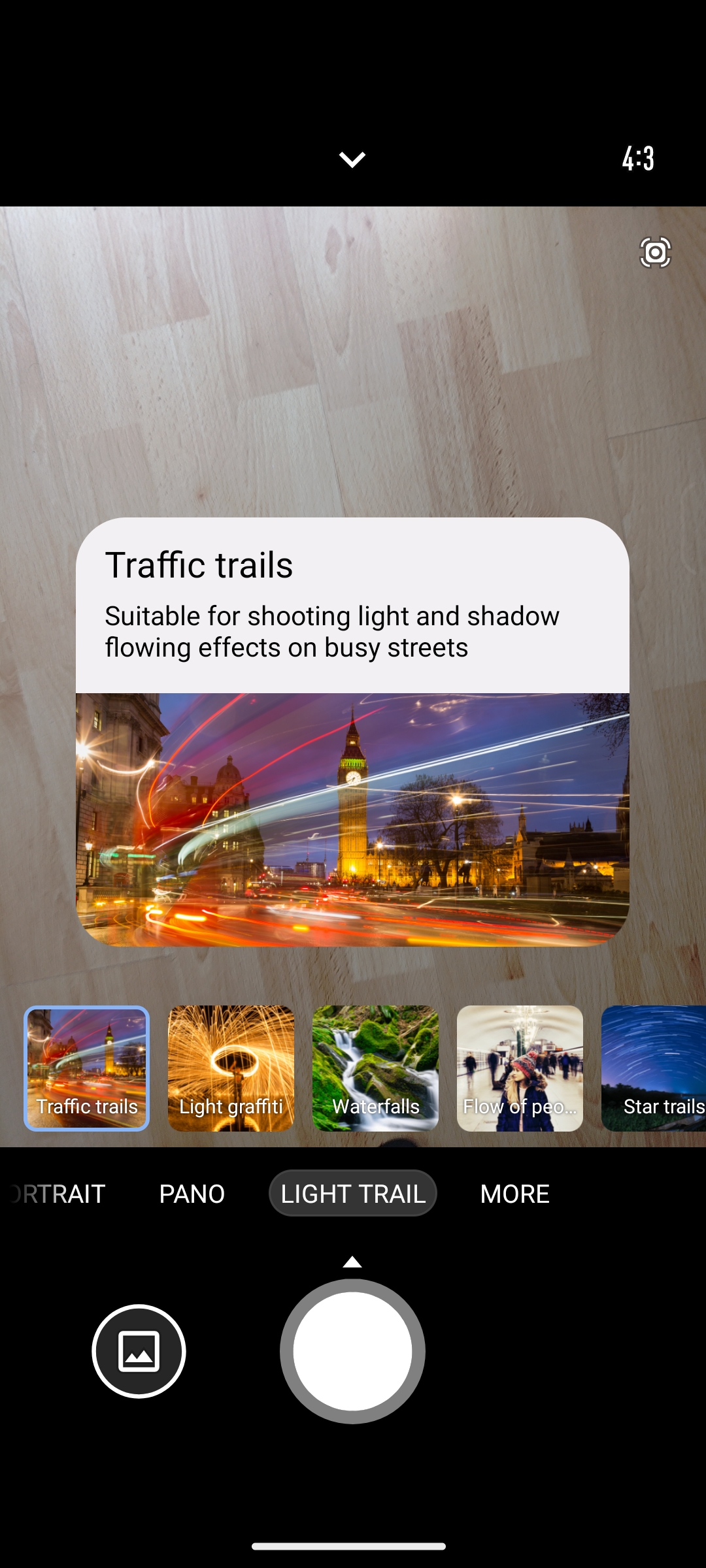
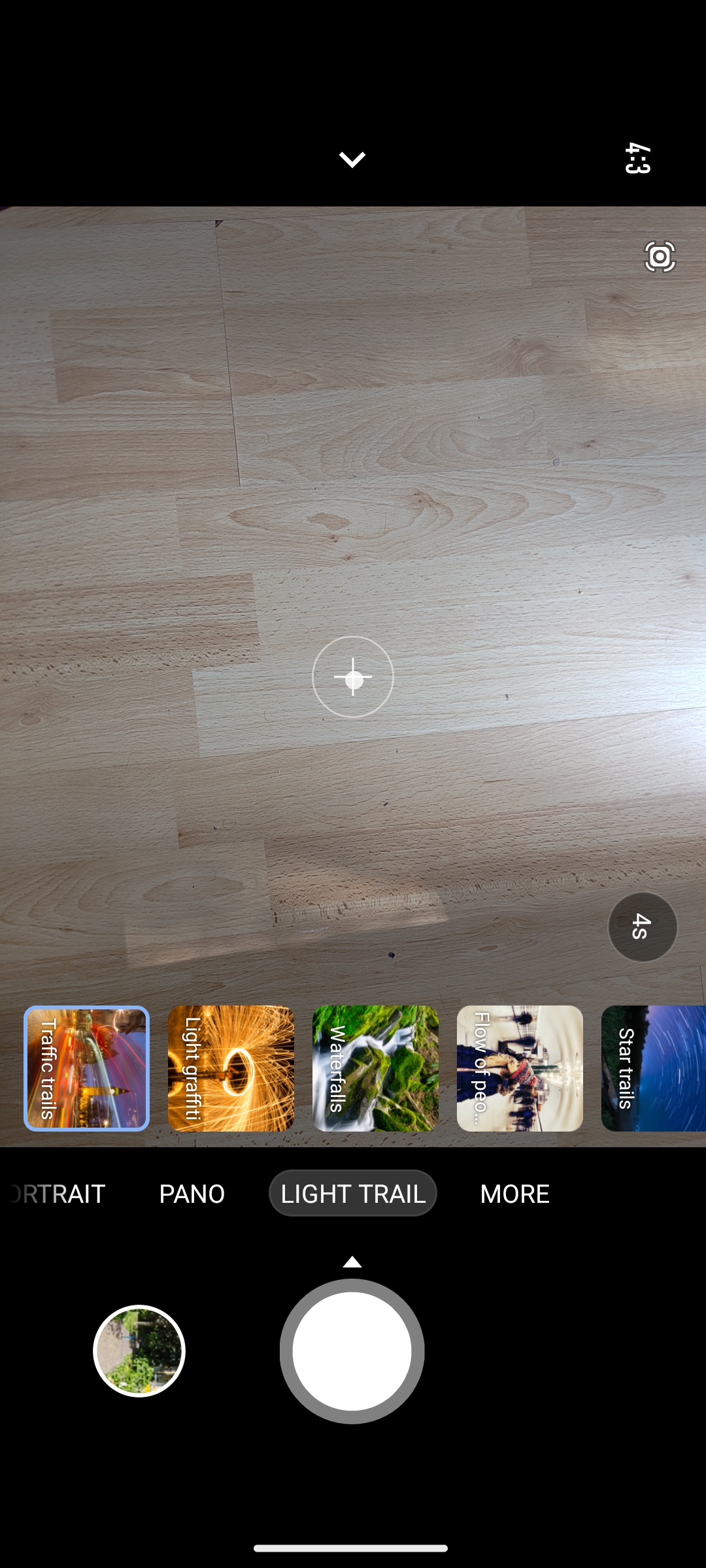
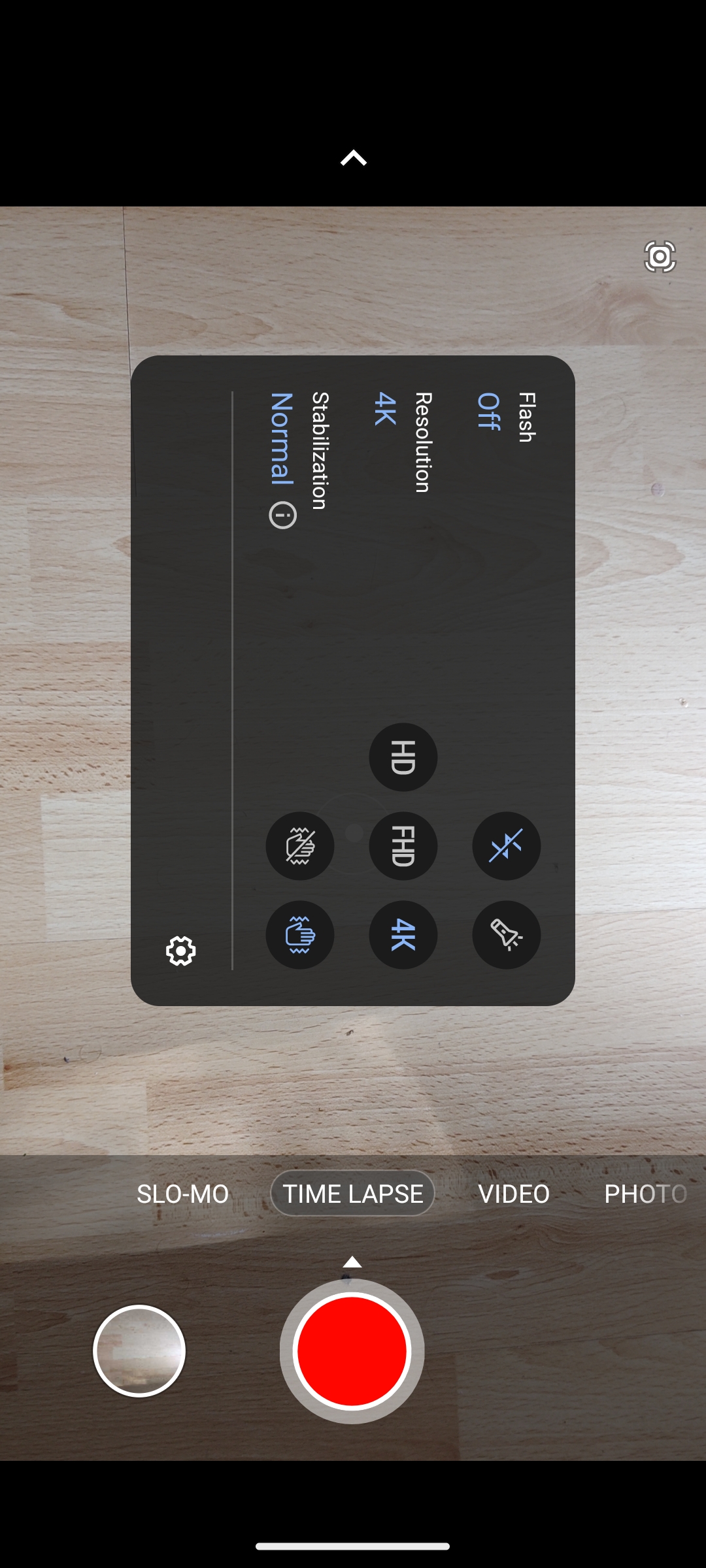
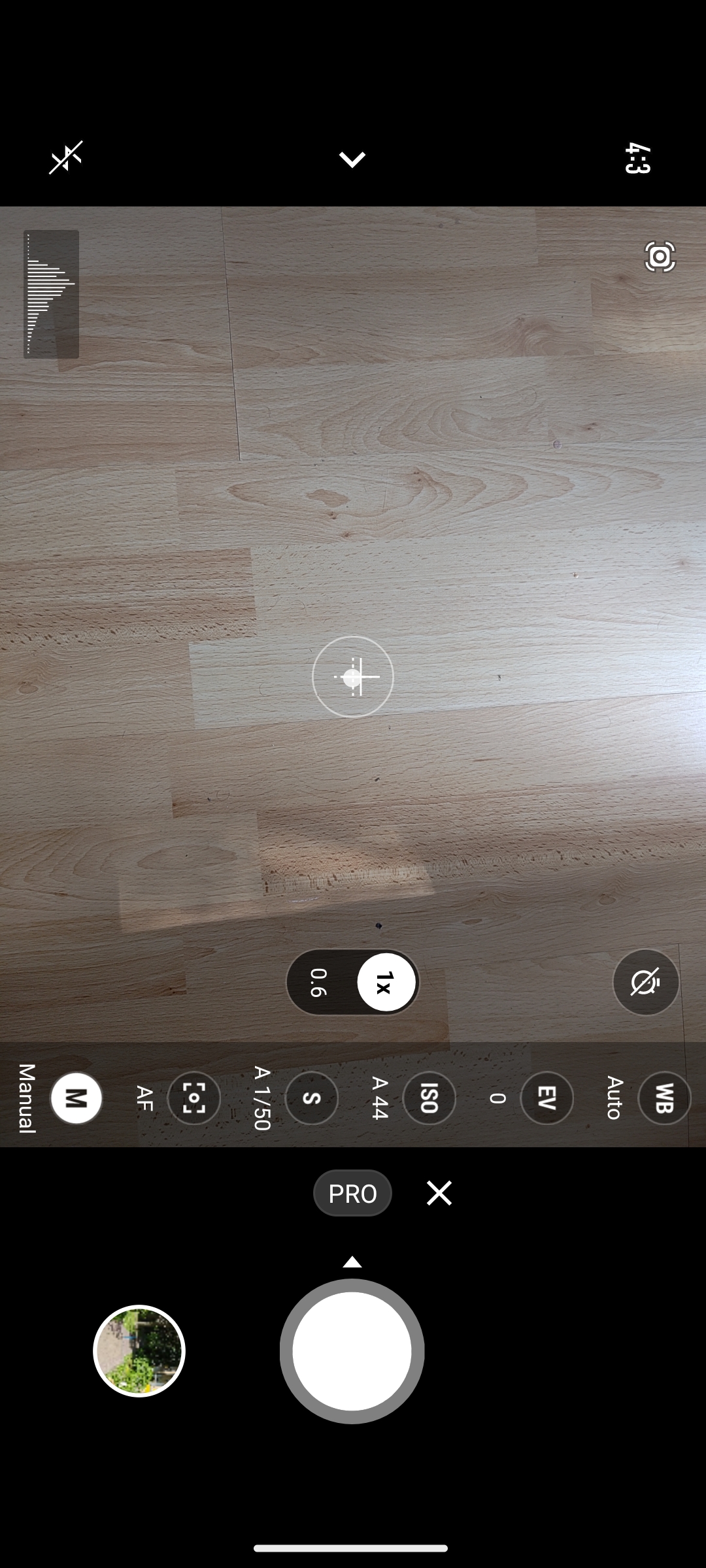
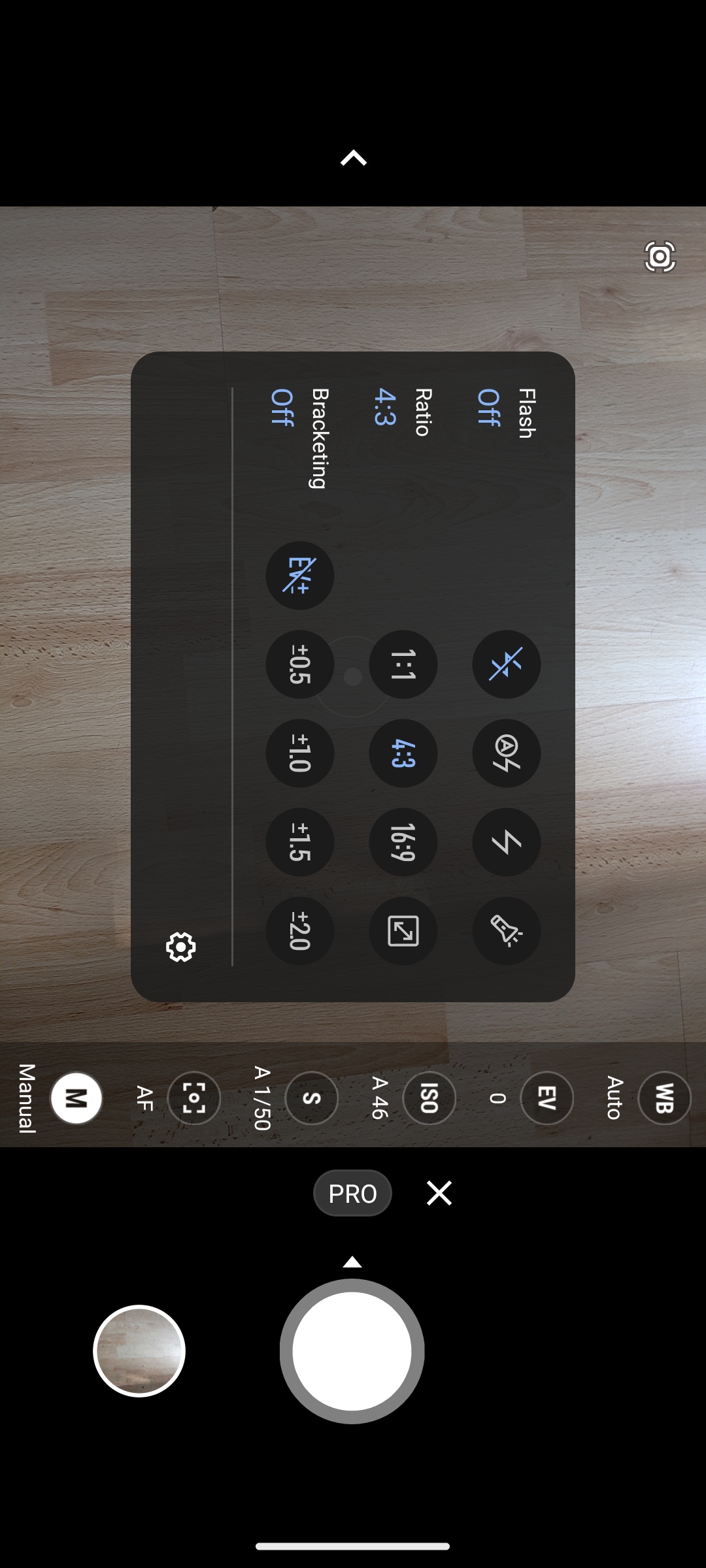
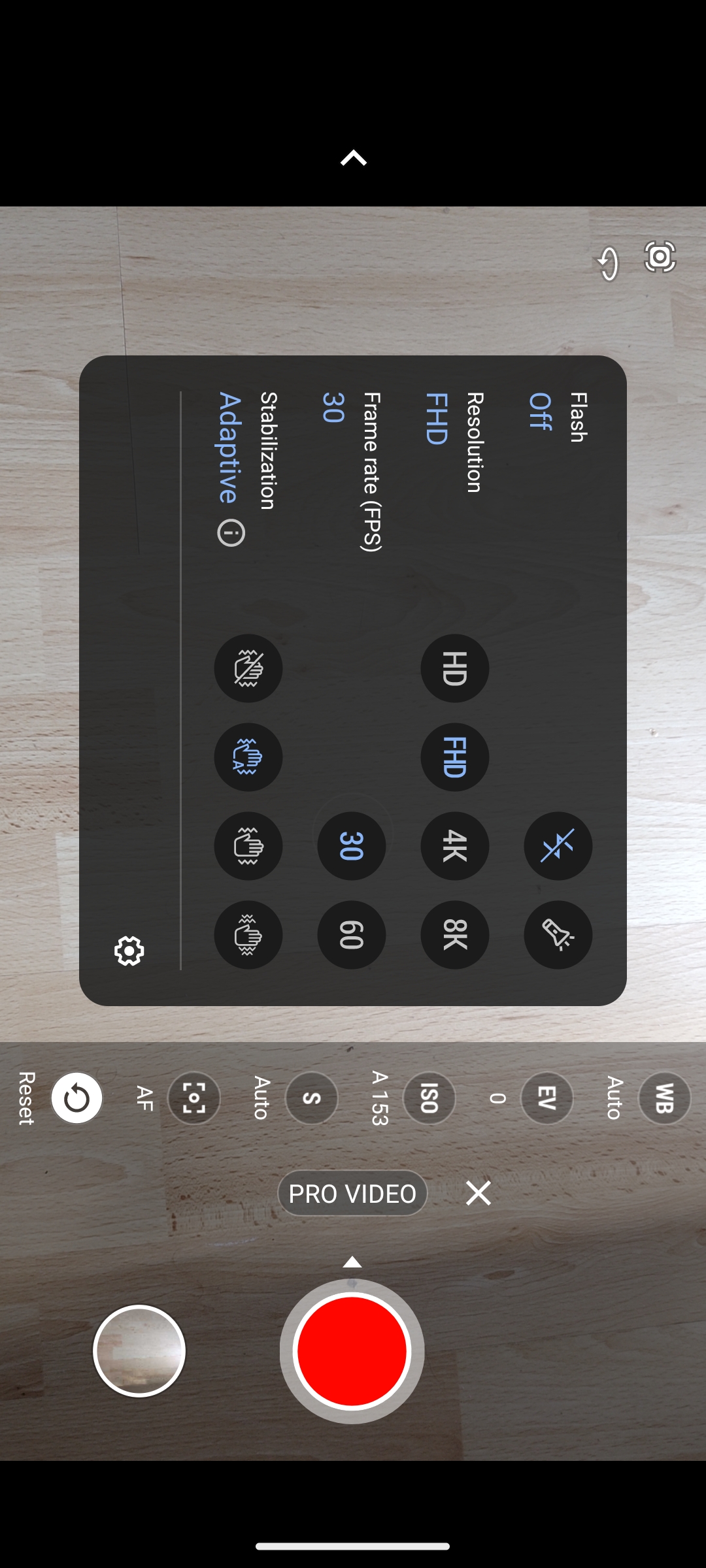
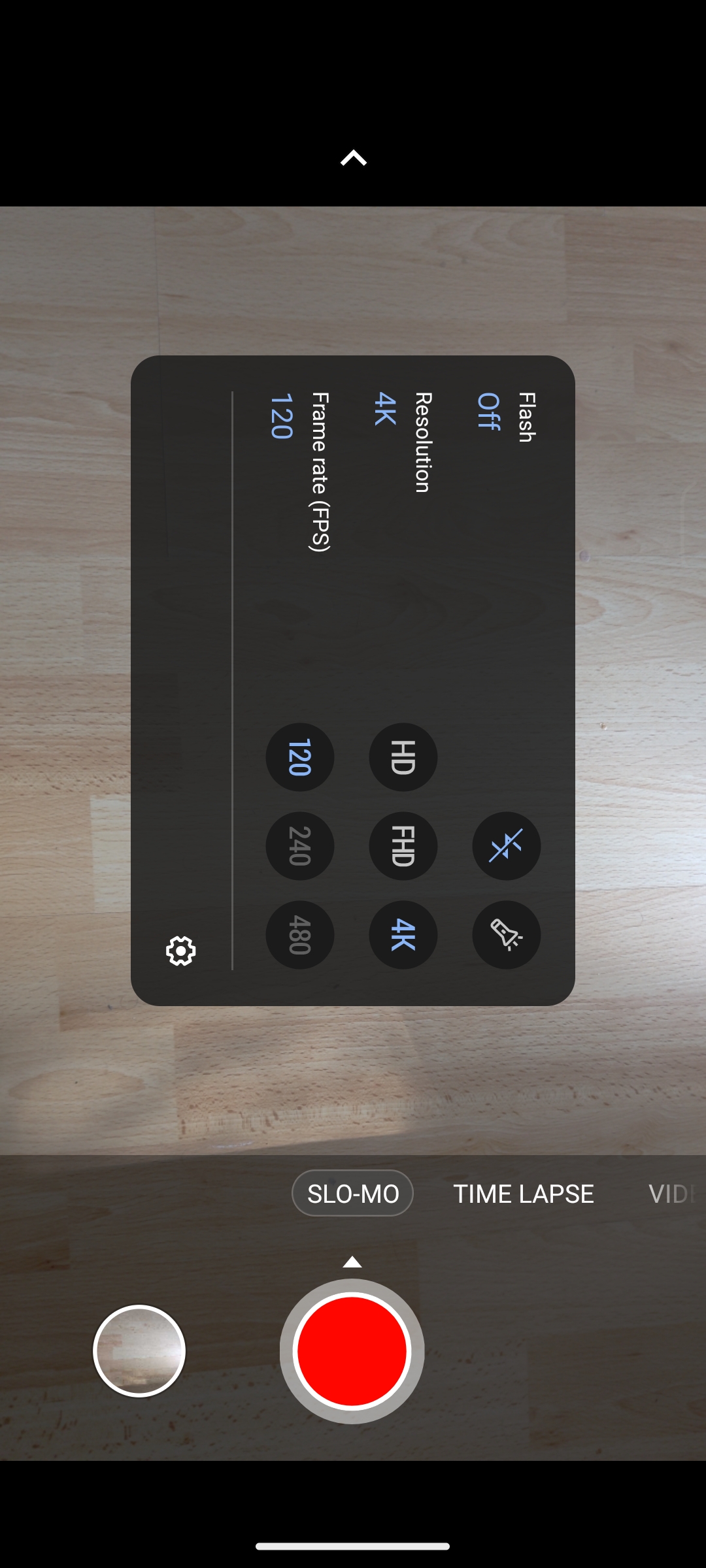

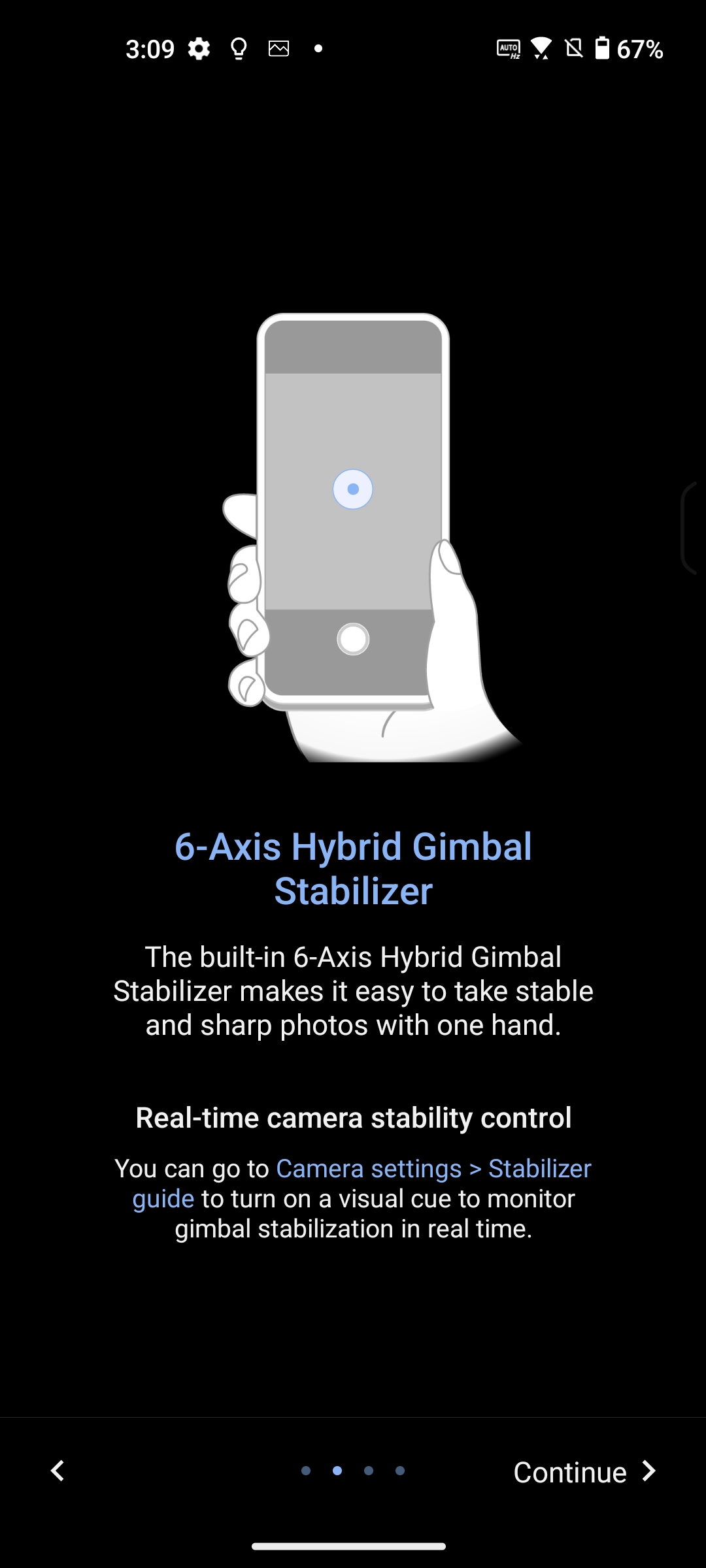
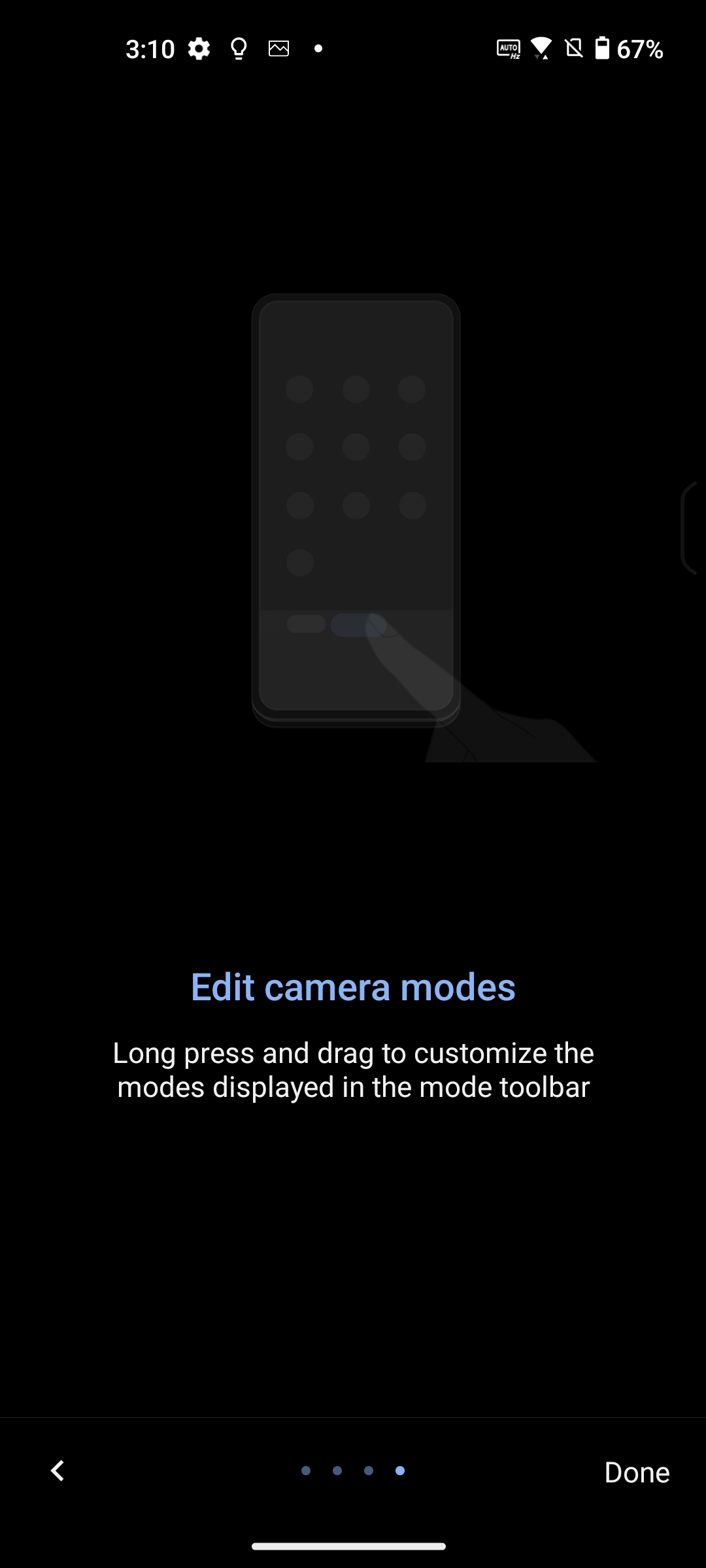
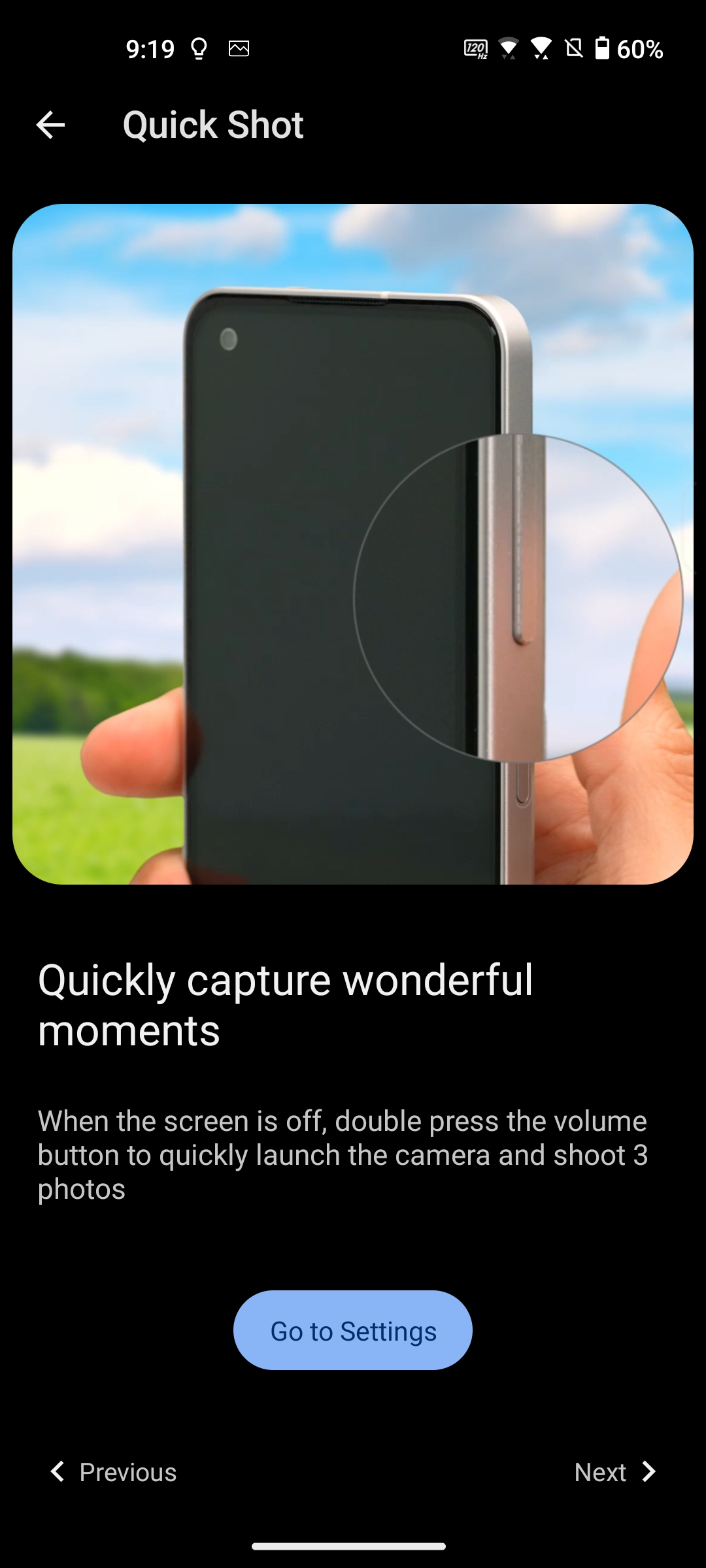

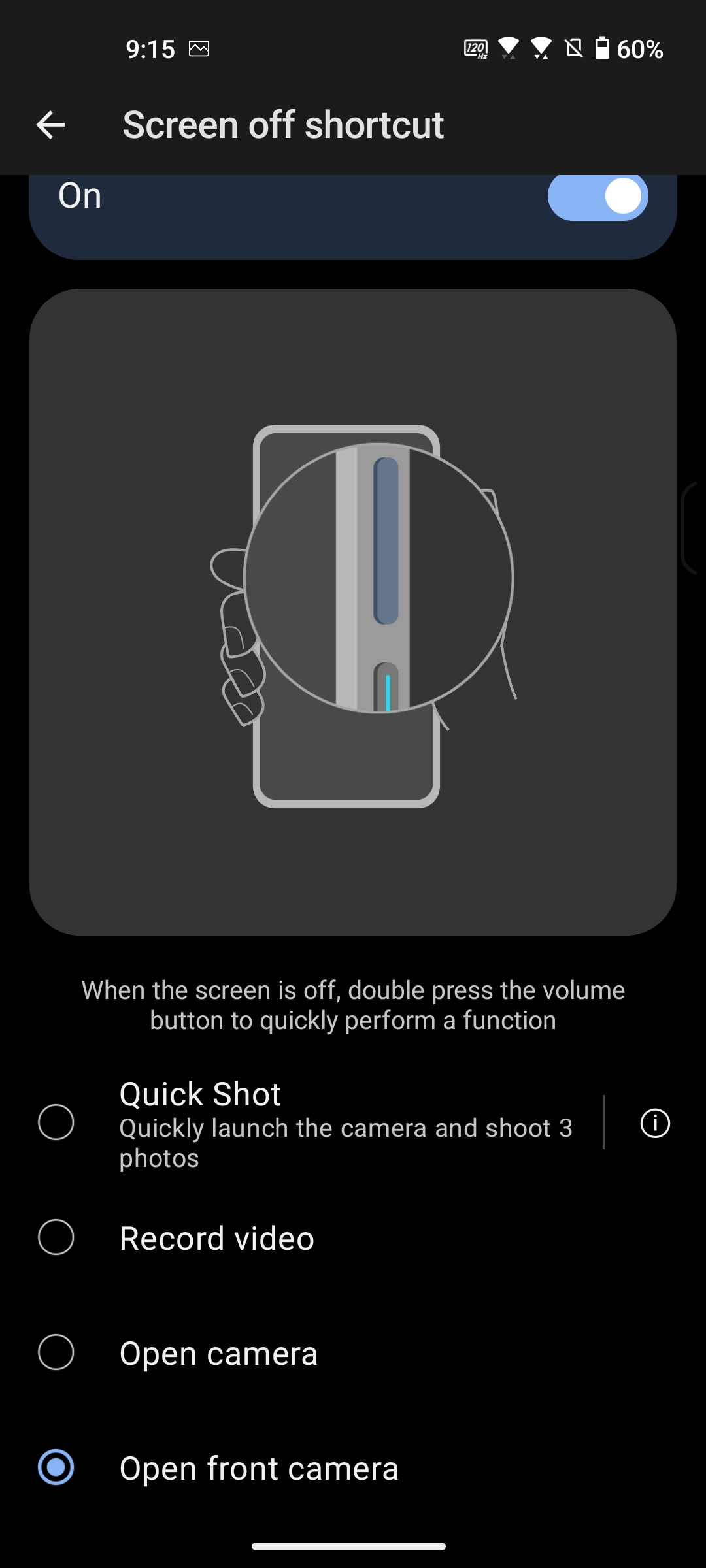
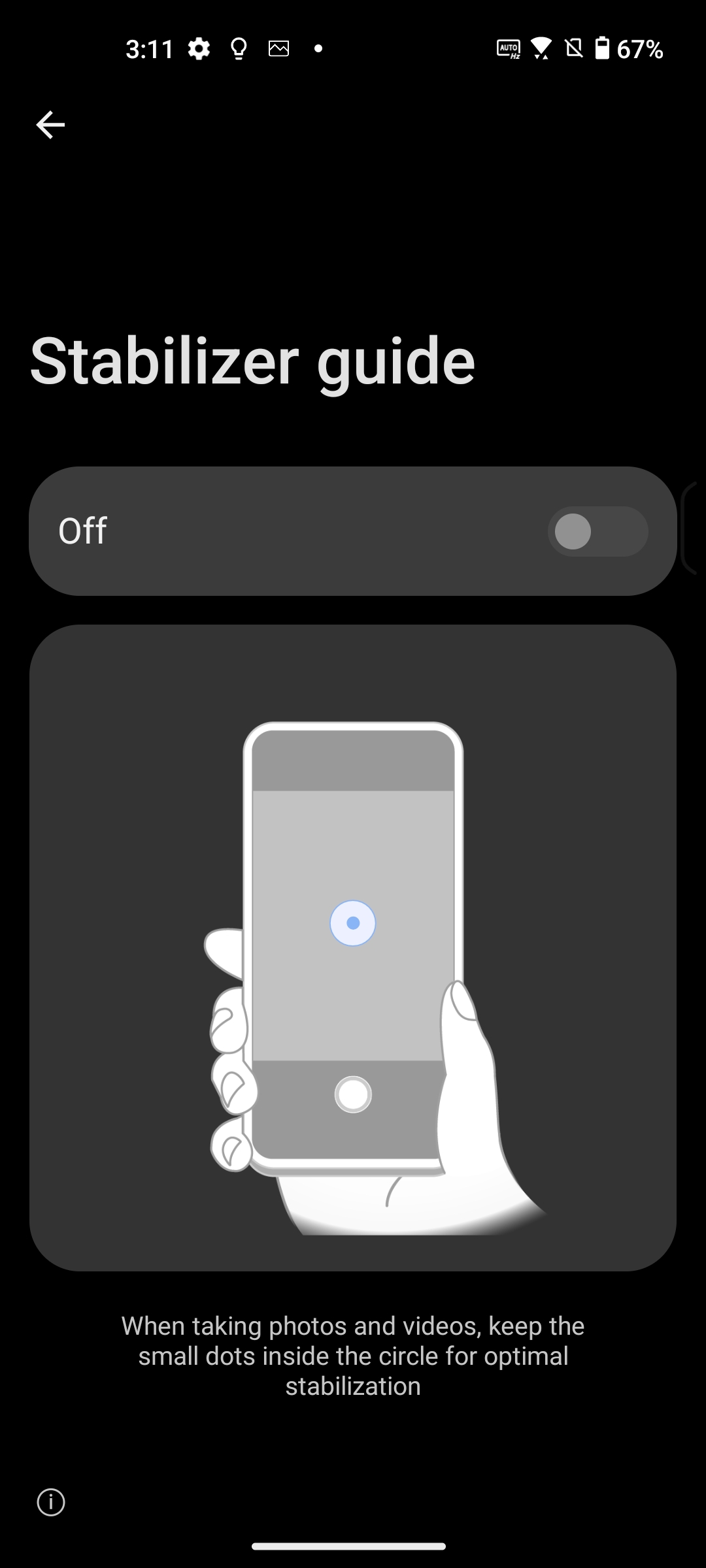
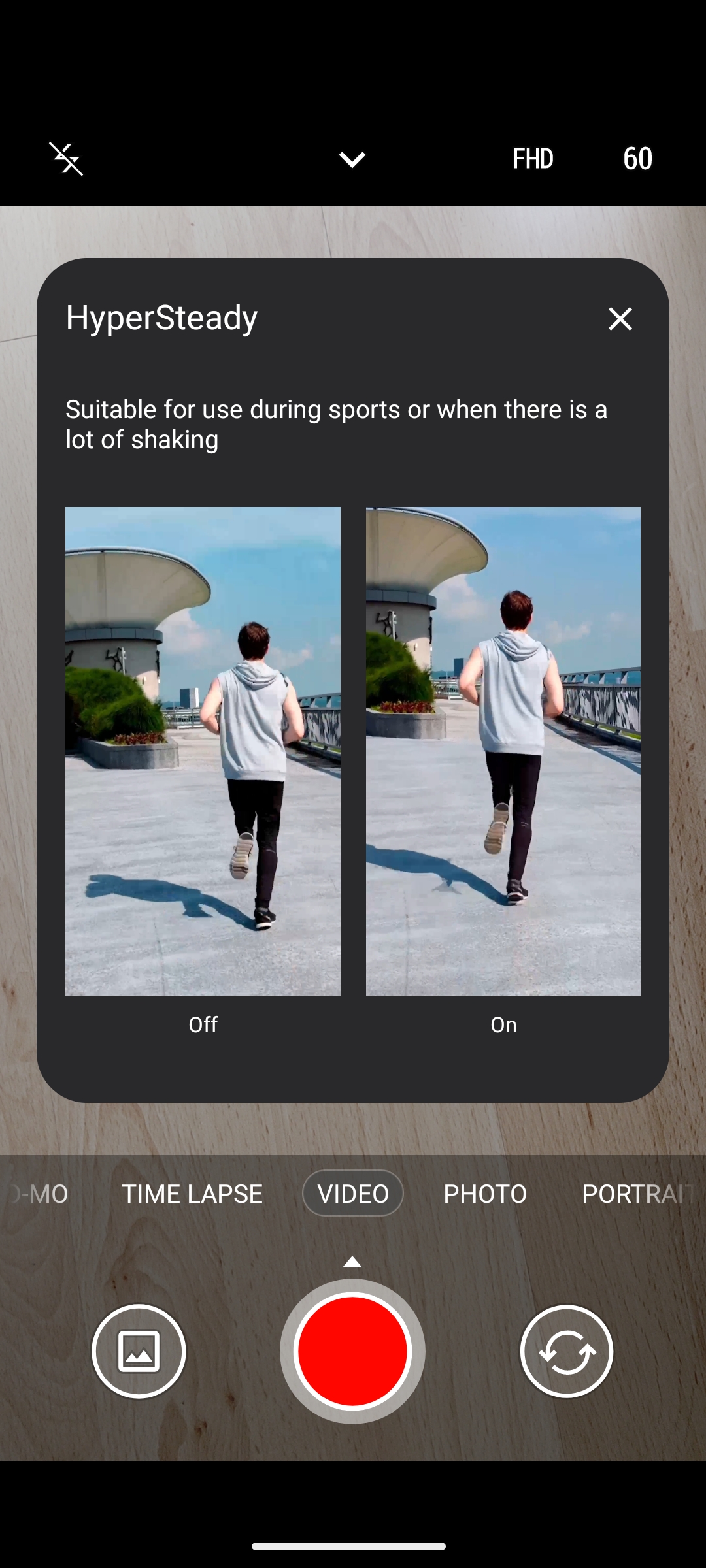


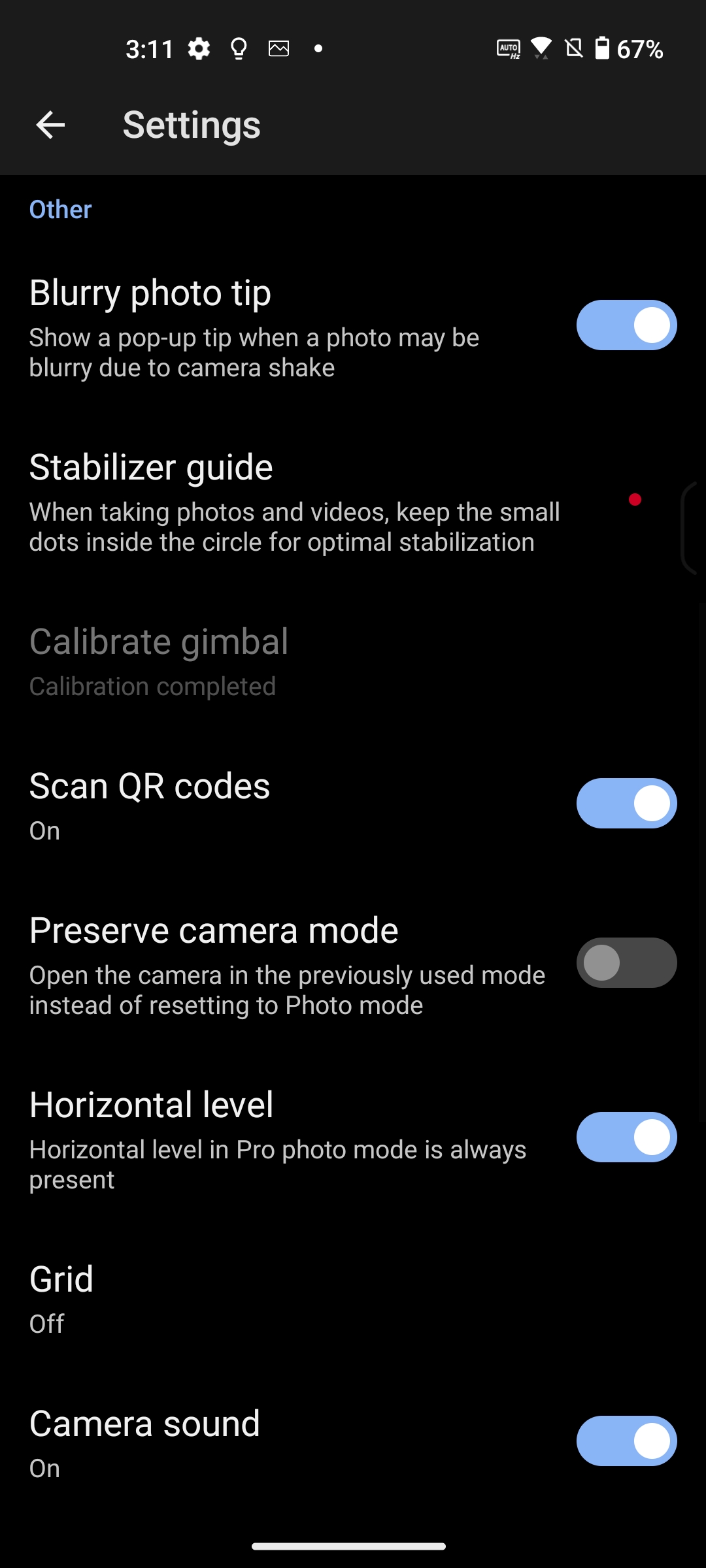
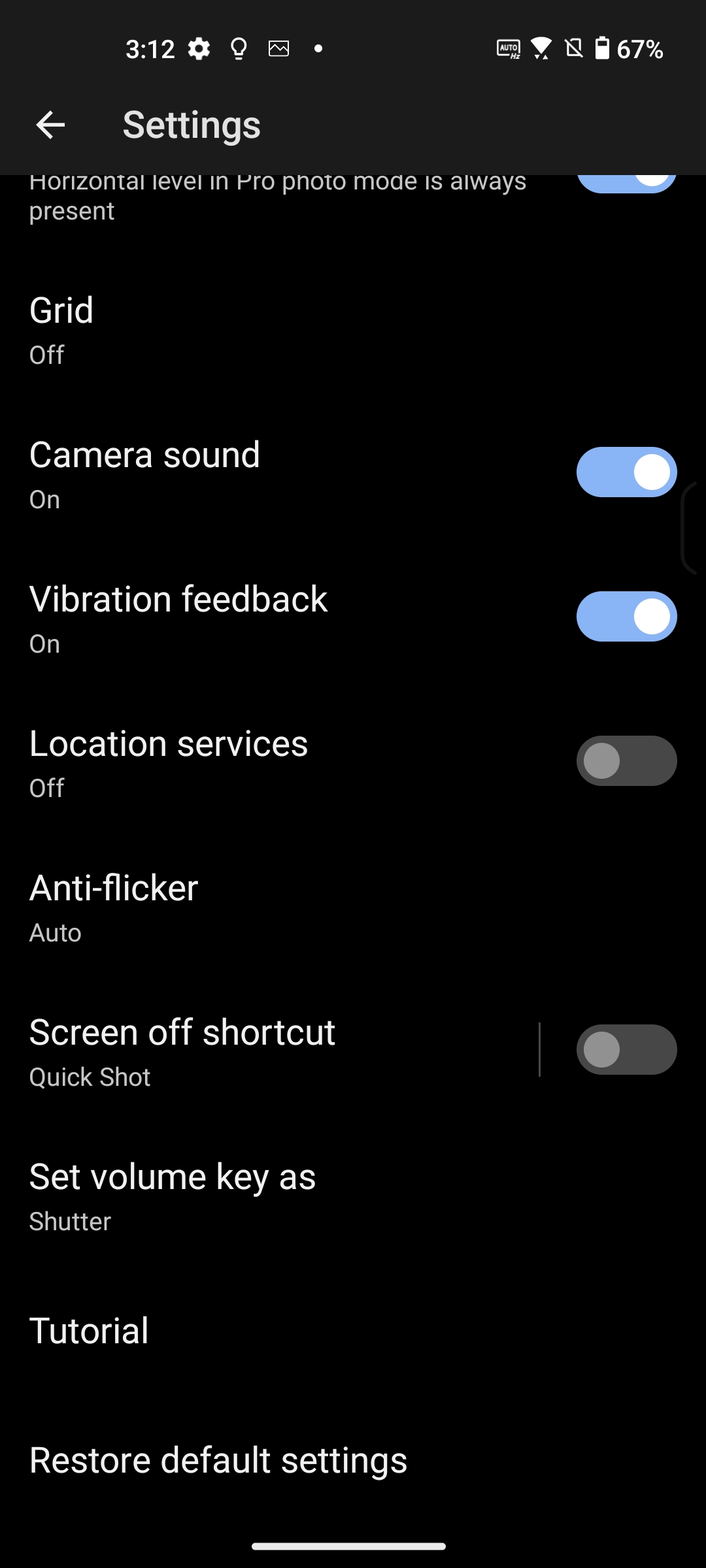
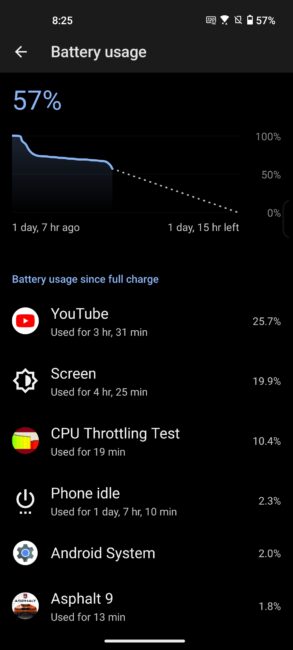
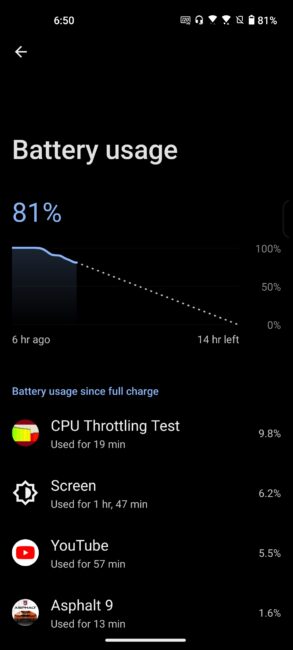
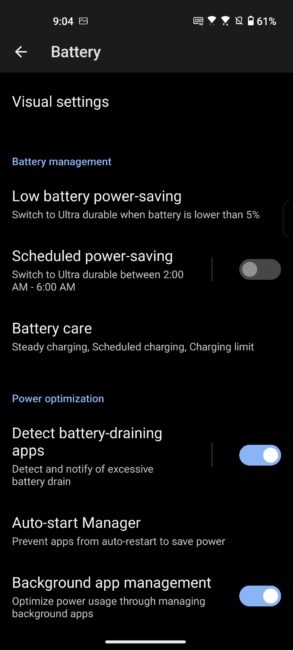
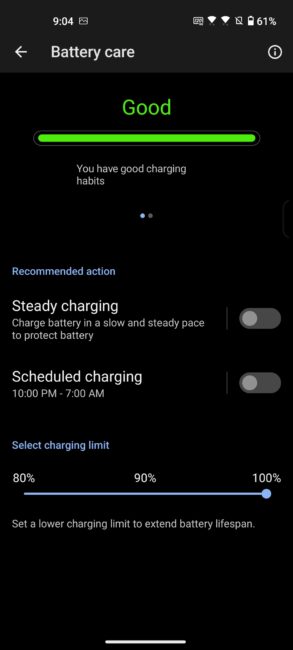
How I can purchase in India